

23 MUST-HAVE Items on your African Safari Packing List
- Updated on January 15, 2024
- No Comments

This post may contain affiliate links. If you click through and make a purchase, we may receive a commission (at no additional cost to you). As an Amazon Associate, we earn from qualifying purchases. Learn more about disclosures.
First trip to Africa? You’re in luck!
Having recently been on Safari in Tanzania, we can provide you with first-hand, reliable and up-to-date information on how to make your trip stress-free, with this ultimate African safari packing list.

Packing for your first safari can be a daunting task. It is not just about taking the essentials, but also understanding what to expect from this new and exciting experience.
Most people don’t realize that African safaris are not just limited to a few hours in the wild.
You need to be prepared for lots of travel, long drives, and a great deal of time outdoors.
If you want to know exactly what to take and the practical reasons WHY you need them, then you’ll find this safari packing list incredibly helpful!

Safari Clothing Essentials
The following list of safari clothing is based on the assumption that you will be sat in a vehicle for the majority of the day, which makes your safari packing list a tad easier.
Note: We are all for sustainable travel and find no need to splurge on expensive safari gear that will only be used once!
Tips for Safari Clothes Packing
- Material Choose clothing that is easy to pack, dries quickly, and wicks moisture away from the skin. Man-made fabrics (such as polyimide) perform better than natural fabrics (such as cotton) and keep you cooler.
- Laundry Services Laundry services are generally available at camps and lodges, so only pack what you need as luggage space is precious.
- Wear Earth Tones The African Tsetse fly is ferocious and is attracted to dark blue and black colors. With bites similar to horseflies, they can and will make your trip a living nightmare! Choose khaki green and brown colors where possible. It’s best to avoid pale colors as you will get rather dusty and dirty during the day!
- Organize Your Clothing Organizing your safari clothing makes life so much easier, particularly if you have onward travel to another destination. Use packing cubes to place your safari clothes on the top for easier access and less mess.
Read More: Riu Palace Resort Zanzibar – Our Honest Review
Clothing for your African Safari Packing List:
1. safari shirt.

If there is one thing worth investing in, it is a proper safari shirt. We were the only ones in our camp that didn’t get bitten to bits by those relentless tsetse flies!
Tsetse flies can bite through thin or penetrable fabric, and a quality safari shirt will prevent them from doing so.
The best safari shirts will have built-in anti-insect treatment.
You can thank us later…!
2. T-Shirts
Layering is key to keeping warm and/or cool. Wearing t-shirts (under your shirt) also means you only need to fork out on the one expensive safari shirt.
3. Boots or Shoes
You don’t need specific safari boots or shoes and you certainly don’t need to spend a fortune on them. As you’ll be in the vehicle all day, a sturdy pair that you can wear with socks (that you can tuck your pants into) will do just fine.
When you’re walking around camp you won’t want to wear open-toe sandals, especially once you’ve seen all the sunspiders scattering around! Eeeek!
4. Safari Hat

Don’t forget your safari hat! You want full coverage – preferably one with a large brim that keeps your face and neck in the shade. Even with a pop-up roof, the sun will still manage to beat down on you, and it’s one heck of a sun!
Tip: Make sure your safari hat fits you snugly or has a neck cord – your rides will pick up speed and you don’t want to lose it with an unexpected gust of wind!
We love this packable safari hat that always bounces back to life (in featured photo).
5. Safari Pants
Long, lightweight, and enough to cover up those legs but not too hot or bulky. You’ll be sitting for a large proportion of the day so they’ll need to be comfortable.
You probably won’t want to wear shorts after you’ve encountered those tsetse flies.
Read More: The Lodge in Ngorongoro that has Spectacular Views
Lightweight, comfortable, and preferably water-resistant. Early starts can get chilly, so don’t be fooled – even if you’re the hardiest of people!
African Safari Packing List Essentials
7. soft-sided luggage.

If you’re traveling on bush flights you’ll be limited to 15kg on your luggage, plus you’ll need a soft bag (no hard suitcases allowed) that can be stuffed onto small planes. A duffel bag is an essential item to get your safari packing list going!
8. Packing Cubes

If you’ve never used them before, you’re in for a treat! Packing cubes made life so much easier on safari!
These provide the perfect way to organize your clothes and toiletries. Plus, you’ll be able to quickly see what’s in them which makes it easy when you’re looking for something specific without having to unpack everything. A total game-changer for organized travel!
Note: Plastic bags are now banned in many African countries and will be confiscated at airports. Sealable silicone bags are a perfect alternative for your leaky toiletries.
9. Universal Travel Adapter

Be sure to bring the correct travel adapters for Africa so you can charge your essential batteries. There are two types of outlets, European and British – this universal travel adapter will have you covered in any eventuality!
10. Insect Repellent
It’s important to keep biting insects away from you, both during the day and at night. They can carry dangerous diseases such as malaria, so don’t be tempted to leave this out.
The best type to use is one that can be sprayed over clothing. I know this may sound peculiar, but that’s what they all do in the bush!
Choose a natural repellant that does not damage clothing – this is the insect repellent we used and our safari guides absolutely loved it!
11. Tiger Balm

African tsetse flies have a nasty bite on them. This tiger balm will help take the edge off any itchy or swollen skin and should not be missed off your safari packing list. We first discovered this in Thailand and it’s by far the best relief for insect bites
12. First Aid Kit
Remember that you’re a while away from any emergency medical care. A simple first aid kit can take the stress out of any minor accidents along the way. Plus, you won’t have to rely on calling the staff to your tent at night if you have your own kit.
13. Sunscreen
Being so close to the equator means that you’re going to be exposed to a lot of UV radiation. Pack sunscreen and wear it when outdoors, even when you think you don’t need it.
On our first day, we thought the pop-up roof in our vehicle would provide enough protection from the sun – we were very wrong!
Read More: How we found The Best Safari Tour Guides in Tanzania
14. Sunglasses
UV protection is essential in Africa! Protecting yourself from intense sunlight will make your safari experience so much more comfortable. If you want to avoid squinting all day, then sunglasses are a must!
15. Flashlight

It gets pretty dark at night when you’re in an environment with zero light pollution. Most camps should provide you with a flashlight, but we would always err on the side of caution and have one handy.
16. Mosquito Net
It goes without saying that tented camps will lack any air-conditioning that ordinarily keeps mosquitos at bay! Check if your accommodation provides mosquito nets around beds before you book, if not – take one with you.
17. Power Bank

A power bank is essential if you’re on safari for more than a day. It’s always handy to have an external charger that can work anywhere in Africa.
Most safari vehicles will have USB ports that can be used with charging cables, but if you’re staying in tented camps then I wouldn’t rely on charging anything too quickly!
18. Selfie Stick
Wait, I know what you’re thinking… selfie sticks are soooo NOT on-trend!
But when you’re up close to a pack of lions feasting, or that cheetah that’s slowly walking behind your vehicle, you’ll be incredibly pleased you had something that could reach around to capture the all-important moment (rather than hanging your arms out of the jeep!)
19. Anti-Diarrhea Tablets
Being on the go in Africa can result in some stomach upset, so it’s best to have a supply of anti-diarrhea tablets with you. The last thing you need is for your bucket list safari trip to be ruined because you can’t part with the bathroom!
20. Binoculars

Check whether your safari vehicle provides a sufficient number of binoculars for all travelers.
If not, you might want to bring your own as there’s nothing quite like hurrying up the person next to you so you can cop a look at the action!
21. Microfibre Towel

These smart microfibre towels are light and packable for when you’re not staying in a hotel. They dry quickly too and won’t cause a stench when you’re on the go!
22. Toilet Paper/Wipes
Depending on your safari destination, there may not be any bathrooms within a 2-hour radius, so be prepared by packing toilet paper/wipes and hand sanitizer! These are absolutely essential items for your safari packing list!
23. Anti-Malaria Tablets
There is a risk of malaria in most parts of Africa. Speak with your travel clinic about the pros and cons of taking anti-malarial tablets, sometimes the side effects can be off-putting if you have existing medical conditions or a sensitive tummy.
You may decide that taking the tablets is not an option and therefore need to re-evaluate whether an African safari is the right choice for you.
Read More: How Plan an Affordable Serengeti and Ngorongoro Safari
Other Handy Safari Packing Tips:
- Take sufficient cash You may be surprised to hear that there are no ATM machines out on safari! Make sure you bring enough cash for the duration of your safari for souvenirs, additional snacks, drinks at your camp/lodge, and tips for your safari guide
- Drones Drones are not allowed by any camps in East Africa due to the effects they have on wildlife (and also for security reasons)
- Hairdryers Hairdryers and other powerful appliances generally cannot be used if you’re staying in tented camps as electricity is scarce
- Avoid any military/camo clothing It’s a safari, not the SAS! Just kidding. The real reason to avoid military-style clothing is that it may land you into trouble in some territories, especially in Kenya. Governments are wary of anyone posing as a military officer and will question your intentions. A situation we would all just rather avoid!
READ: Zanzibar Travel During Covid-19 – What You Need To Know
Your Safari Packing List Covered!
Packing for a safari can be stressful, especially if you have no idea what to expect.
Hopefully this African safari packing list will help to make your experience as stress-free as possible, so that you can focus on making great memories instead!
You may also be interested in our post about Safari Anxiety: 19 Things That Freak People Out
Further Reads:
- Things People Worry About on Safari
- How to Save $$$ on an African Safari
- 9 Luxury Safari Tented Camps in Serengeti
Related Posts

African Safari Anxiety: 19 Things People Worry About!

Riu Palace Zanzibar Review: Best All-Round Luxury Hotel

Roy Safaris Review: Best Tour Operator in Tanzania?

11 Smart Tips: How to do Affordable Luxury Travel
Luxurious destinations are little to do with how much they cost and everything to do with how they make us feel – long after the journey ends. That’s the essence of Roaming in Luxury. We’re a group of people who have mastered the art of LuxVenturing – a blend of adventure and affordable luxury travel. Our aim is to share our insights, resources, and stories, so you can focus on crafting the best, most affordable luxury experiences on your own travels. Read more about us…

Leave a Comment Cancel Reply
Your email address will not be published. Required fields are marked *
Remember Me
Become a Luxventurer with us!
Don’t miss out on the thrill of luxury adventure! Sign up for our newsletter and get insider tips, exciting destinations, and inspiration for your next luxurious adventure, all delivered straight to your inbox.

Quick Links
- Cookie Policy
- Privacy Policy
- Terms of Service
Search the site
Copyright © 2024 Roaming in Luxury | All Rights Reserved

Unlock the Secrets of Affordable Luxury Travel!
Are you an adventurer with a taste for comfort? Join our newsletter and receive weekly tips on experiencing luxurious destinations without breaking the bank.
Free US Shipping $50+ | Free Returns
Subscribe & Save 15%
Back In Stock | The Body Lotion 400 ml
When you subscribe to our membership you gain access to the very best of Nécessaire.
Benefits: 15% Off Every Subscription Order
Free Shipping - Every Order Ships Expedited (US)
Flexible Subscription - Cancel or Change Anytime
Back In Stock. The Body Lotion 400 ml With Pump.
By Category
By Signature Scent
- Fragrance-Free
By Signature Active
- Hyaluronic Acid
- Niacinamide
- Resveratrol
- At-A-Glance
Certifications
- Certified B Corp
- 1% For The Planet
- How2Recycle
- Subscription
The Body Serum Travel
Fragrance-Free / 50 ml
The Body Exfoliator Travel
Eucalyptus / 70 ml

The Body Wash 100 ml
Eucalyptus / 100ml
This item is out of stock. Add to the waitlist to be notified when back in stock.
Sign Up Now
Join our community to learn about the latest promotions and product releases.
I agree to the Nécessaire Terms of Service and Privacy Policy .

- Switzerland
- United Kingdom
- South Africa
- The Bahamas
- United States of America
- United Arab Emirates
- Safaris & Wildlife
- About & Contact
Safari Packing List: Our in-depth guide what to bring on a safari
From clothes to camera gear & first aid kit
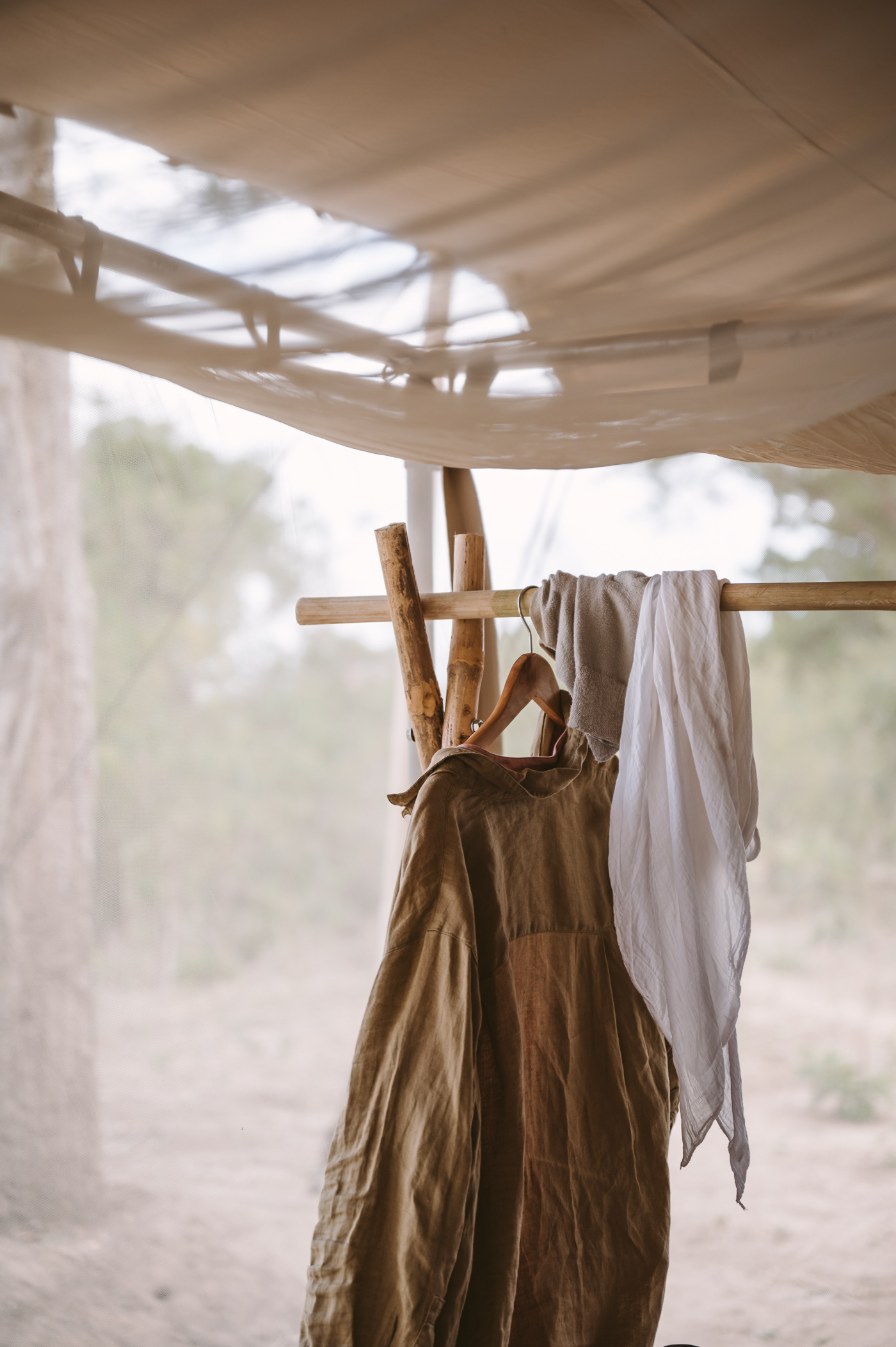
Many of you have been inquiring lately what we pack for a safari , which essentials to bring and what to leave at home. The main question is: What do you truly need on a safari? And how can you manage to abide by the 15-20kg bush plane luggage weight limit (and that’s the total weight – including your carry-on and personal items)!
So here’s our absolutely essential, proven-in-detail, fully explained safari packing list with everything you need on a safari plus all our tips what you really don’t need.
Disclaimer: This post is written by a woman , who often travels solo or with her husband and no kids. This packing list might look a bit different for a man or very different for a family with kids.
At the very end of this post you’ll find a FREE downloadable pdf packing list.
The clothes should be lightweight, durable and neutral coloured. And it’s all about layers!
Table of Contents
Safari packing list: Luggage
This is the first piece of advice: Unless you go on an ultra luxury safari without any weight or luggage limitations you should always bring luggage that works on bush planes , in open safari vehicles and on sandy paths in bush camps. So in essence: no hard case trolleys.
Instead it’s recommended to opt for duffle bags as they can easily be stowed – no matter if you travel by Mokoro boat or on a helicopter. As a bonus if they’re well made they have really durable zippers and close well so no sand and dust can get into your bag. My luggage usually consists of:
- 1 x North Face duffle bag large (weighing about 10kg when fully packed, check-in luggage on long haul flights)
- 1 x North Face duffle bag small (weighing about 5kg when fully packed, carry on luggage on long haul flights – this is mostly for my camera gear, which is stowed in separate camera inlets inside the duffle bag. Usually there’s some extra space in this bag for souvenirs…)
- 1 x small waterproof backpack (personal item, mostly for my travel documents and laptop)
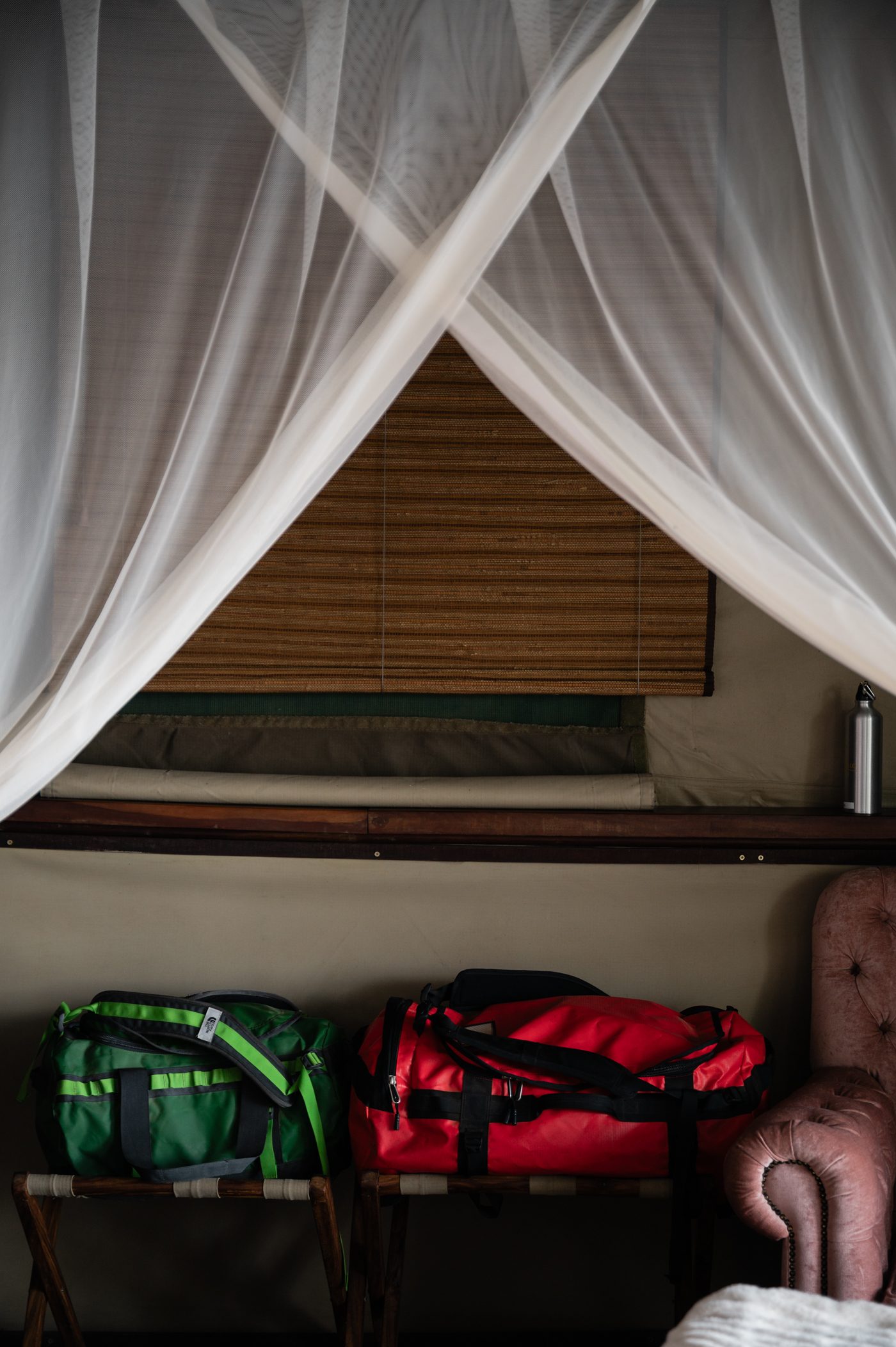
Safari packing list: Clothes
It’s important to note a few things before we jump into the details of my garment packing list:
- It doesn’t matter if my safari is 5 days or 3 weeks – I would always pack the same amount of clothes.
- Camps and lodges in the bush offer complimentary laundry services for everything except for your delicates (exceptions apply, but generally this is the rule).
- This means you essentially need 2-3 sets of clothes, because laundry can sometimes take 2-3 days to return (they might be hand washed and dried outside in many camps in lack of washing machines).
- The only item where I pack supply for more days is underwear, although most camps offer laundry detergent and so you can always wash your delicates yourself by hand when in need.
My friend & travel buddy Kady is wearing our trusted Palladium boots here. And for cold mornings you should always bring a lightweight insulated jacket.
These are the garments i bring:.
- 1x lightweight insulated jacket (this is essential when travelling in the dry season = winter in many South African destinations, it gets cold at night!)
- 1x thin scarf (I use this to protect my neck from wind and sunburn)
- 1x thick scarf (this is a personal preference, but I love it and use it as pillow on planes and for very cold morning and evening game drives)
- 1x Long Cargo Pants (mine are relatively thin and are tapered at the ankles to avoid any insects to crawl in – this is only essential for walking safaris, not for game drives)
- 3x leggings (these are my go to “pants” on game drives – comfortable, easy to wear and wash, dry quickly. The only downside is that Tse Tse flies can bite you through those, but they literally bite through down jackets as well…)
- 2x long sleeve linen shirts (I wear these over sleeveless tops on warm days and just around camp for lunch etc.)
- 5x pairs of socks (high enough so you can put them over your tapered long pants to avoid ants to crawl into your pants)
- 2x long sleeve wool under layers (I usually bring quick dry wool long sleeves on winter safaris to layer in the mornings and evenings)
- 2x short sleeve / sleeveless T-Shirts
- 1x pair of Sunglasses
- 2x hooded sweaters (one jersey and one cashmere hooded sweater – layered over the long sleeve shirts these are perfect for the chilly mornings and the hoodie helps me spare packing a wool beanie)
- 7x underwear
- 2x pyjamas (again, it gets cold at night and if you sleep in a tent or even a regular safari camp you’ll want to wear a pyjama. I bring 2, so one can be washed once in a while.)
- 1x pair of Palladium ankle high light linen boots (these are the perfect safari shoes for me. I wear them on cold days, for walking safaris, hiking, etc. – everywhere except for the rainforest)
- Alternatively: 1x pair of waterproof ankle high hiking boots (if I go on safari in Central Africa – think gorilla or chimp trekking and moist rainforest conditions)
- 1x pair of Birkenstock sandals (I use the Arizona Eva model, which is 100% plastic and therefore can be easily washed and doubles as my showering and outdoor bathroom shoes)
- 1x safari hat with a wide brim (to protect your face and neck – especially for boat or canoe safaris!)
- 1x basecap (for walking safaris)
- Sometimes: 1x swimsuit (if I check into a lodge with a pool or combine my safari with a beach stay)
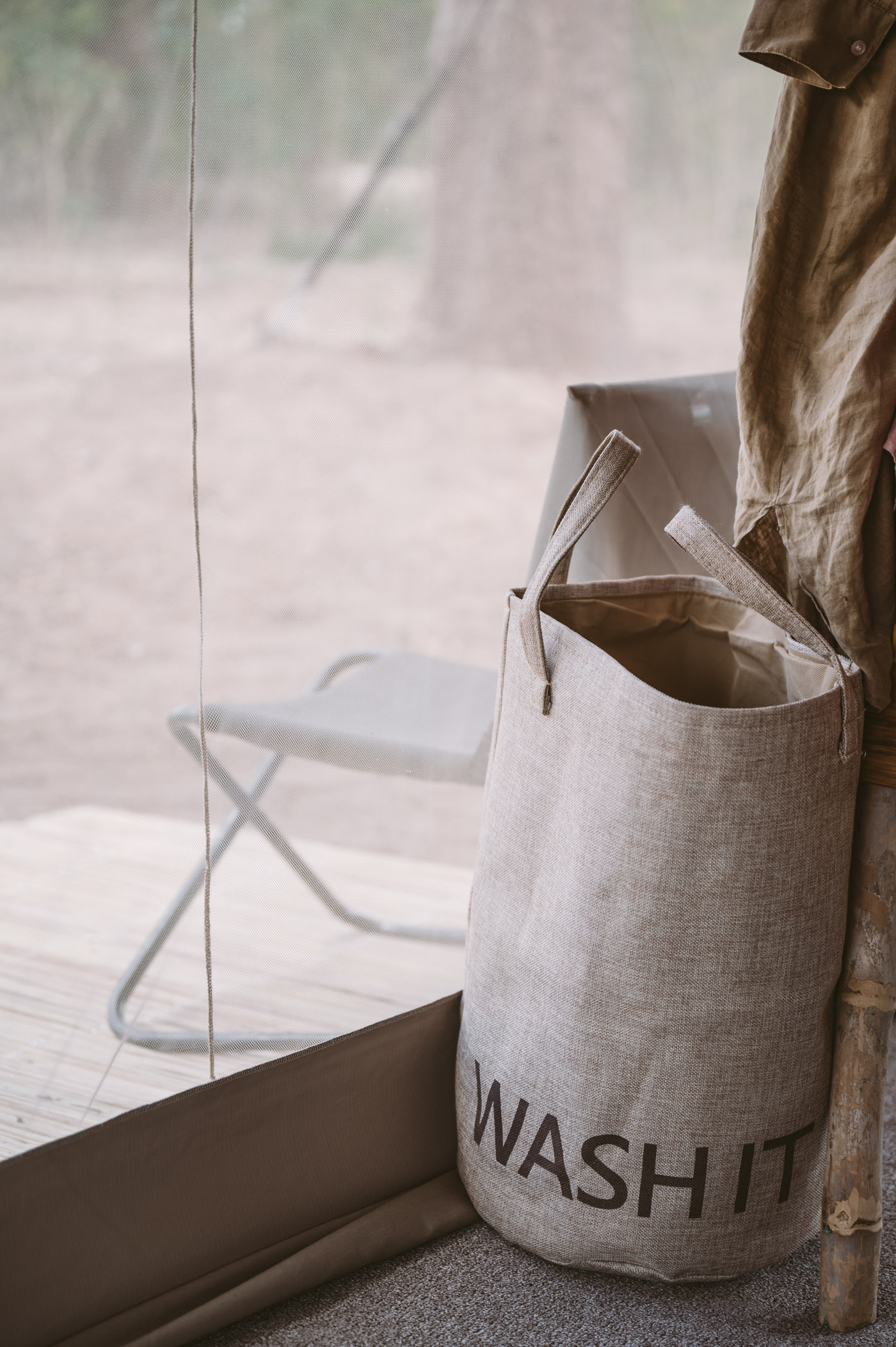
During the days it usually gets warm enough for linen shirts and t-shirts – even in winter.
Layering is essential on a safari – when we left in the morning we needed a jacket, on the plane we used them as pillows and when we landed it was warm enough for t-shirts and linen shirts., safari packing list: toiletries.
A short disclaimer here: I generally wear very little to no make-up, so this might read almost like a men’s toiletry bag. Of course you can add a few items if you prefer to have some glam in the bush . My experience is: You’ll be comfortable with less and less every day 🙂
Also it’s important to know that there’s countries that forbid the use of single use plastics (so think about this when you pack cotton swabs, floss picks, contact lenses, etc.). Everything that is packaged in single use plastics should be avoided if possible. I’ve listed a few alternative products below.
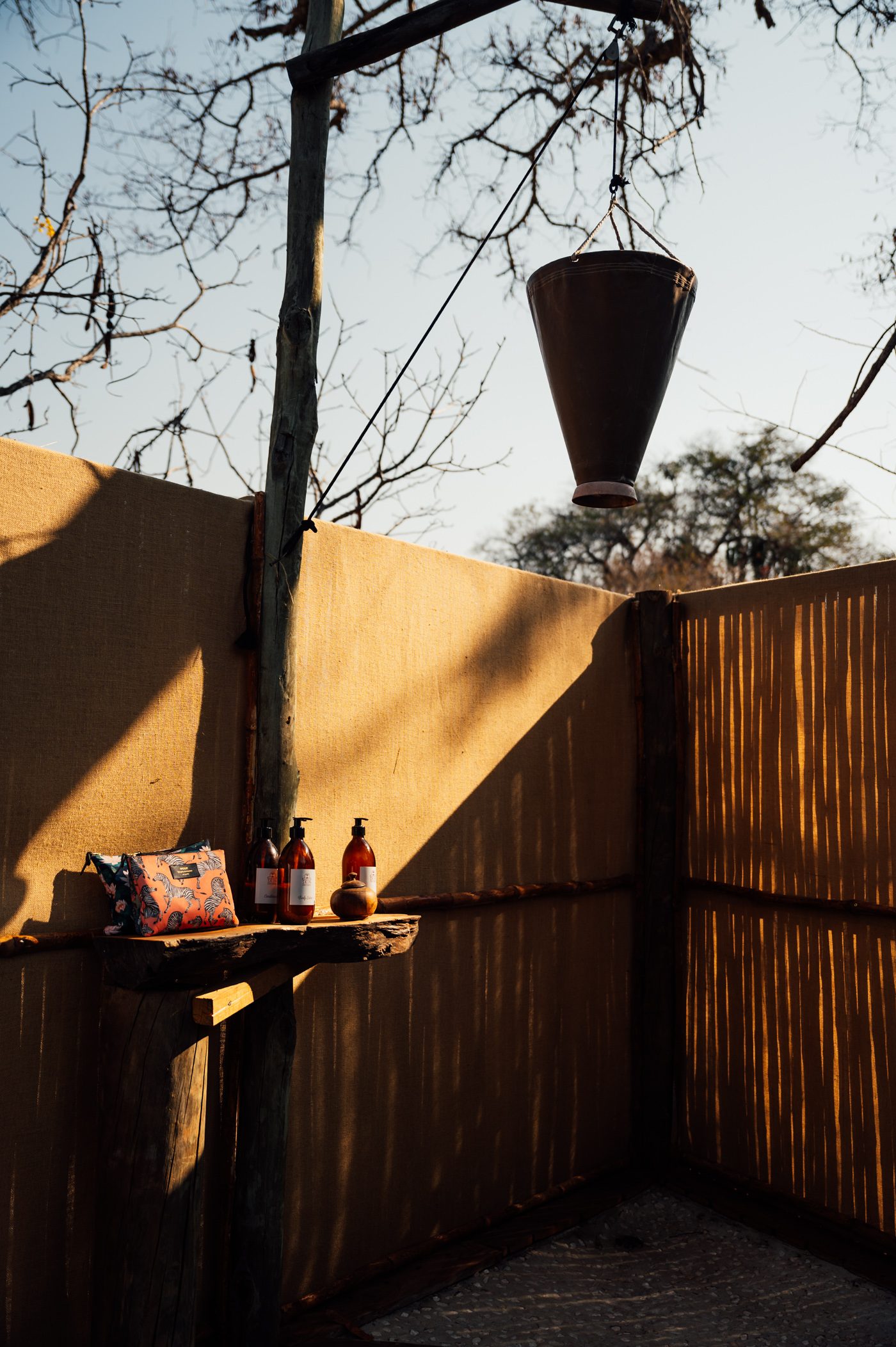
What’s in my safari toiletry bag:
- Sunscreen with SPF50 (try to bring environmentally friendly products, as your waste water will remain in the bush)
- Face Cleanser (this is one of my luxury products, but I can’t go to sleep without a proper face clean, even in the bush)
- Antioxidant (I’m trying to avoid sun damage to my facial skin, so this is also an essential for my face care routine)
- Tooth Brush (I even bring my electrical tooth brush, but that’s a very personal choice – since I travel so much I don’t want to compromise on my routine here)
- Deodorant (without perfume! You should never wear perfume on a safari, as animals have a very sensitive sense of smell and any unnatural scent can deter wildlife.)
- Tampons or your preferred feminine hygiene product (again: these will remain in the trash in the bush camps, so I use biodegradable organic cotton products. Personally I wouldn’t bring a menstrual cup on a safari as access to fresh water might be limited during the day when you’re out in the field, etc.)
- Biodegradable (!) dental floss (I use floss picks made from bamboo)
- Reusable ear swabs (I bought a washable one, that I use on safaris – it’s not perfect, but better than creating unnecessary waste.)
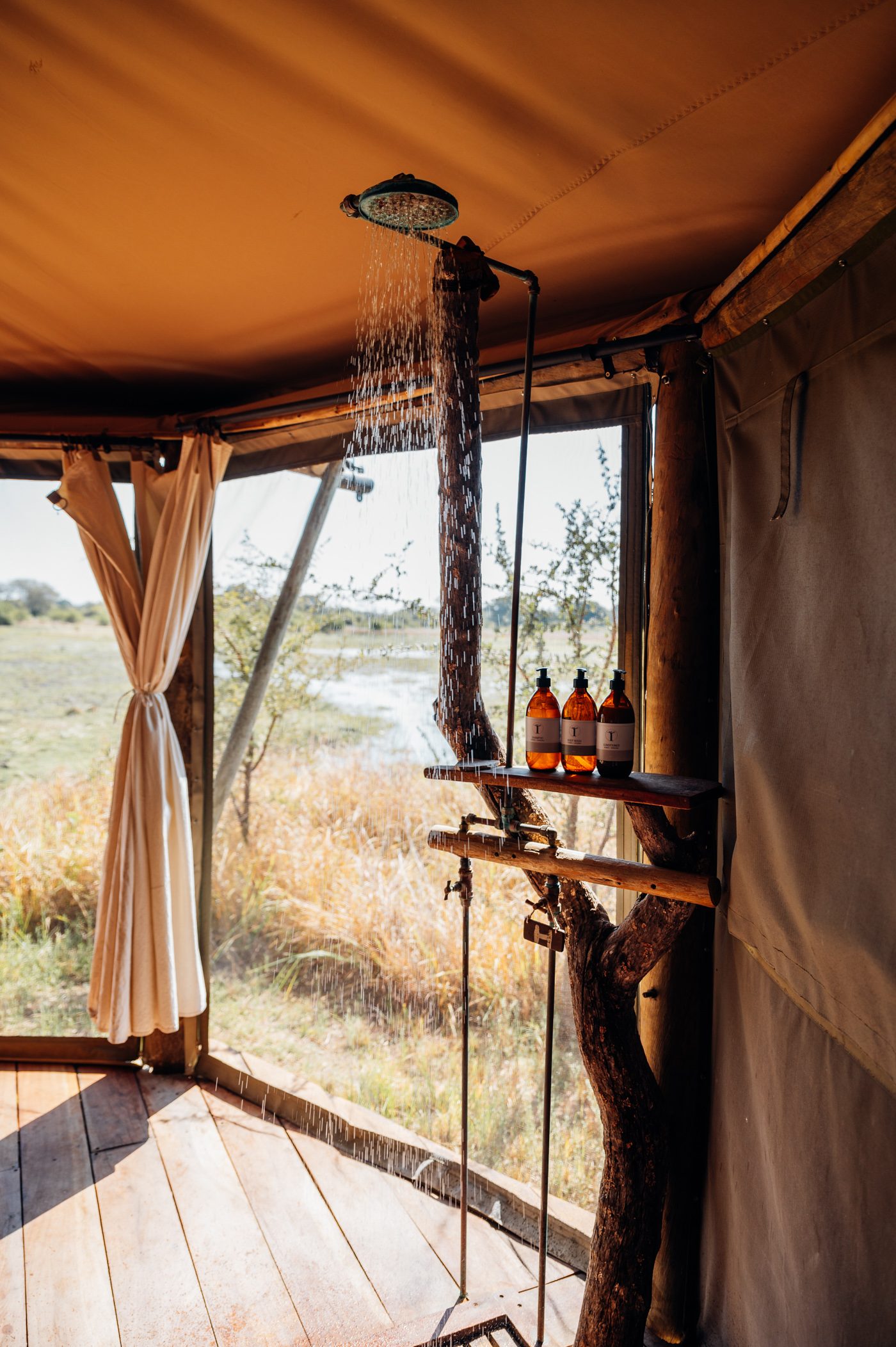
Toiletries that you don’t need to bring:
- Shampoo, conditioner, shower gel, body lotion! All of these are provided in the camps (and they will make sure the products are biodegradable and do not damage the soil or create toxic waste water).
- Towels: Camps and lodges always provide fresh towels. Unless you’ll go camping individually or stay in rooftop tents etc., then I would recommend quick dry travel towels.
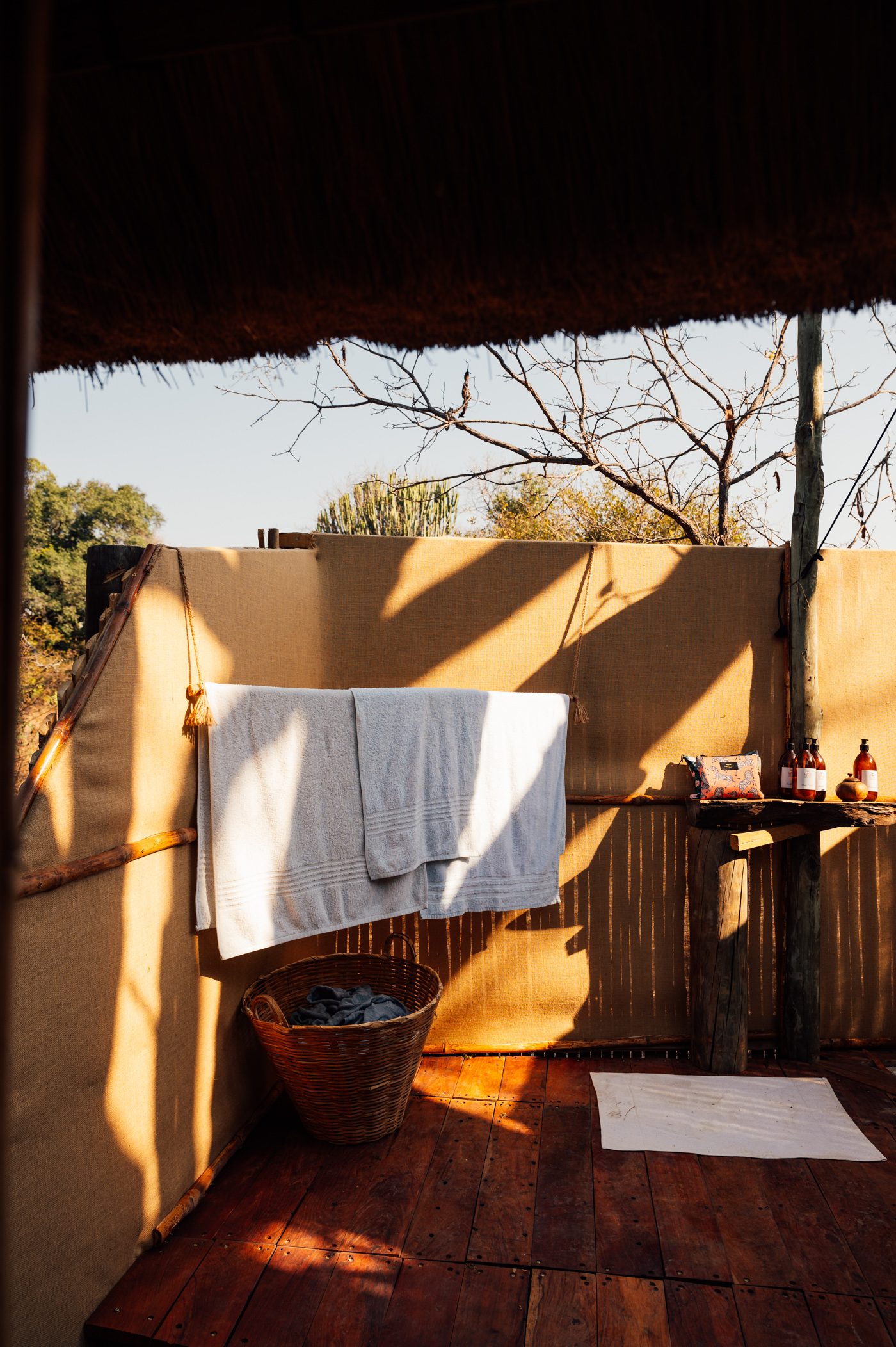
Safari packing list: Camera & Equipment
This is a special section for the photography enthusiasts among you. As a professional travel photographer I bring quite an extensive amount of equipment, but I still bring a lot less than the “real” wildlife photographers. Their luggage almost exclusively consists of camera equipment.
The main difference is that I rely mostly on zoom lenses , to keep the camera equipment down to a minimum. Wildlife photographers often bring prime lenses and then you need a lot more than me 🙂
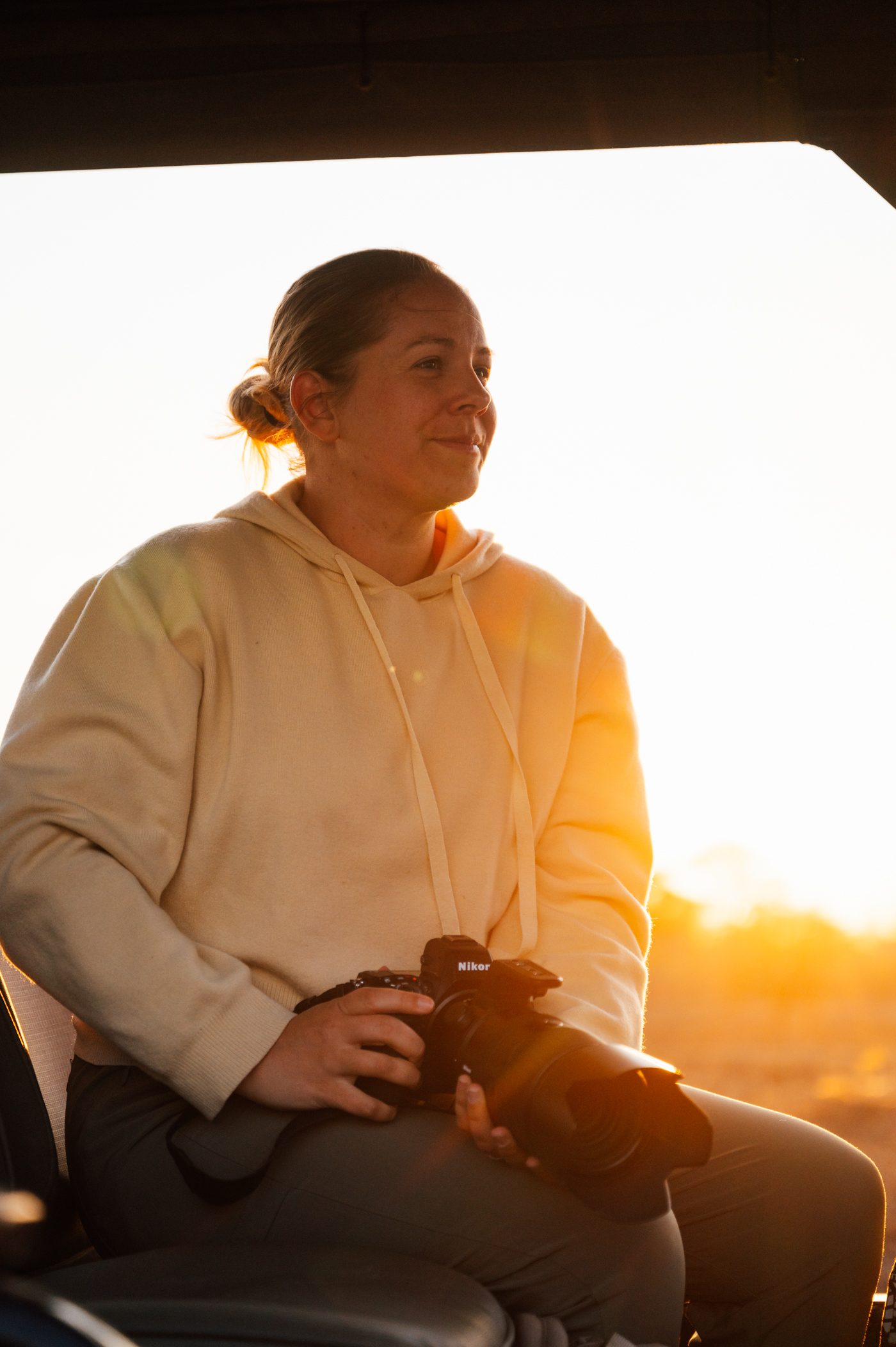
Here’s what I bring to take photos and videos (and work):
- Nikon Z8 (my primary camera)
- Nikon Z6II (my secondary camera)
- NIKKOR Z 100-400mm 4.5-5.6 lens (for wildlife shots)
- NIKKOR Z 24-70mm 2.8 lens (for landscapes, portraits, travel shots)
- 5x camera batteries (some days you might not be able to charge. Remember many safari camps don’t have power outlets in the rooms, but only at the main tent – so it’s always a bit of logistics to charge equipment.)
- 3x extra memory cards (it gets very technical here, but I bring one very fast ultra professional card for each camera with 512GB and the extra cards are all smaller. On my last safari I shot 500GB worth of photos and videos in a few days.)
- 3x 1TB SSD hard drives (this is to make sure I can create duplicate back-ups during the trip.)
- 2x camera battery charger (to charge 2 batteries at once)
- Laptop + charger (this is only necessary for my photo back-ups and editing sessions. If I weren’t a photographer I would probably leave my laptop at home on a safari, there’s often no internet anyways.)
- Mobile phone + 2 charger cables (1x regular cable for regular power outlets and 1x “old” USB cable for planes and safari vehicles)
- 1x power adapter (these are heavy and bulky, so you can also check with the camps you’re staying at if they provide adapters or if – like in Zambia – they had multiple different types of sockets for all sorts of chargers.)
- 1x multi-outlet power strip (I still bring one of those with at least 3 sockets, so I can charge more devices if there’s only one outlet available)
- 1x battery pack (this is to charge my phone or laptop when there’s no power available for whatever reason – we had fly-camps that relied 100% on solar and then 3 overcast days = no power. So it’s the ultimate backup, but only necessary, because I do need to work on these trips.)
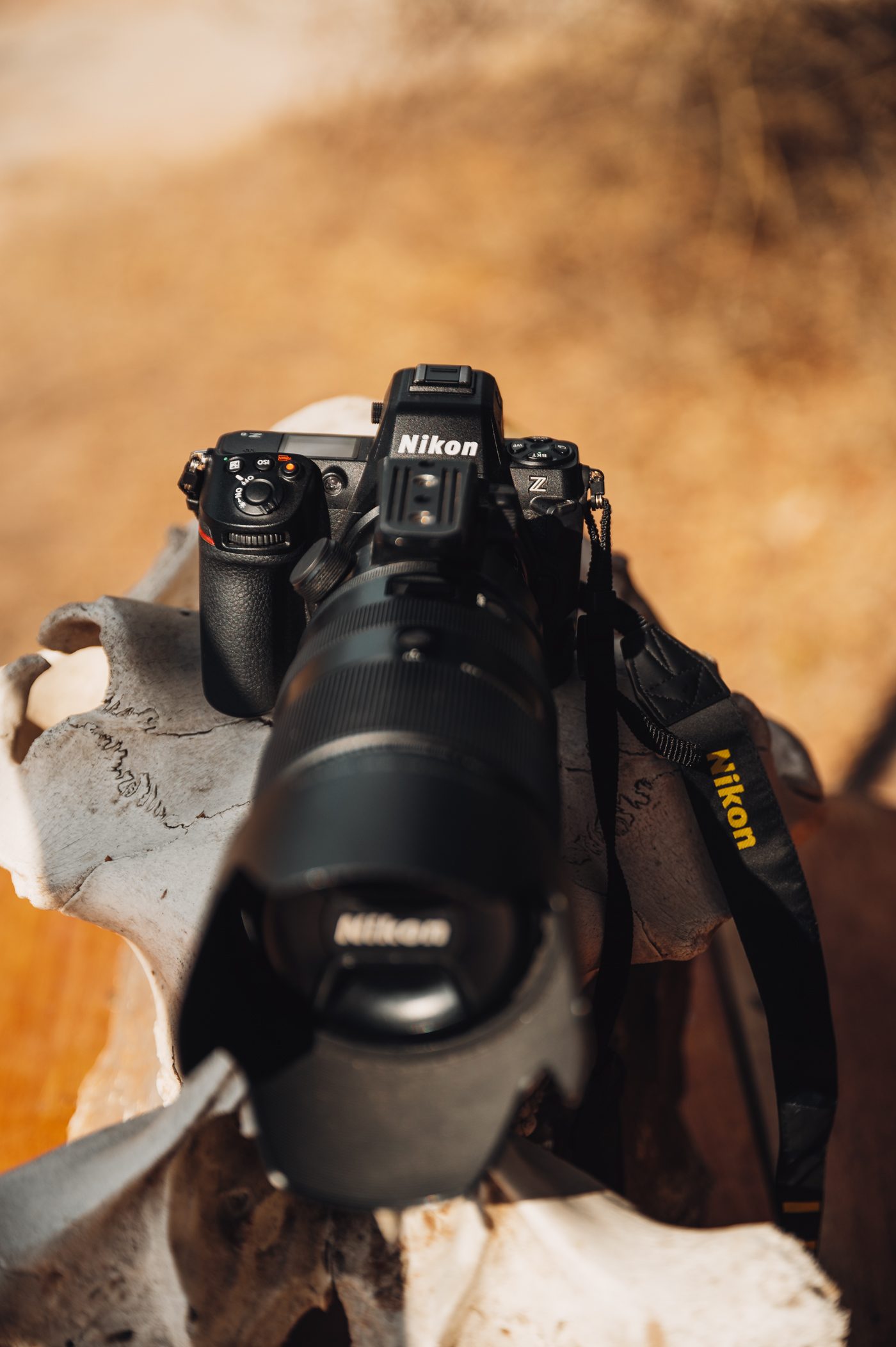
Safari packing list: First-aid kit
This is a delicate one, as I’m no medical expert, so please don’t take this list and rely on it 100%, but consult your doctor before your trip. Also each location within Africa has different preconditions when it comes to tropical diseases, etc. – so these recommendations are to be taken with caution.
- Malaria medication (Malarone or similar. Please consult your doctor about the options when it comes to standby vs. prophylactic intake of malaria medication.)
- Clinical thermometer
- Antihistamine (I sometimes react to insect bites)
- Wound Disinfection
- Blister Pads (if you go on many walking safaris)
- Gauze bandages
- Disinfectant Spray
What I didn’t pack on my last trip was any regular flu medication and of course I caught a cold… my travel buddy Kady luckily had pastils against sore throat, nose spray and the likes. So you might want to add these to your list!
What you you don’t need to bring:
- Mosquito repellent (with a high DEET content)
- Insect repellants are usually provided by each camp. Often they even have two different types – one for your skin and one for your clothes. Also they provide the local products, that often work much better than what you can bring from your home country.
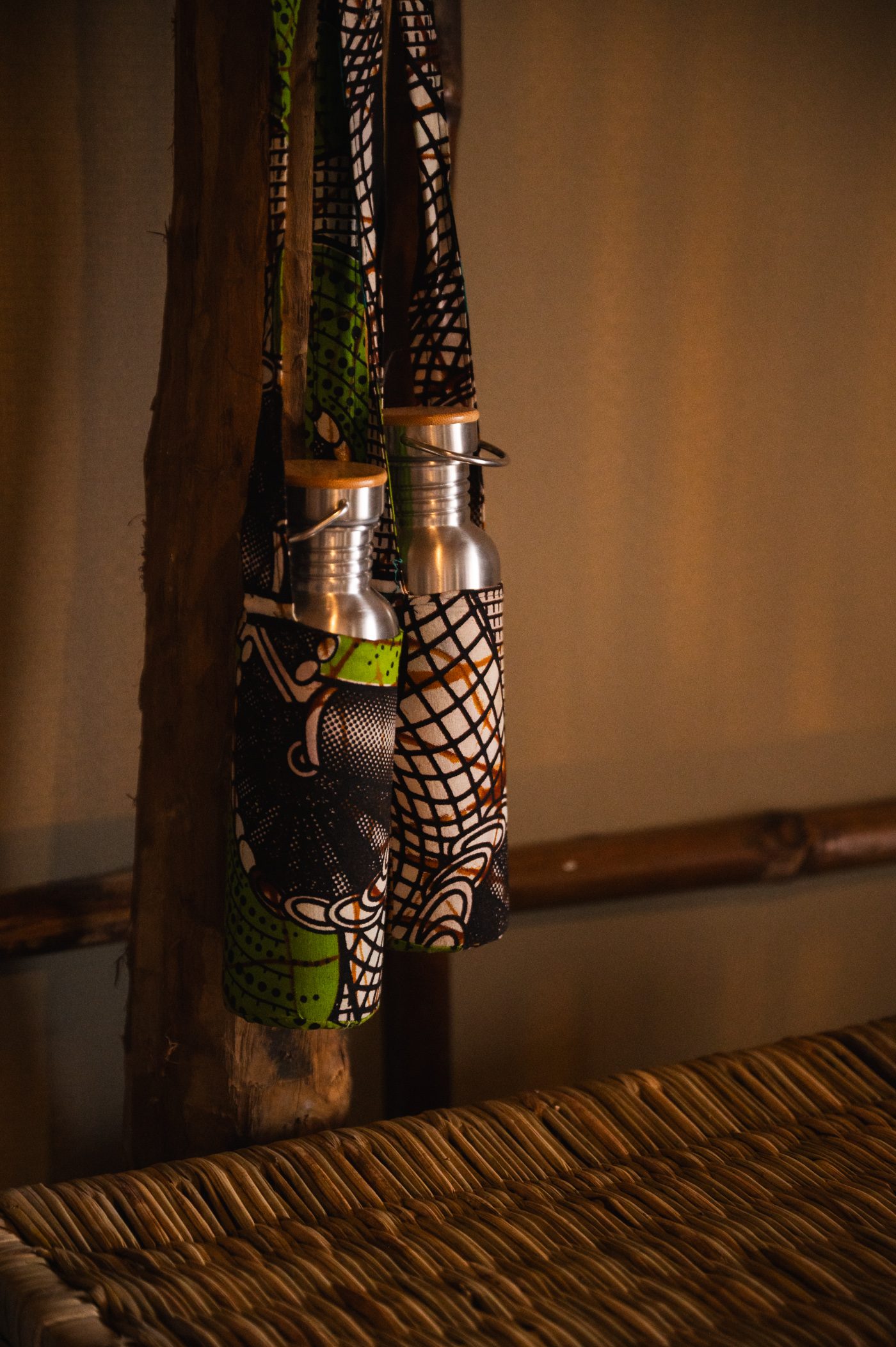
Safari packing list: Miscellaneous
Lastly here are few miscalleaneous items that are quite essential for any trip.
- Wallet with credit card, debit card, insurance card, etc.
- US Dollars (even when travelling from Europe I usually exchange US dollars ahead of the trip as those are accepted in every country. Make sure the bills are not torn or old or anything scribbled on them. Locals will only accept dollar notes in good condition as otherwise the banks will not exchange to their local currency. You can read more about my most important money tips for a safari here .)
- Vaccination card (you might have to provide proof of a yellow fever vaccination or a COVID vaccination – make sure to check the requirements for the destination you’re visiting).
What you you may or may not need to bring:
- Binoculars: I personally never bring binoculars, because I always look through the viewfinder of my camera with the long tele zoom lens instead. In many camps they also provide binoculars, either one pair per game drive vehicle or in more luxurious lodges there’s even a pair waiting for each guest in the room.
- Reusable water bottles: Even in more rustic fly camps these will be provided for the duration of the stay, but if you want to make sure to also have a water bottle ready for travel days, on airports, etc. you can bring your own.
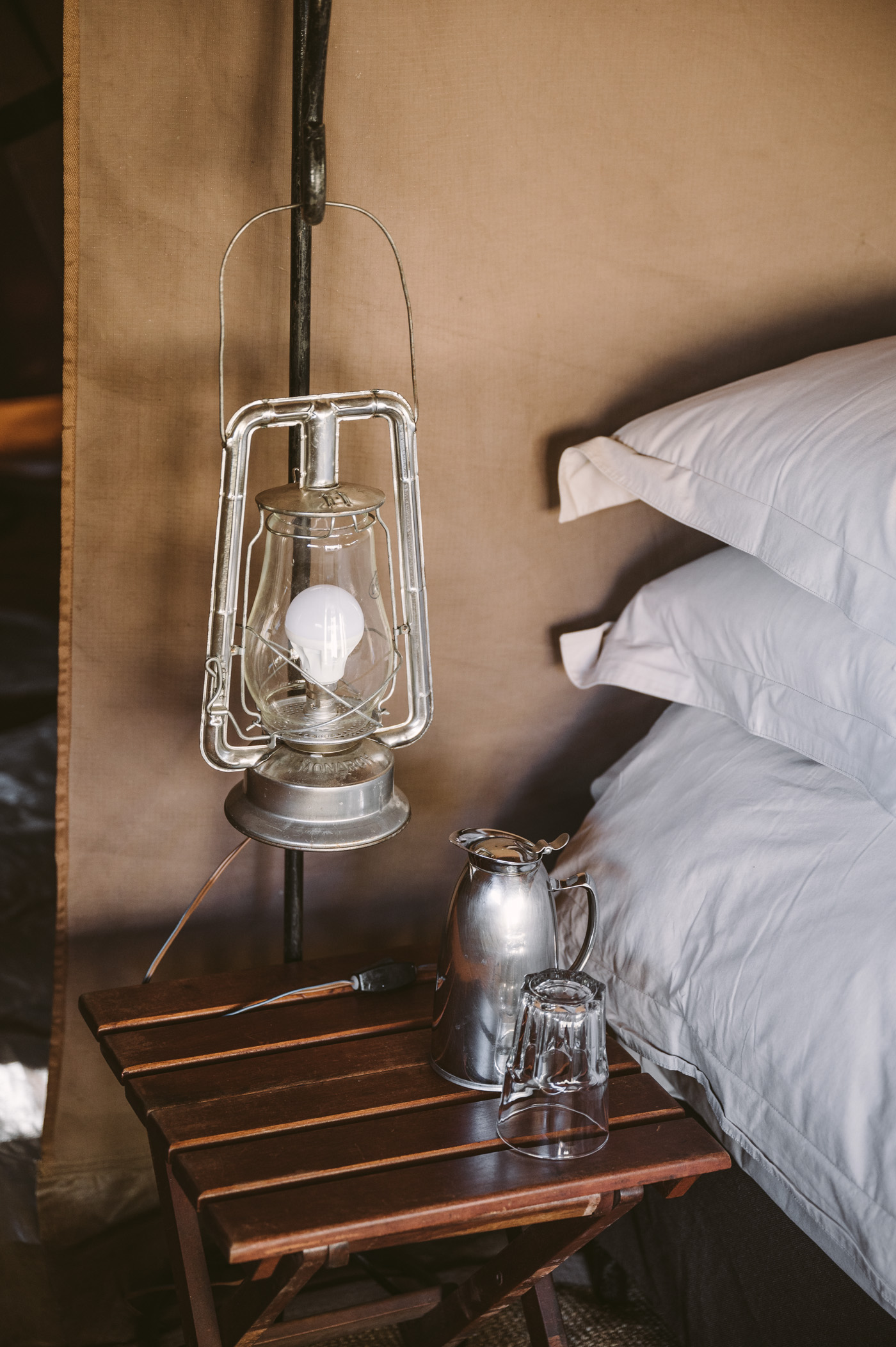
- Headlamp: Usually camps provide flashlights or lanterns for nightly toilet visits or trips to the main tent. In many camps you’re not allowed to walk outside of your tent alone at night (because they’re unfenced and wildlife will pass through). So a team member will always be there with a flashlight.
- Gators: I brought gators to Rwanda for the chimp trekking and used them once during a 2 week trip. So unless you plan on going jungle trekking regularly I think those are not really necessary.
If this blogpost was helpful, make sure to also check our guide for safari beginners !
Download your free safari packing list pdf here.
Or pin and save this post for later:
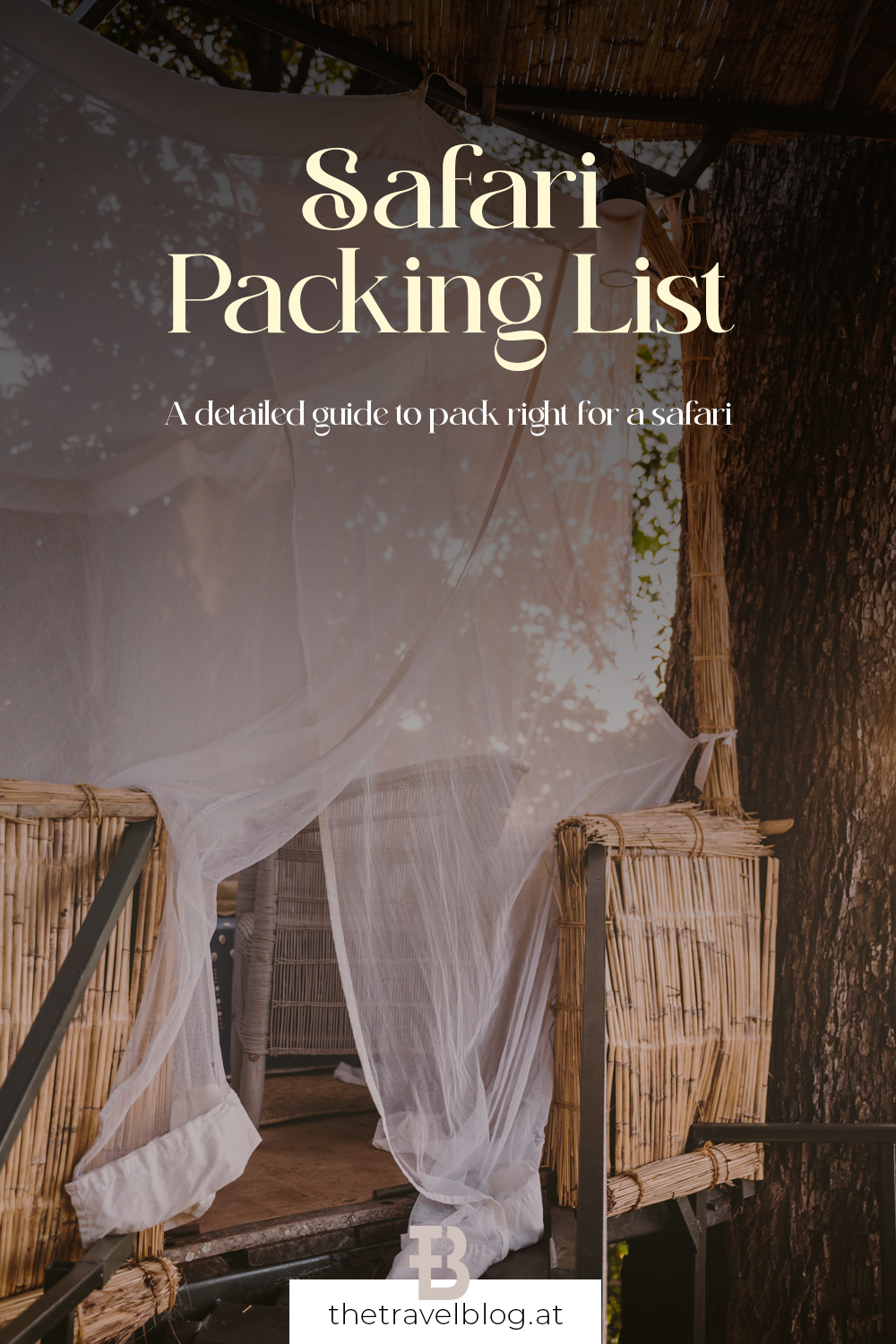
Safari packing list What camera for a safari What clothes for a safari What to bring on a safari what to pack for a safari
More Stories
From fly-camps to luxury lodges in botswana.
A trip powered by &Beyond (Advertisement)
High altitude hotels: Austria’s highest mountain retreats
White Christmas (almost) guaranteed
Privacy Overview
Finding the Universe
Travel tales, photography and a dash of humor
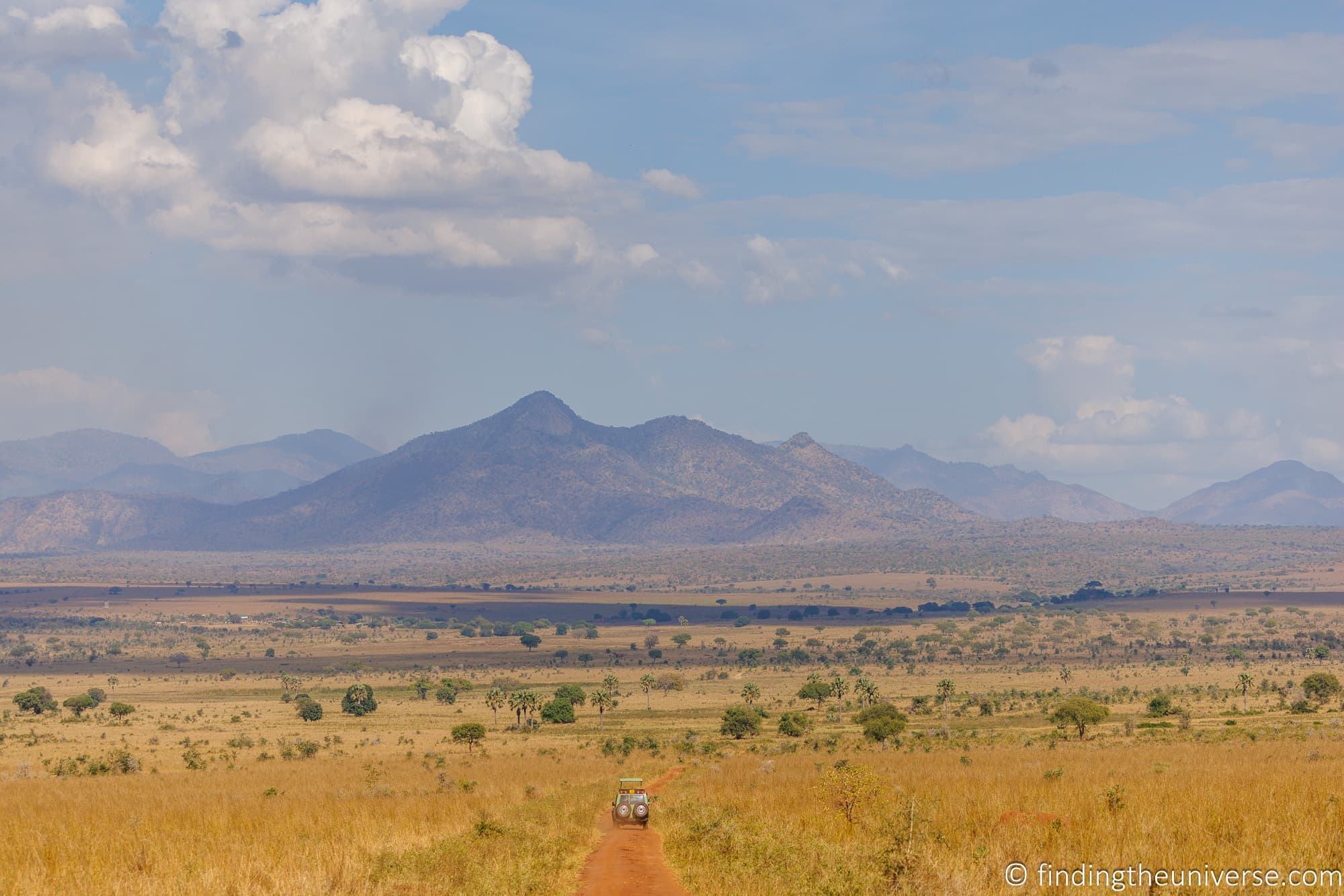
What to Pack for Safari – A Detailed Safari Packing List
Last updated: February 14, 2024 . Written by Laurence Norah - 4 Comments
So you’re going on safari. Awesome! We love safaris, and Jess and I have been lucky enough to take many safaris together. But now you might be wondering what to actually pack for safari.
Well, we’re here to help. We’ve taken safaris on a number of occasions in a variety of countries, including Kenya, Tanzania, Uganda, Namibia, South Africa, and Zimbabwe. From those trips, we’ve learned what items are essential for your safari packing list, and what you probably won’t need.
We’ll also share some tips on what to consider when packing and a detailed safari packing checklist for your reference.
What to Consider when Packing for Safari
Before you start putting your safari packing list together, you are going to need to know the answers to a few questions. These questions will help inform you as to what you need to pack.
There are many different types of safari across a range of destinations and accommodation types, so there is no “one size fits all” safari packing list.
Here are some questions that we think will help you figure out more clearly what you need to bring.
Where are you going?
The first question of course is where you are going on safari. Whilst many people will instantly think of the African continent when thinking of a safari trip, you can take a safari in destinations around the world.
Once you know where you are going, then you can start to research the answers to some of the other questions that are important to your safari trip planning.
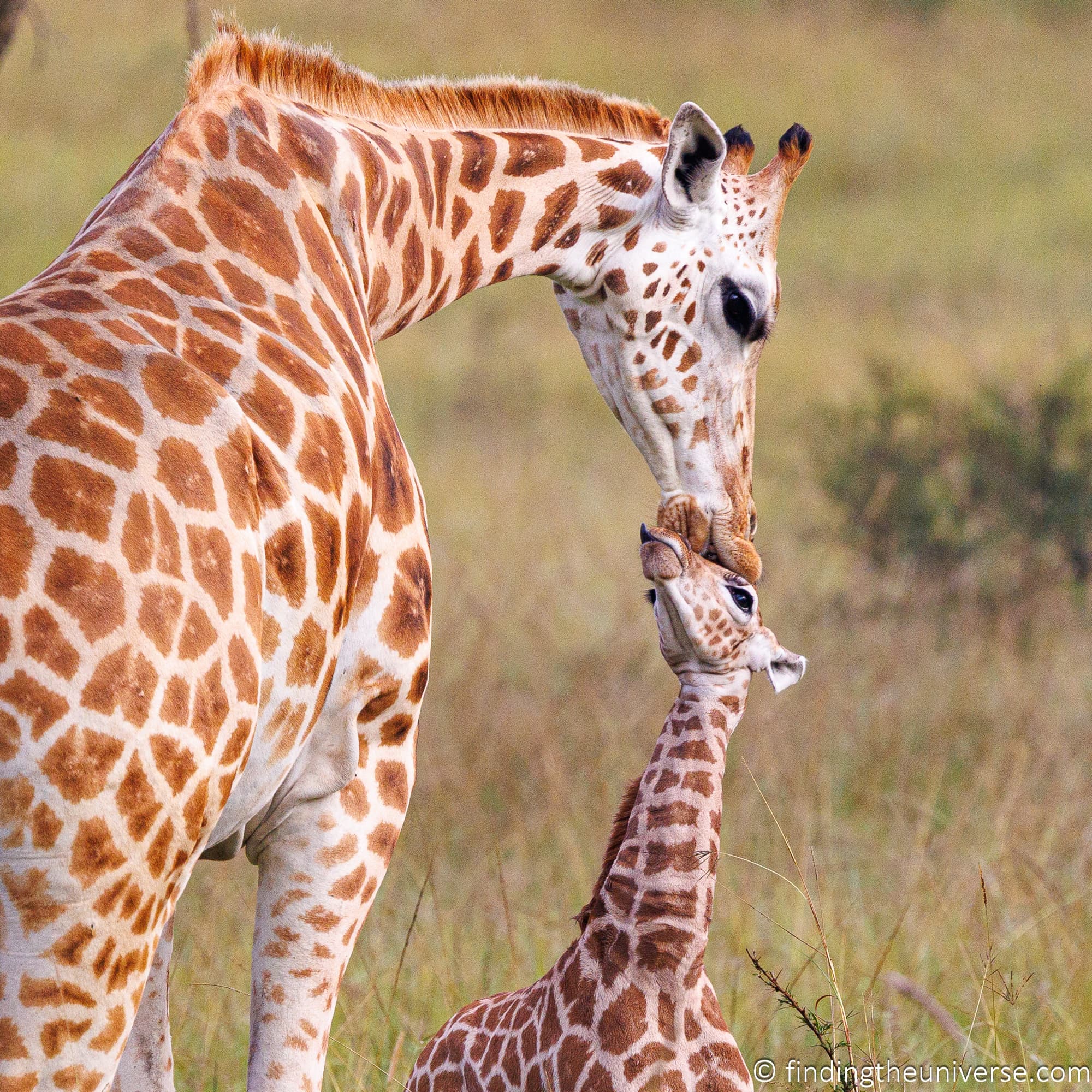
What will the weather be like during your safari?
When it comes to packing clothes and travel gear, having an idea of the weather is definitely going to make a big difference. Whilst we often think of safaris as taking place in hot and dry places, this is certainly not always the case.
If you are visiting Africa, this is obviously a huge continent, with very variable weather. If you are visiting the more southern countries like South Africa, these have a weather pattern similar to Europe or the USA, with cool winters and hot summers. Although of course being in the southern hemisphere, the seasons are reversed.
If you are visiting countries closer to the equator, like Kenya or Tanzania, then their proximity to the equator means that they tend to be quite warm year-round, and their seasons are instead divided into dry seasons and wet seasons.
The wet season, as the name suggests, is when you are more likely to get a lot more rain, whilst the dry season will be, well, drier. Of course, rain is theoretically possible at any time, but it is much less common in the dry season.
In some areas, it can get pretty cold, especially at higher elevations or when next to water. For example, if you are visiting Tanzania to hike Kilimanjaro , then even if it is hot in the plains, it is likely to be very cold near the summit.
So be sure to check into that, especially if you are visiting during the winter season of that country. You may be surprised to know you might need to bring a coat, gloves, hats, etc.
So take a look at the average temperatures, humidity, and rainfall in the places you plan to go at the time of the year you plan to visit. Also note that some countries may have very different climates across regions so be sure to take that into account as well.
One good website for checking average temperatures, precipitation, and humidity for the destinations on your trip is the “Climate (averages)” section of timeanddate.com . It allows for you to check the historical averages by month as well as the current weather.
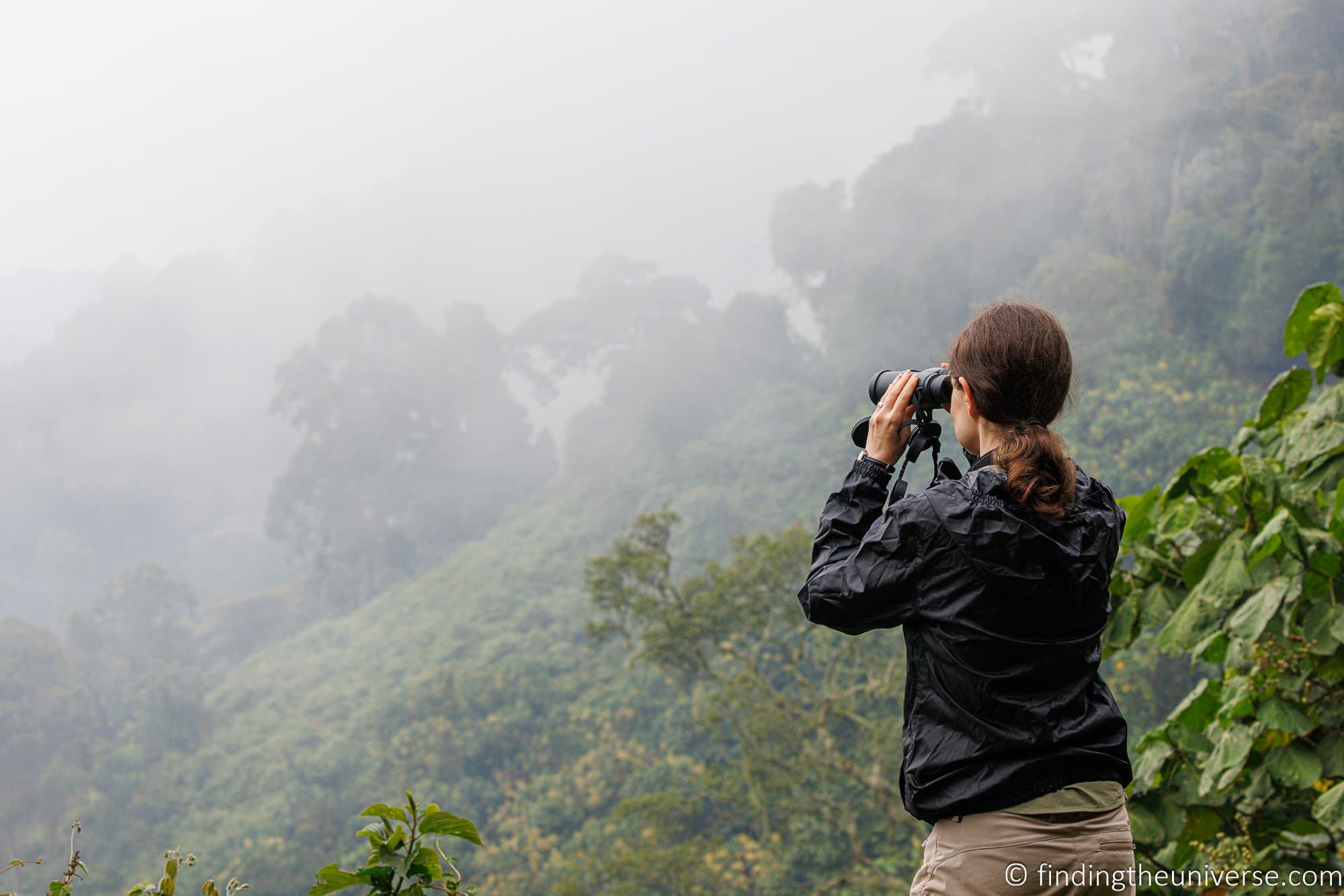
How long is your safari?
The duration of your safari will definitely make an impact on how much you pack.
If you are traveling for a few days, then you will likely need fewer items of clothing compared to a safari lasting for a few weeks or even months. For longer safaris, you’ll want to consider how to handle laundry, which we cover in a different section.
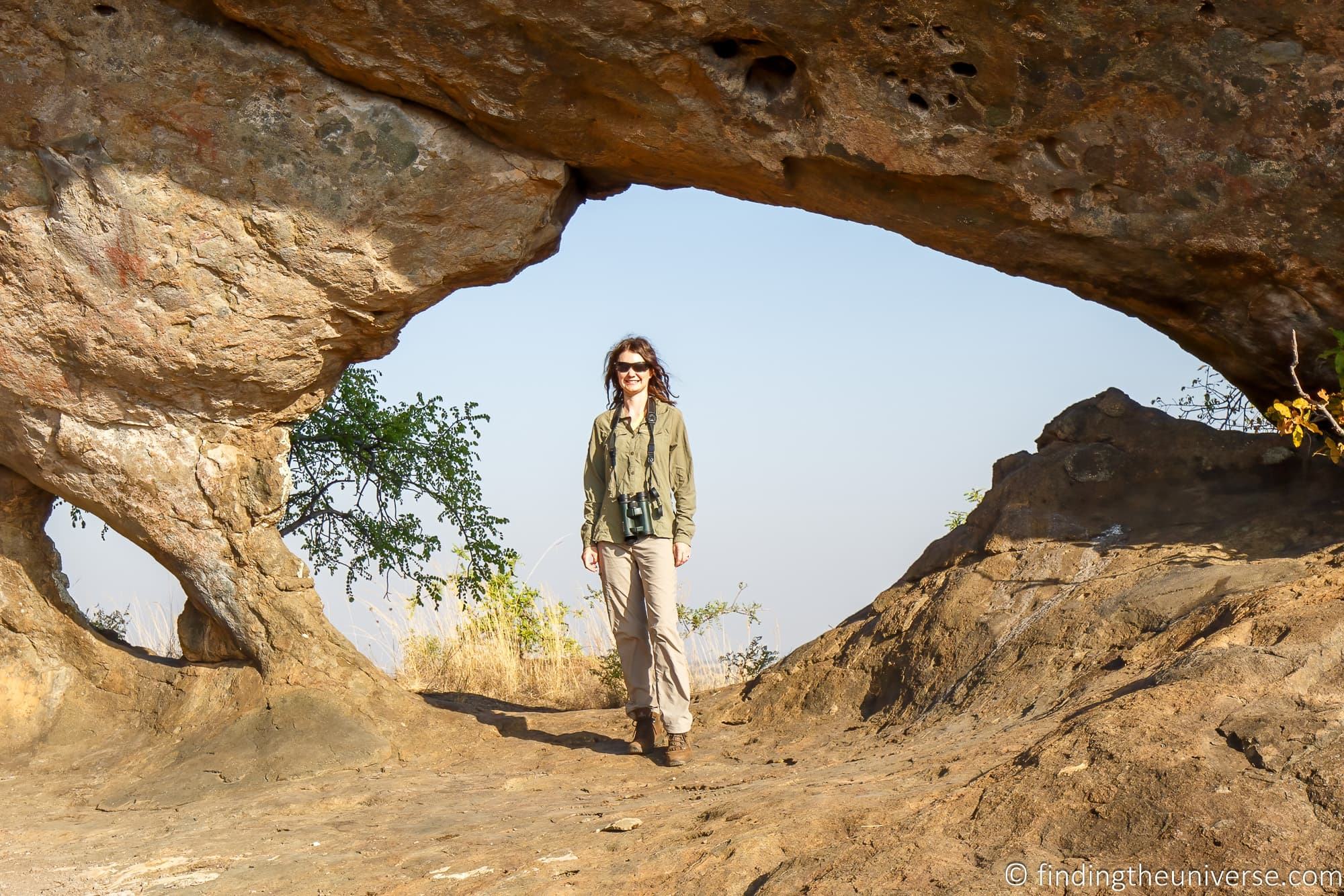
What types of transport will you be using?
It’s important to have an understanding of the transport you will be using when you are on safari, as this will often make a big difference in terms of what you can bring with you, and also the sort of luggage you can bring.
For example, if you are going on safari in an African country, many airlines flying to and from these destinations will have very generous luggage allowances, so it can be tempting to pack a lot in a big suitcase just in case.
However, once you are actually in the country, your local transport might not have quite so much room. If you are taking a group safari especially, with multiple people, there will be limited space available for each person.
Another big restricting factor is if you are taking any domestic flights on smaller aircraft. These are often used in-country to get to and from safari parks, and can skip long drives.
Smaller aircraft tend to be particularly restrictive when it comes to luggage allowances, both in terms of weight and also volume. The small holds mean they can only carry so much, and larger hard sided luggage for example might not even fit through the hatch. So many don’t allow you to bring any kind of hard-sided luggage.
If you are doing a multi-day hike, such as up Mt. Kilimanjaro or Mt. Kenya, your trekking guide and company will generally set size and weight restrictions on what can be carried.
Generally, you are allowed one duffel bag (carried by a porter) and then one personal backpack that you have on you at all times. Most companies (or hotels if staying at the same one before and after) will have somewhere you can store additional luggage before your hike if needed but you will need to check and make arrangements.
You will definitely want to talk to your safari organizer prior to packing. They should be able to give you clear instructions regarding luggage limits and restrictions. If you are flying on smaller aircraft, you will generally find that soft luggage is going to be preferable.
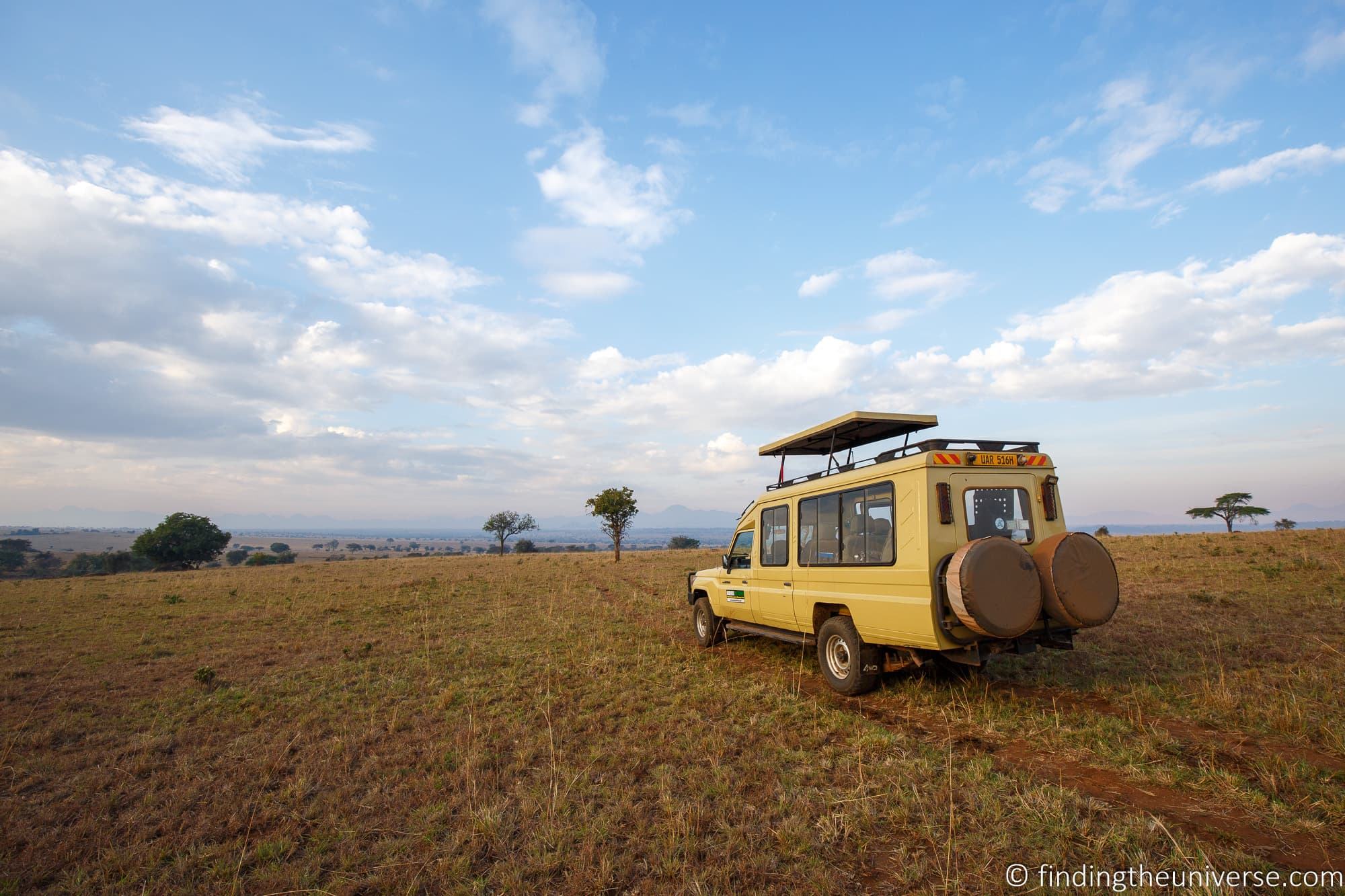
What activities will you be doing on your safari trip?
Every safari is different, and it’s important that you pack according to what you will be doing.
For example, a safari where you are going to spend the majority of your time in a vehicle looking at wildlife in game reserves will probably pack a bit differently than someone going on a safari which includes gorilla trekking , long hikes, climbing a mountain, fishing, cycling, camping, or spending a lot of time birdwatching on foot in swampy areas.
So it is good to have an idea of those activities. How much time will be spent in vehicles, walking, hiking, boating, biking, etc.? Will you be spending any time in cities doing activities like visiting museums, shopping, visiting restaurants, etc. Will you be going to a beach or spending a bit of time in swimming pools?
You should have a full itinerary for your safari so you should know what to bring, and a good tour operator should also give some suggestions as to essential items to bring.
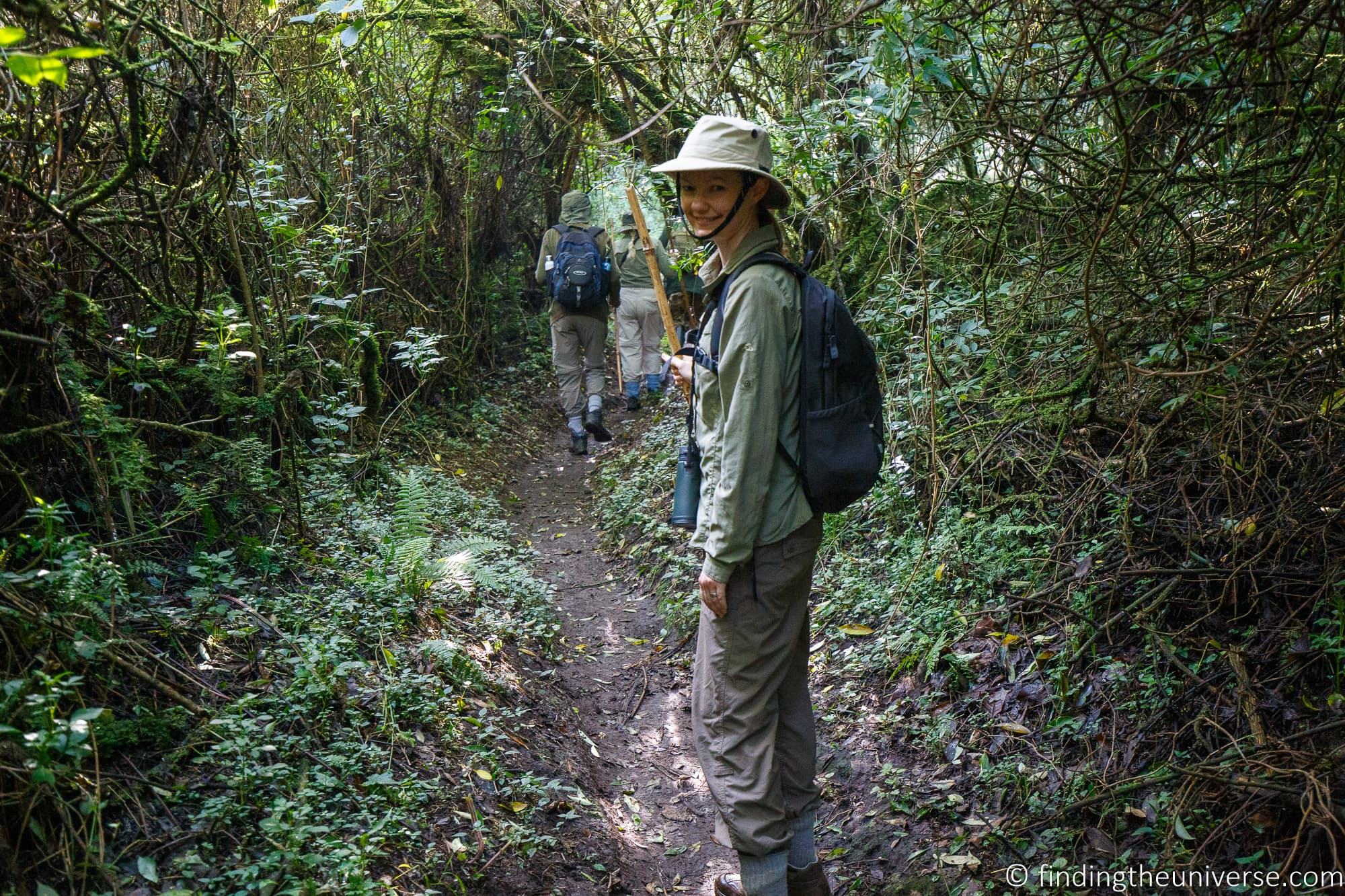
What sort of accommodation will you be staying in during your safari?
Safari accommodation varies wildly, from very simple budget camping options through to high end 5-star luxury lodges.
Whilst the majority of accommodation options that we have stayed at on safari have a fairly relaxed dress code, even at the luxury end, it is worth checking to see what the dress code is, if any. Sometimes evening attire might require a button up shirt for men for example or close toed shoes.
On the other end of the scale, if you are staying in a tent then you might need to consider things like shower shoes or nightwear that is suitable for midnight bathroom breaks at shared toilet blocks.
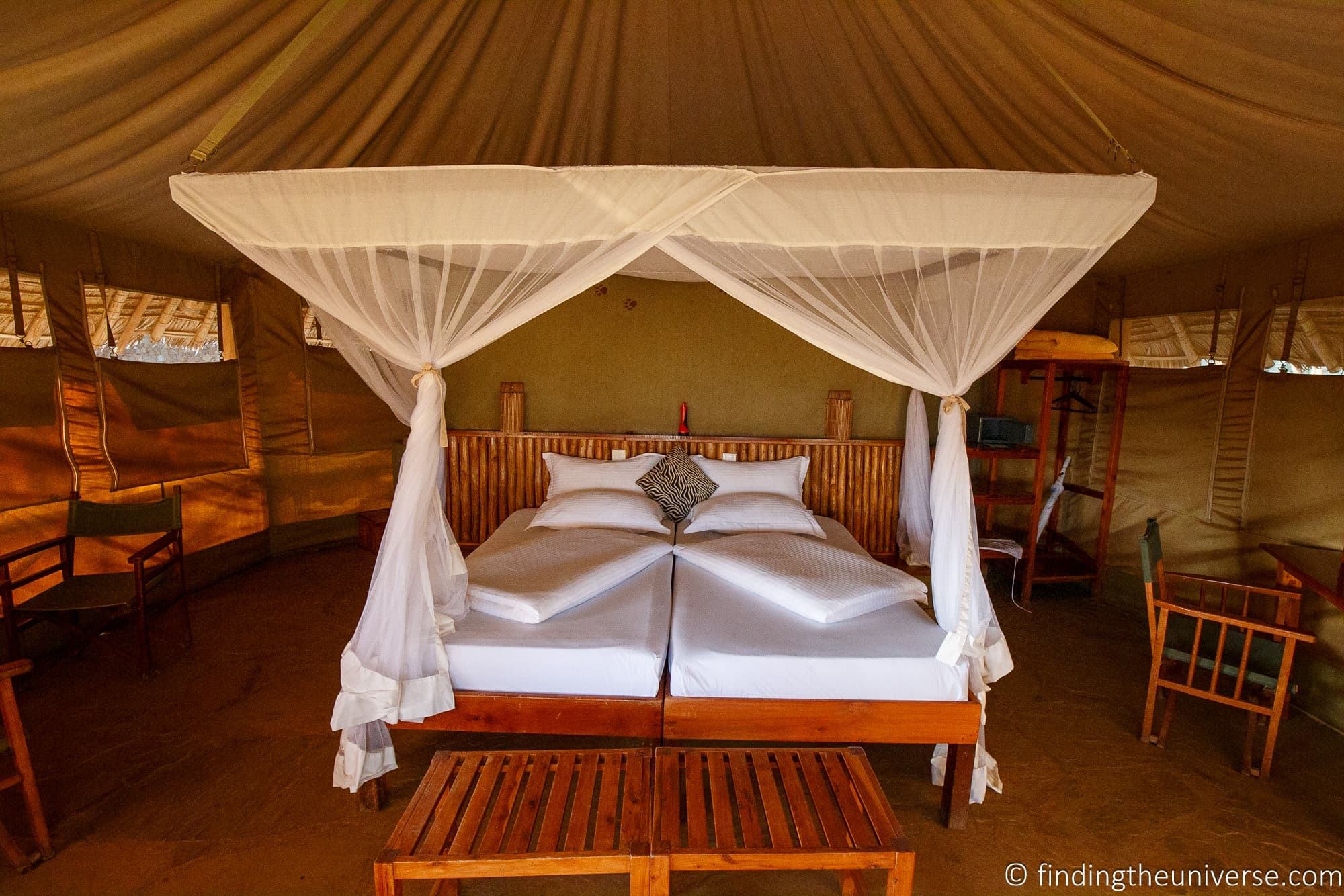
General Tips when Packing for Safari
Before we go through the packing list, we wanted to share some tips to help you pick what to bring with you on safari.
Clothing Color for Safari
Perhaps one of the more important things to consider when packing for safari is the color of the clothes you bring with you.
Generally, brown and green colors, or variants thereof, are regarded as the best. They generally blend into the surroundings, and have the bonus that they don’t show dirt quite as well, which is a benefit on dusty drives.
Bright primary colors are discouraged as they make you stand out more.
Blue, dark purple, and black colors should also be avoided. These colors are known to attract Tsetse flies, which have a very nasty bite and which can carry disease.
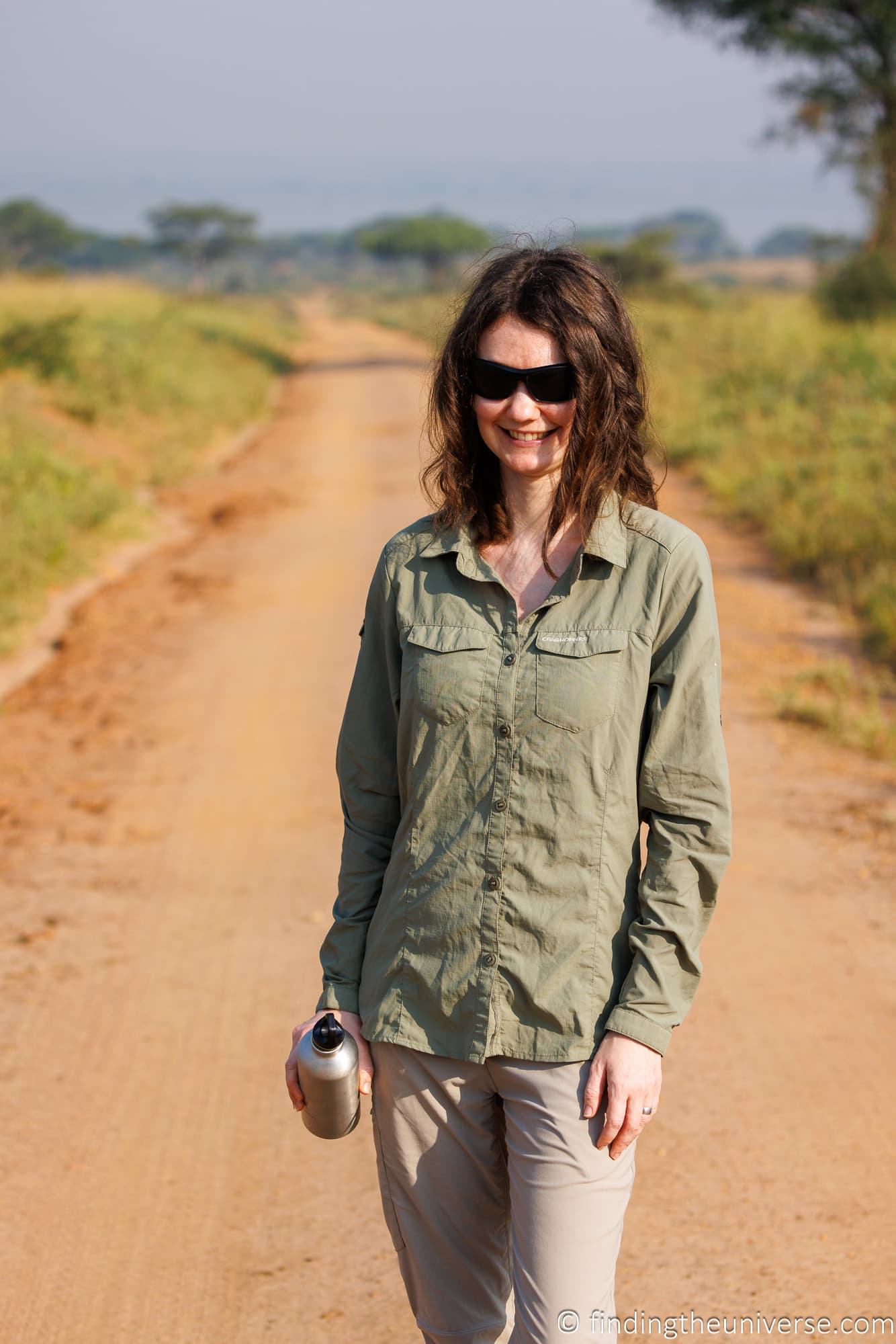
How Easy is it to Wash?
When putting your clothing list together, especially on a trip longer than a week or so, you will want to think about how easy each item of clothing is to wash. You might also want to consider how long it might take to dry.
A safari can be both a dusty and sweaty environment, meaning that unless you want to carry a lot of clothes, you will have to plan to do some laundry as you go on a longer trip. Most lodges will likely offer laundry, or you can do your own hand laundry easily enough.
With this in mind, high-end clothing which requires dry-cleaning or a careful delicate cycle might be best left at home if you don’t want it ruined. We’d suggest sticking to clothes that wash easily in hot or cold water, and which air-dry quickly (the majority of locations we’ve visited do not have electric driers).
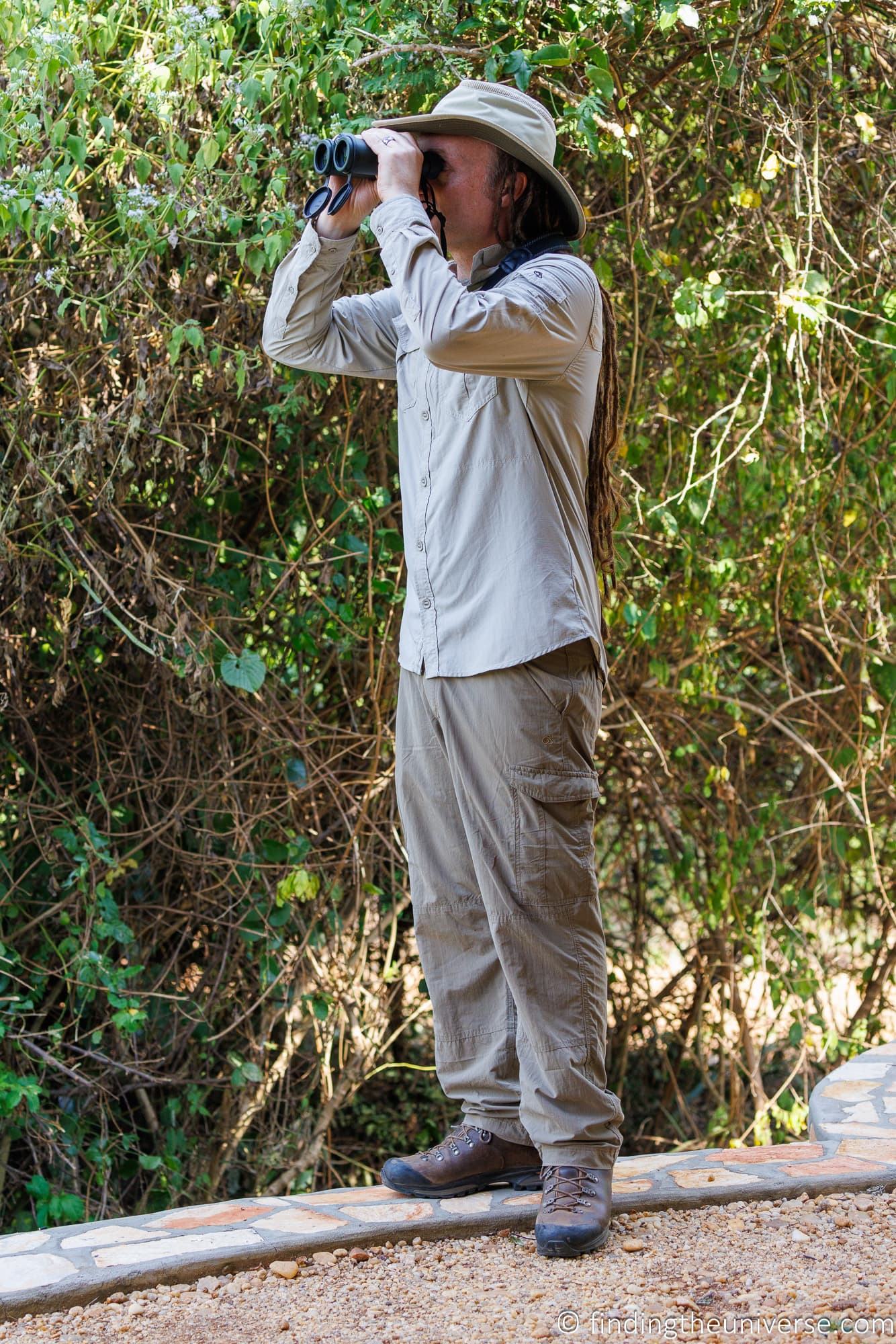
Versatility
When it comes to choosing clothing and putting outfits together, we’d suggest giving priority to clothing that can be worn in multiple situations or in multiple outfits, to avoid having to bring too much clothing.
So a top that works as well on a safari as at an evening meal would definitely be a better choice if possible, compared to bringing multiple options for different occasions.
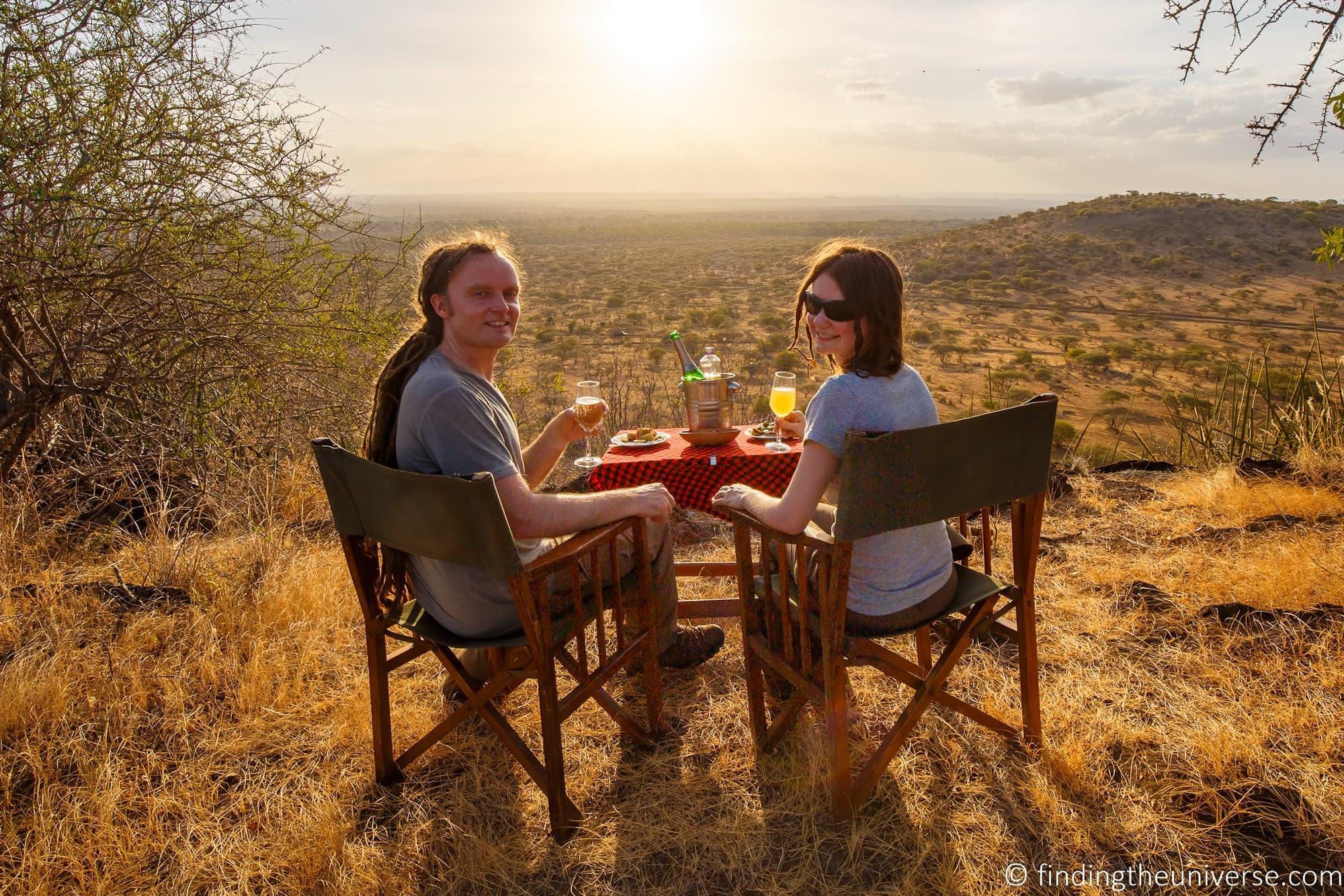
Safari Packing List
We’ll now go through a guide to what we think are essentials for safari, which is based on multiple safaris we have taken, some of which have been over quite prolonged multi-week trips.
Of course, there is no definitive list, and you should adjust this list based on what you feel you need to take with you. But this should give you a good starting point.
Shirts for Safari
Wherever you are going on safari, and whatever the weather, you will need a number of shirts or tops. We usually travel with a number of layers, because even in hot countries our experience is that it can be cooler at night.
So for us, we normally pack a bunch of t-shirts, some long sleeve button-up safari style shirts, and a couple of fleece outer layers.
For t-shirts, we prefer these made of wicking material, which is cool and fast drying. So something like this for Laurence and these for Jess . We also travel with a few cotton t-shirts as well, but note that these tend to hold sweat and not dry as fast.
Next, we also like to travel with button-up shirts that are specifically designed for safari, and for that we like the Craghoppers brand of clothing. We mostly wear long-sleeved ones as these protect against both the sun and insect bites.
Craghoppers make a whole range of clothes which are excellent for all sorts of outdoor activities, but we think they are particularly suited to safari. If you spend time on safari, you’ll likely recognize that this is probably the most common brand worn by more experienced travelers, especially those from Europe.
Their clothes are fast drying, very lightweight, durable, usually have multiple handy pockets, and many of them have built-in insect repellent as well!
For shirts, we both like the Craghoppers Adventure II style, available for men here and for women here . We’ve worn them on safari all across East Africa and they have proven to be very capable items of clothing.
Of course, there are many more options out there, and you can see a range of moisture-wicking fast-drying button up shirts on Amazon here .
Finally, when it comes to general top layers, we usually also pack at least one warmer top which can go over everything else. This can be handy for those cooler early morning safaris or evenings in the camp, when temperatures can drop, especially if you are at higher elevations.
Generally, we prefer a top with a full zip down the front as it allows us to control our temperatures a bit more by zipping or unzipping the front, but this is a personal choice.
For tops, we love clothes from Patagonia . Their sustainable ethos and approach to rewearability is something we really appreciate, plus their clothing happens to be fantastic quality. It is definitely a little on the more expensive side, but it should last you a long time!
Jess in particular really likes her Patagonia full-zip better sweater , and there’s a men’s version as well . We’ve also had good experiences with the North Face range of fleeces, which is my current fleece, and you can see a full range of those here .
If you are on a budget, we have had good luck getting secondhand high quality fleeces and pullovers secondhand from thrift stores or online secondhand clothing websites.
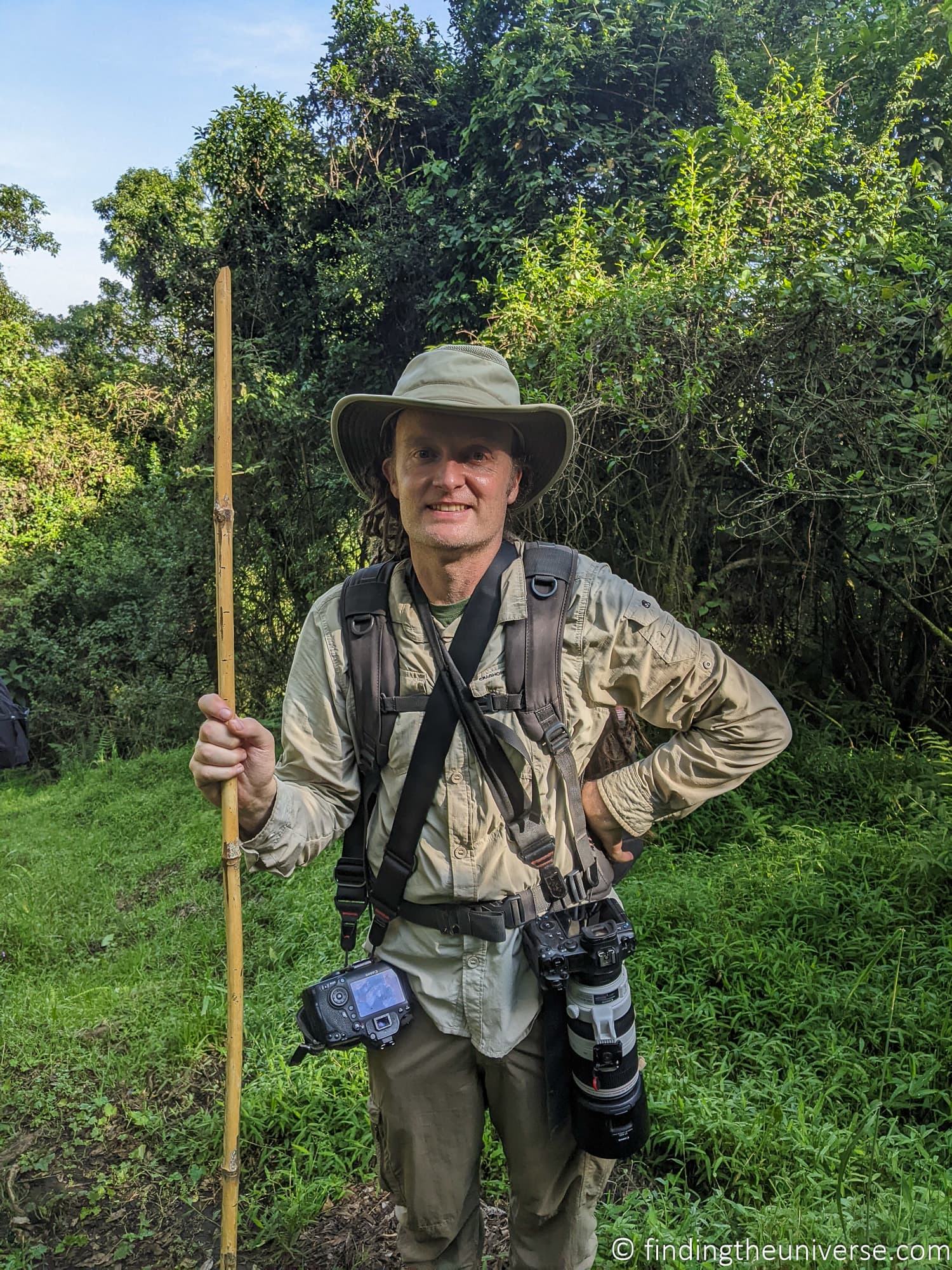
Trousers / Pants / Dresses for Safari
Generally we both prefer to wear long pants for safari, even on hotter days. We like lightweight hiking style pants that offer good sun protection, as well as some protection from biting insects and branches. Jeans generally are a bit too heavy and hot in our experience.
When it comes to specific brands, we again like Craghoppers for their range of pants. Their Insect Shield technology helps keep biting insects away and they have a range of hiking pants with this technology built in. Their products are also very lightweight and fast drying.
When it comes to specific products that we have used, Laurence likes these more baggy cargo style trousers , whilst Jess prefers these slightly more fitted pants .
Again, there are multiple brands offering high quality pants, including these options from Patagonia , and this extensive selection on Amazon .
Jess also likes to travel with some easy wear lightweight dresses which are good for wearing in the evening for dinner and non-safari days.
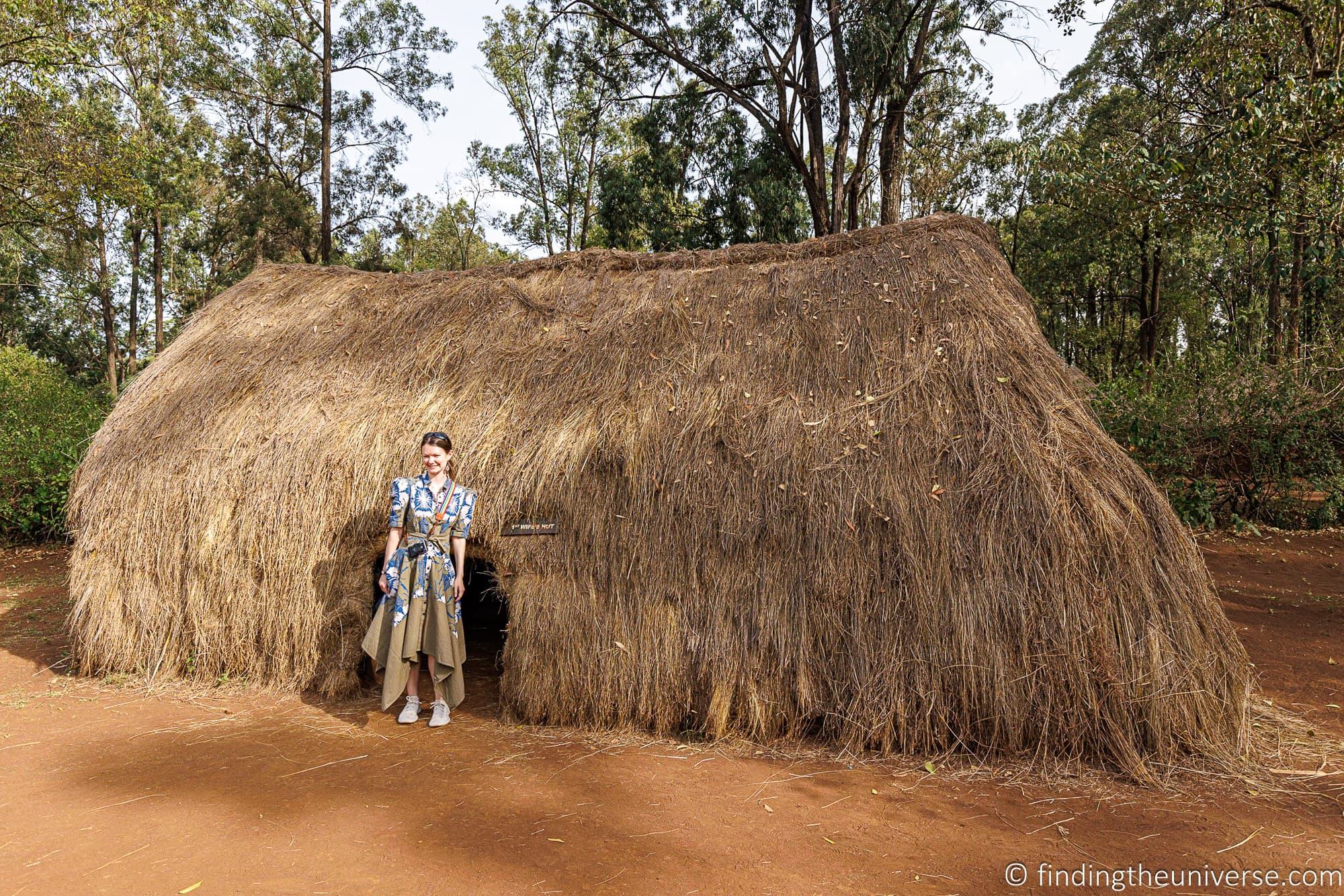
Shoes for Safari
Choosing the right footwear for safari will of course depend on the kind of activities you are going to be doing.
If you will be doing any hiking, including game walks, chimpanzee trekking or gorilla trekking , then we highly recommend a good pair of waterproof hiking boots.
We both have a pair of Scarpa hiking boots , Laurence has these ones and Jess has these .
Of course, there are lot of other great brands . We’ve had various pairs, Jess in particular liked her Merrell hiking boots and she hiked Mt. Kilimanjaro in those.
If your trip doesn’t involve a lot of hiking, then you can probably skip proper hiking boots. They are quite heavy and take up a fair bit of space, so will save you some luggage space if not required.
We just recommend you bring one good pair of comfortable closed-toed shoes. A pair of lightweight flip flops or sandals is also likely a good idea if you plan to spend time relaxing at the pool, resort, or going to the beach.
For more tips on shoes for travel, see our guide to the best travel shoes for men , and the best travel shoes for women .
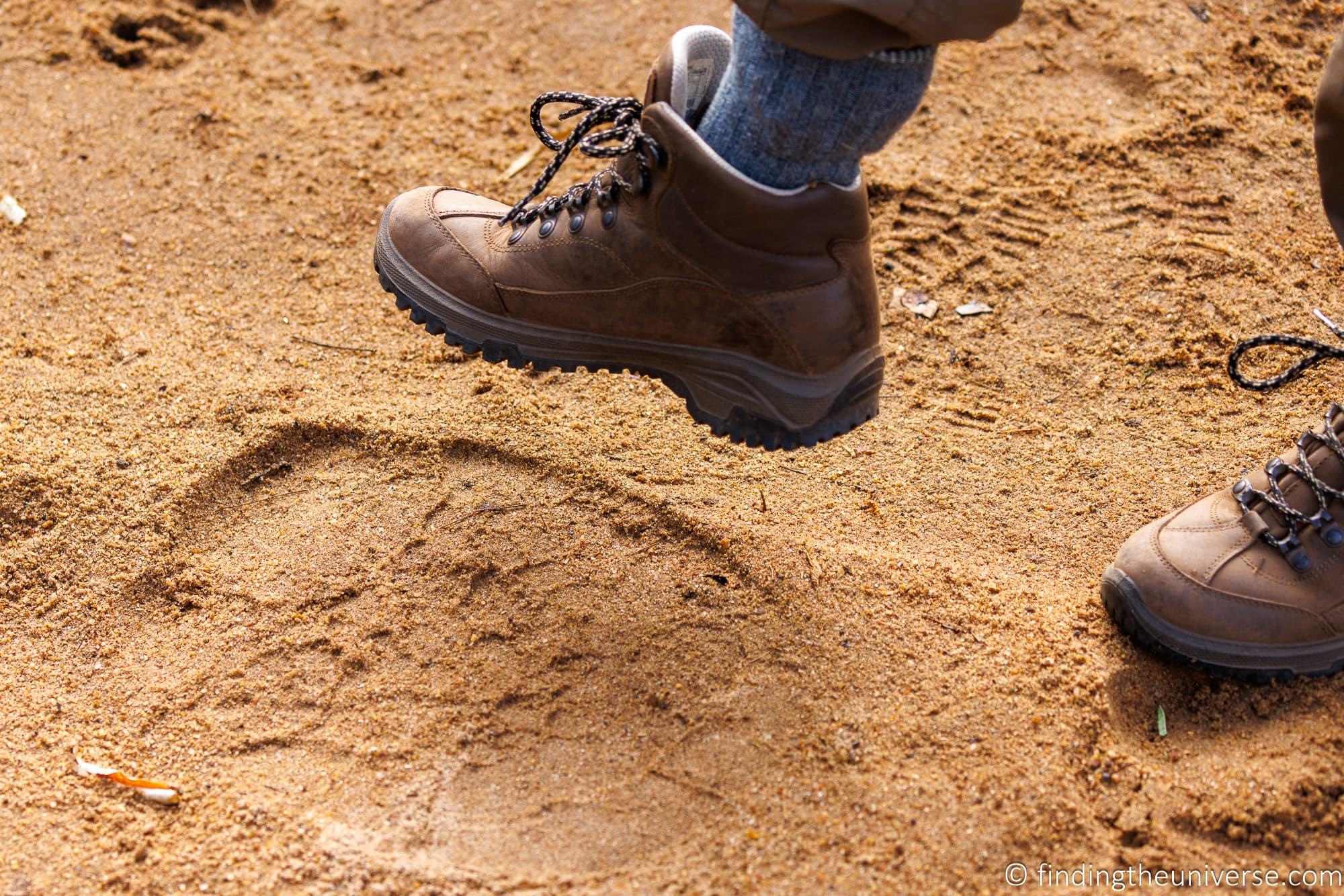
Hats for Safari
Many safari destinations tend to be quite hot and sunny, and you’re going to be spending a lot of time outdoors. So a good hat is going to be essential for your trip. You just want to make sure that the hat you choose has a wide enough brim to shade your entire face. Some may also want one with a neck flap.
We personally love our Tilley hats . They are well constructed, easy to pack, lightweight, machine washable, and come with a very solid guarantee. For safari, we’d recommend the LTM6 Airflo hat , which is what Laurence uses, or for even more cooling, the LTM8 Airflo hat .
We have also had other hats of course. In addition to a Tilley Airflo hat, Jess also has a hat with a foldable neck flap like this one , which keeps the sun off her neck as well as her head. My parents both took hats with sunflaps with them on safari to be able to protect their necks. So that is also a great option.
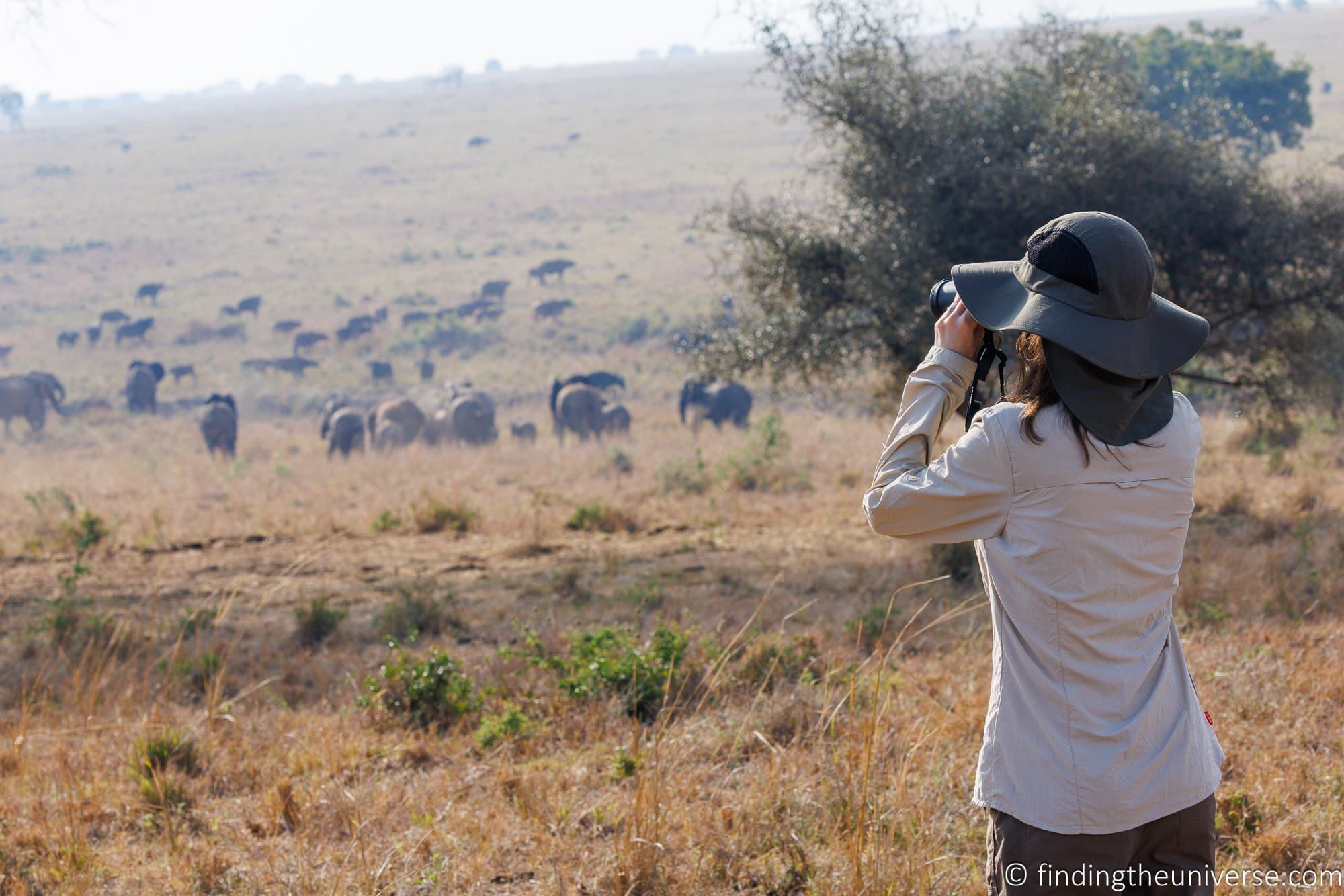
Swimwear for Safari
Whilst you are unlikely to be going for a swim whilst out on safari, what with the risk of crocodiles and hippos, that doesn’t mean you should leave your swimwear at home.
Many safari lodges and camps have absolutely wonderful pool areas, and if you have downtime between game drives on a hot day, then a dip in the pool can be a wonderful way to relax and cool down. Many safaris might also include some relaxation time on a beach or island.
We always pack swimwear when we go on safari for just this reason, and we’ve had some lovely swimming experiences as a result.
You can search for swimwear for men on Amazon here , and for women here .
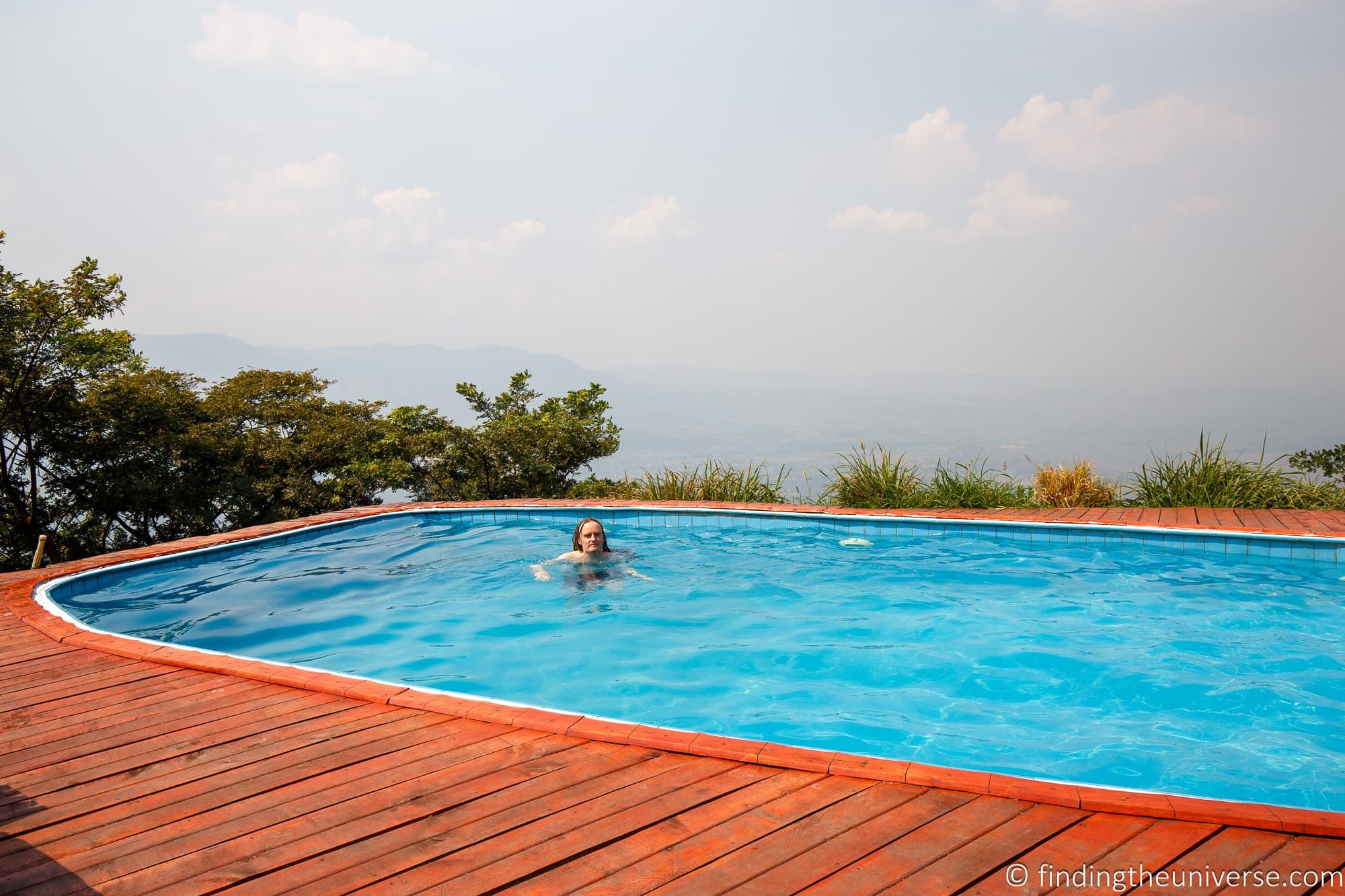

Socks and Underwear for Safari
This one will be a brief entry. Obviously, you’re going to need undergarments and socks for safari!
Our main tips are to be sure to pack enough to last either your trip (if a week or less) or the longest stretch of your trip you plan to go without doing laundry. Ideally pick lightweight and quick-drying underwear and socks that can be easily washed on the go. We tended to handwash these types of items every 4-5 days so we never ran out of them.
If you are looking for a brand, ExOfficio (nylon) or Smartwool (merino wool) are a couple of brands you might check out for travel-friendly quick-drying undergarments.
If hiking or planning to do a lot of walking, be sure to bring good quality hiking socks along. You want good socks that will provide a bit of cushion, wick away moisture, and help prevent blisters. A few brands we like are Smartwool , Darn Tough , and Farm to Feet .
Also, for women, it is a good idea to bring along a supportive sports bra or two. Jess says these are a must-have for bumpy roads and climbing.
Raingear for Safari
Whatever time of year you are planning on going on safari, and whatever activities you will be doing, we still recommend packing some sort of raingear just in case.
This might be a lightweight breathable rain jacket that you can wear over your clothes, or a pack away rain poncho . Just make sure whatever you bring has a hood.
We always travel with rain protection of some kind, just in case.
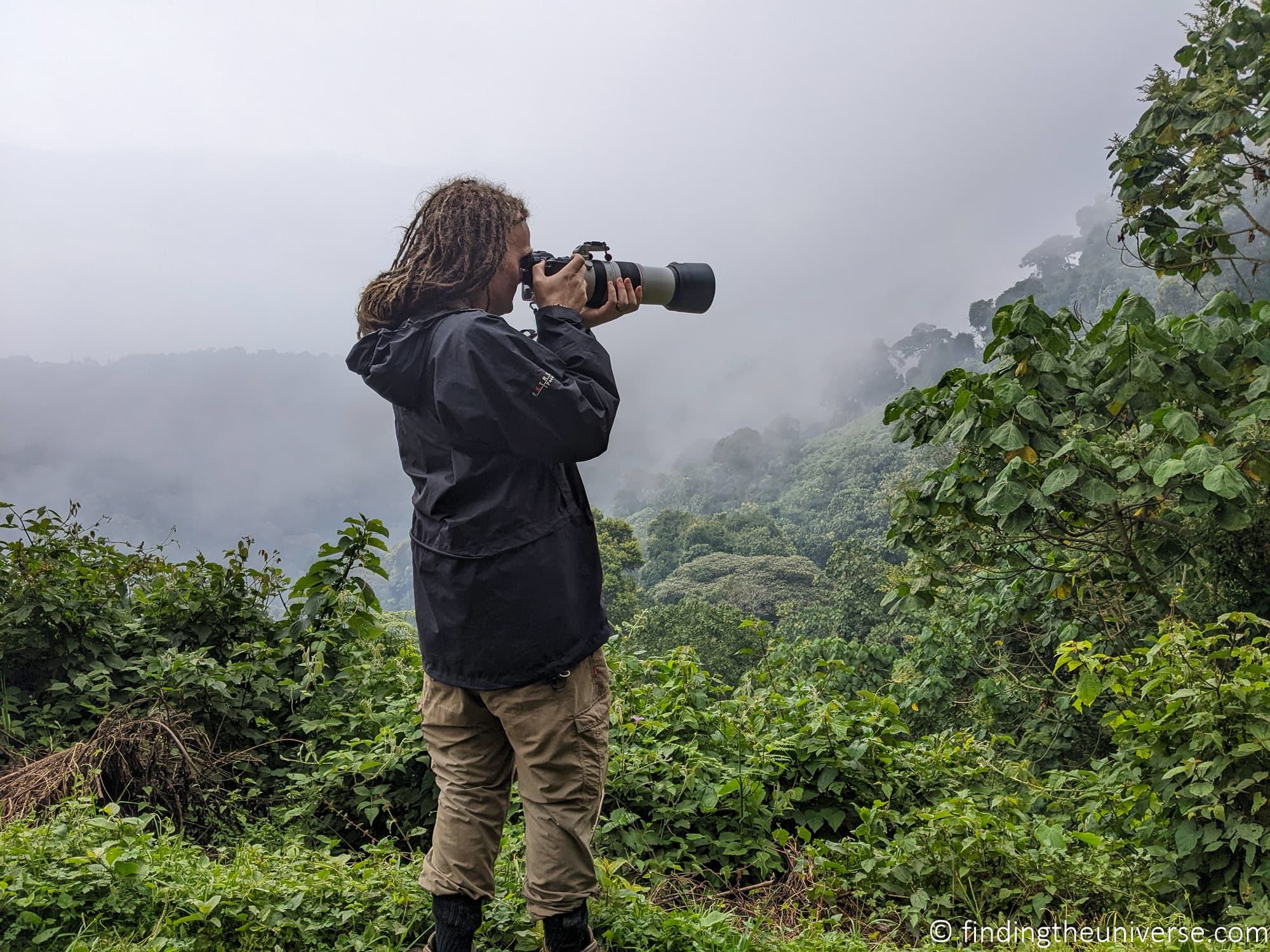
Camera Gear for Safari
I’ve already written a very comprehensive guide to the best camera for safari , as well as the best bean bag for safari , so I would definitely recommend reading those if you want to get some great images on your trip.
In summary though, if you want to get great images of wildlife, you will need a couple of things. First, a camera with a good zoom lens. Second, a bean bag to stabilize your gear.
When it comes to specific camera suggestions, many folks find that a bridge camera like the Sony RX10 IV is a good option. At the higher end of the budget and size spectrum, you’ll want a high end dedicated mirrorless camera with at least a 400mm zoom lens.
A camera can be a huge investment, so we also suggest renting as an option to consider. A company like Lens Rentals will allow you to rent a lens and a camera body at a much lower cost than buying it outright.
They also give you the option to purchase the gear rather than return it, so if you love the experience then you can invest having tested the gear out.
If you decide to rent through Lens Rentals , you can save 15% on any rental by using our discount code, LAURENCE15. Just enter it at checkout.
We also highly recommend a photography bean bag if you will mainly be shooting from inside vehicle. We use these extensively on safari trips, and they are really an invaluable item.
We have a guide to some of the best options photography bean bags here , but recommend checking out either the Kinesis SafariSack 4.2 or LensCoat LensSack Pro Jr as a starting point.
Finally, don’t forget a good camera bag to keep your gear safe, lots of spare batteries , memory cards , your chargers, and ideally a waterproof camera cover to protect your gear in case it rains.
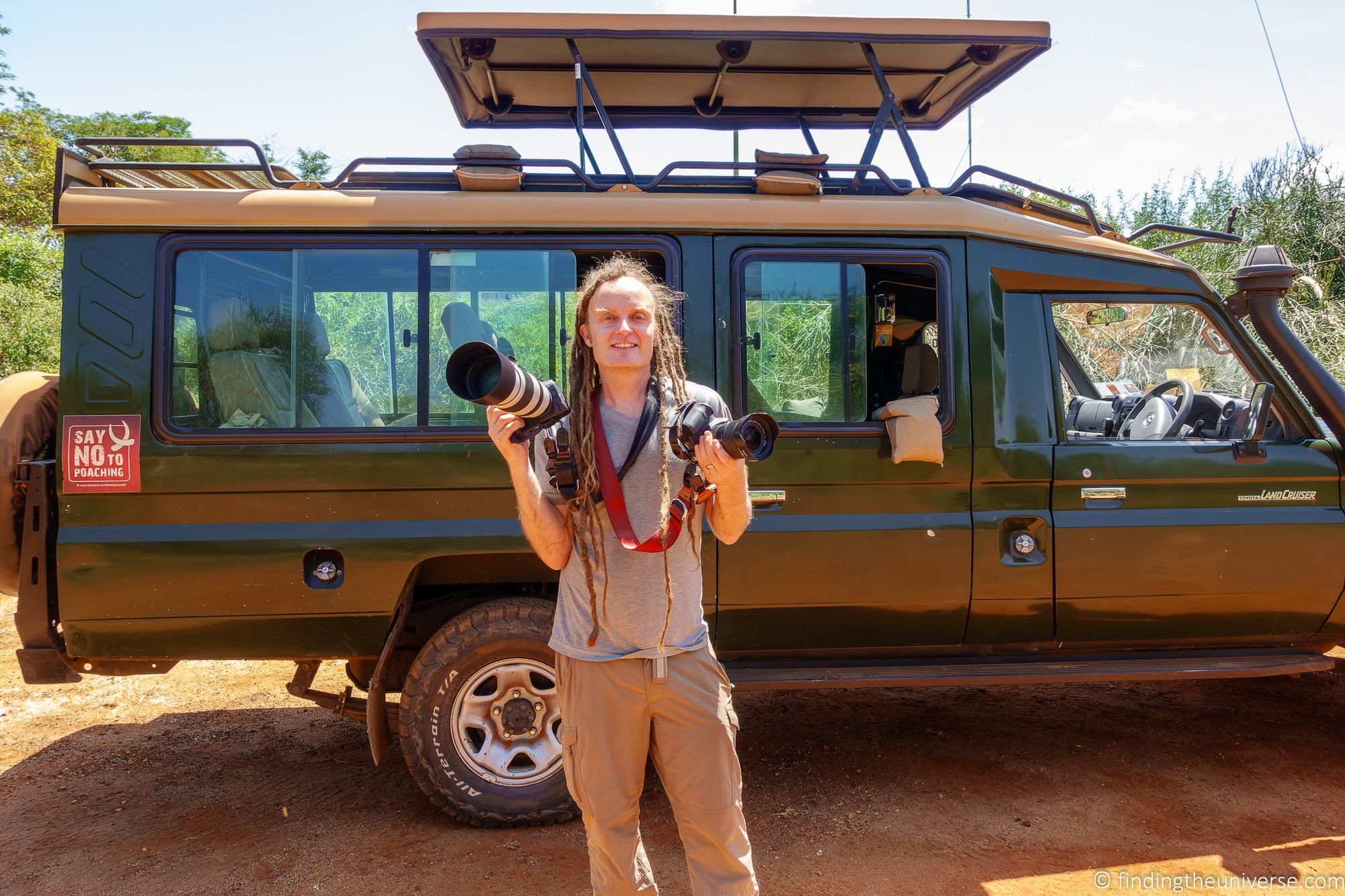
Binoculars for Safari
We can highly recommend taking a good pair of binoculars with you when on safari. Not every bird or animal is going to conveniently place itself within easy viewing range, and a pair of binoculars will let you get a much better view of the wildlife.
You don’t need to spend a massive amount to get a reasonable pair of binoculars, but we’d suggest setting a minimum budget of around $80 USD. Below this price point build and image quality will likely suffer.
We’d suggest looking for a pair with around an 8x to 10x magnification.
Some recommended options include:
- Vanguard Vesta 8×25 . a great entry level option if don’t want to spend a fortune. They are very light and offer both waterproofing and fogproofing. These are a great value option, plus you can save 20% on the price by using our exclusive discount code FindingTheUniverse at checkout on the Vanguard store.
- Celestron Nature DX 8×42 . This is a well-regarded and popular budget option. Fog and waterproof with a tough construction.
- Vanguard VEO HD2 8×42 binoculars – an excellent, well priced and still reasonably compact pair of binoculars featuring extra low dispersion glass carbon-composite construction, waterproofing and fogproofing. We use a pair like this.
- Nikon 8×42 Monarch M5 – lightweight, durable, waterproof and fogproof. Nikon make quite a few binoculars, and these are a popular mid-range option.
- Swarokvski 8.5×42 – we had a pair of Swarovski binoculars loaned to us for several months, and they are magnificent, with wonderful bright and sharp images. This pair offers excellent performance, but are definitely at the premium end of the price spectrum!
As you can see, there’s no shortage of choice across a range of price points. If you are interested in bird watching on safari, or getting into birding, see our beginners’ guide to birdwatching for some tips.
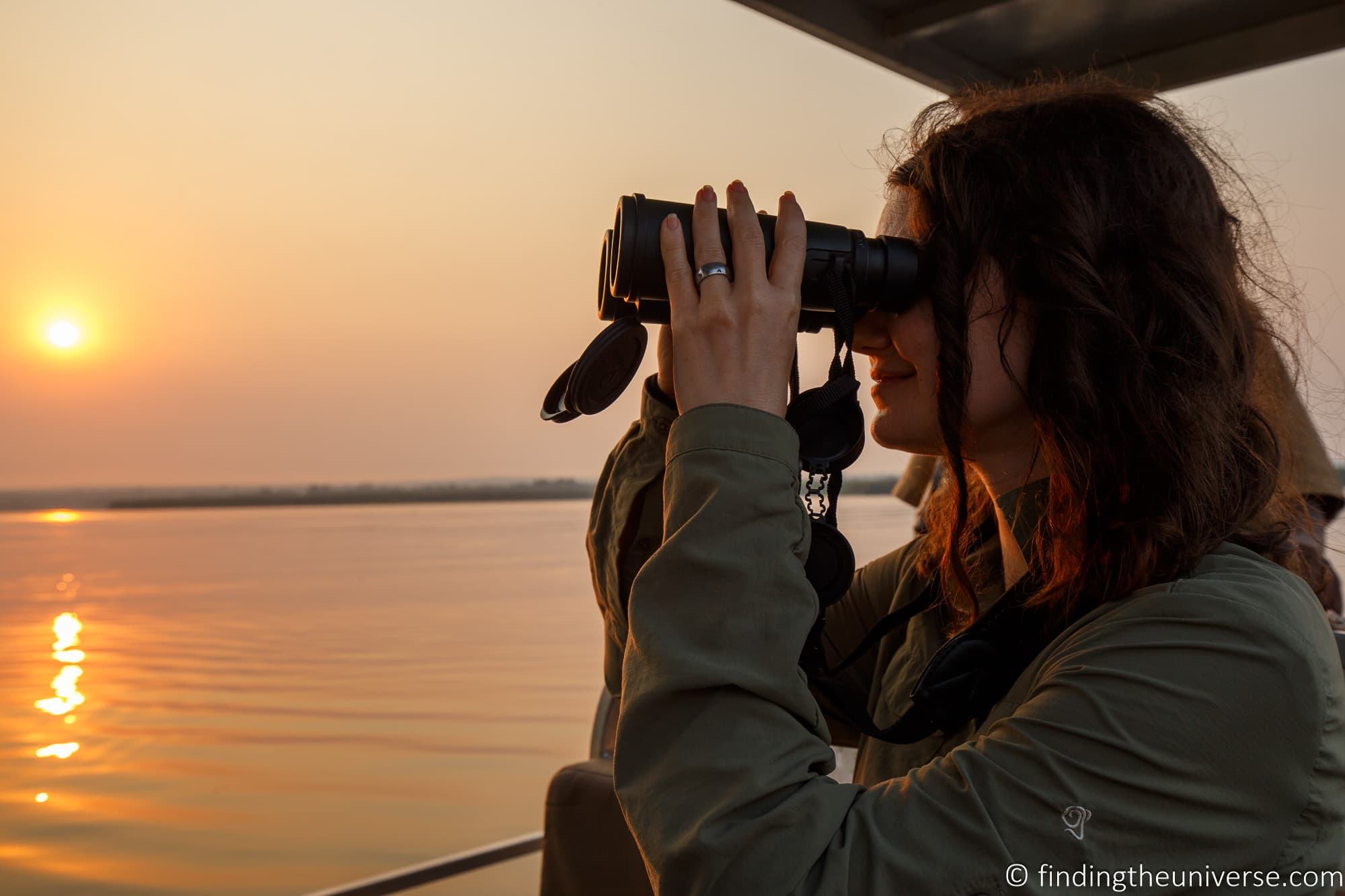
Electronics for Safari
You don’t really need a lot of electronics for safari, however there are a few things you might find useful.
First, a USB battery pack . These will let you charge your phone on the go, as well as any other device that uses USB.
Whilst the majority of accommodation options we’ve stayed at on safari have had had power, even the most remote, this isn’t always guaranteed. So a USB battery pack is a great fallback option.
The second thing we recommend, if your camera has removable batteries, is to see if you can get a USB powered battery charger for it.
This is because sometimes, more remote lodges don’t have regular plug sockets. However, they do often have USB outputs. While some cameras support direct charging by USB, this is by no means the standard.
We personally travel with a USB charger which is compatible with our DSLR and mirrorless Canon cameras, which both use the same type of battery. You will need to search for a USB battery charger that is compatible with the batteries your camera uses.
You can see some examples for a range of brands on Amazon here .
Insect Repellent for Safari
One slightly less exciting aspect of safari is the potential for biting insects. Mosquitoes are the obvious one, but there are a range of other insects that can bite you.
Ideally, you want to avoid being bitten if you can help it. Many insects carry various diseases, including malaria, yellow fever, dengue fever, and so on. Whilst you can take medication or vaccines to help prevent some of these diseases like malaria (definitely recommend considering taking antimalarials), prevention is also a really important step.
With this in mind, a good insect repellent like this is a must for safari. Most experts recommend products with DEET in, which are generally regarded as the most effective against most biting insects, including mosquitoes. However, there are also some DEET free options out there for those who want to avoid it, just note they may not be as effective.
Also for those planning to do much trekking, hiking, or walking, depending on your destination, you will also want to think more about crawling insects like safari ants, leeches, stinging caterpillars, ticks, etc. Generally insect repellent along with long sleeves, long pants, and pulling hiking socks up over your pants are fine to avoid these for most people.
Those going to wetter areas and jungles might also want to consider leech socks or gaiters for those going into wetter areas like jungles where leeches are common.
We own these leech socks and they work great, but they are probably overkill for most people on safari trips. But if you have gaiters for hiking anyway to keep out dirt and stones, these can generally also work to help guard against leeches and ticks.
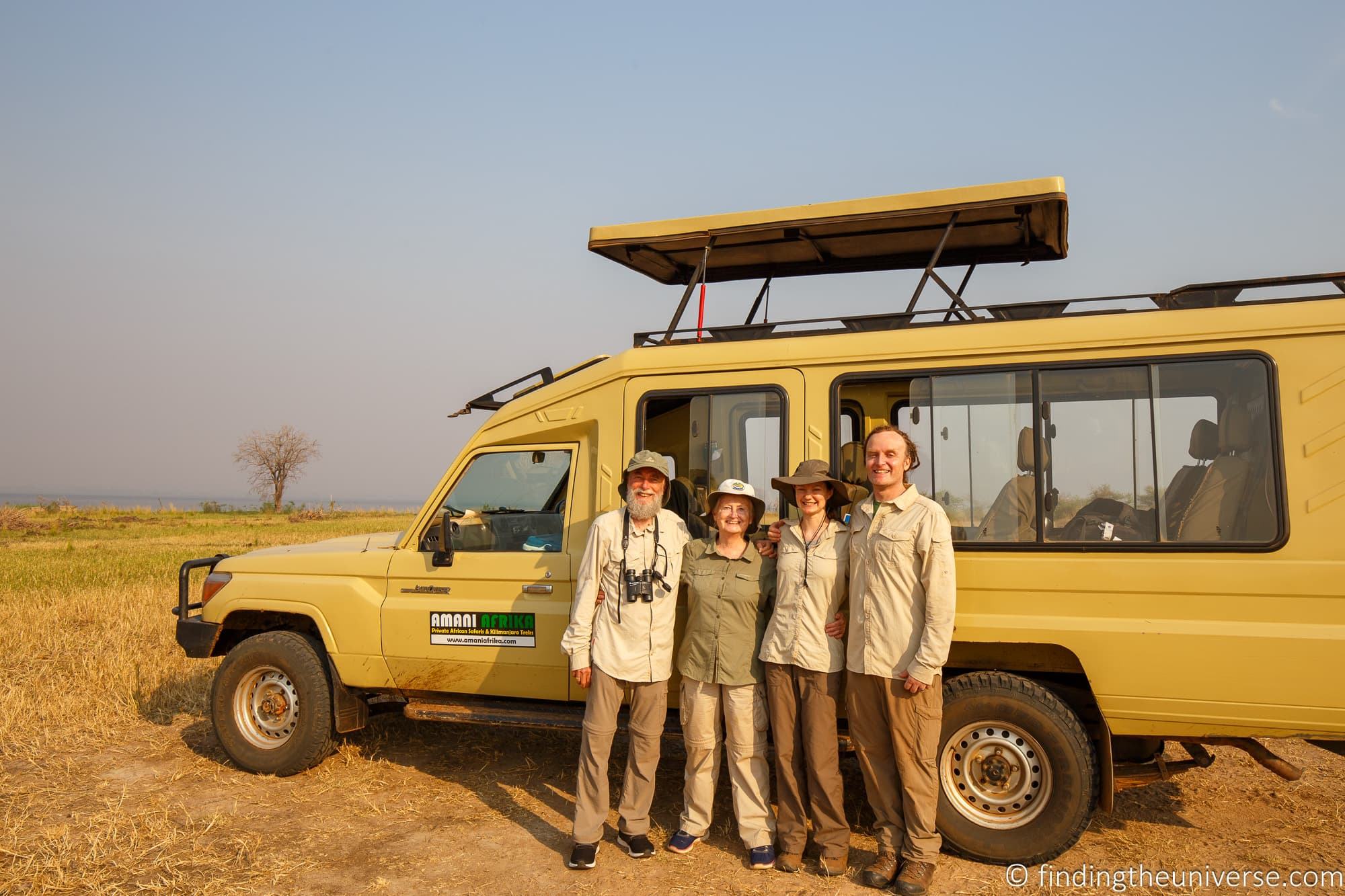
Toiletries / Medicines for Safari
You will want to bring a range of toiletries and medicines with you, some of which should be fairly obvious, and some which may be less obvious.
Falling into the latter camp, we always travel with and recommend rehydration salts . Dehydration is no joke, and drinking plenty of water is really important. However, as you sweat you can lose salt, and rehydration salts can help replace what you lose.
It’s also important to remember that you may be in some pretty remote places and it is good to be prepared to be able to tend to minor health issues such as cuts, scrapes, blisters, bug bites, headache, common stomach complaints, etc.
Here’s a quick list of things to think about packing in your toiletry / medicine kit for safari:
- High SPF (30+) sun cream or sunscreen
- Lip-balm with SPF
- Rehydration salts
- Basic meds like pain relievers, anti-diarrheal tablets , and antacids
- Mini first aid kit with bandages, blister covers, antiseptic wipes, etc.
- Toothpaste / toothbrush
- Sanitary items (in our experience tampons are not always available in country, depending on where you are going)
- Anti-malarial / other required medication
- Razor / spare blades
- Ear plugs / eye mask
- Hand sanitizer
- Moisturizer / lotion
Of course, your list may vary somewhat but we think the above should be a good starting point.
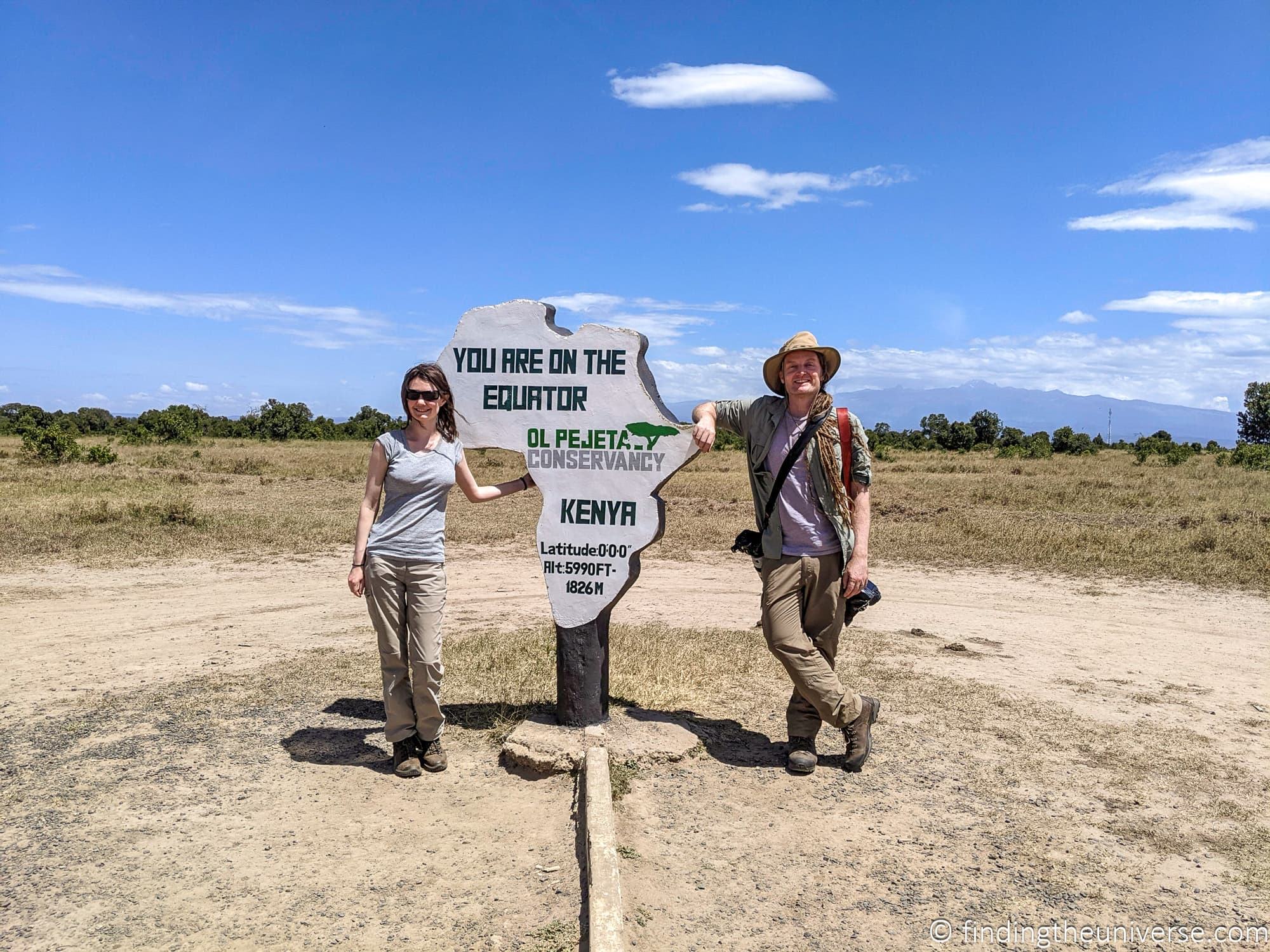
Laundry on Safari
Depending on how long your safari trip is, it’s possible that you might need to do a little laundry as you travel. We’ve done a couple of five-week safari trips, and we had to do laundry a few times on both of those trips.
Whilst many lodges and hotels will do your laundry for you if you stay more than 1 night, you can also normally just handwash a few items yourself, which is what we often end up doing. In hot countries it can often dry in an afternoon.
The main things you will need are going to be some form of travel wash, a sink stopper, and a portable clothesline to hang your clothes.
For laundry wash in a travel sized bottle or tube we like the Dr. Beckmanns travel wash , Sink Suds , or the Sea to Summit Wash , all of which we have used to do laundry whilst traveling all around the world. Or just put your favorite liquid laundry detergent in a reusable plastic or silicone bottle and pack it along.
For a clothesline, there are lots of portable clotheslines on Amazon . We particularly like this one as it packs away small and you don’t need to pack pegs. For a sink stopper, Jess has been using this one for over 10 years.
For more tips on laundry, see our complete guide to laundry when you travel .
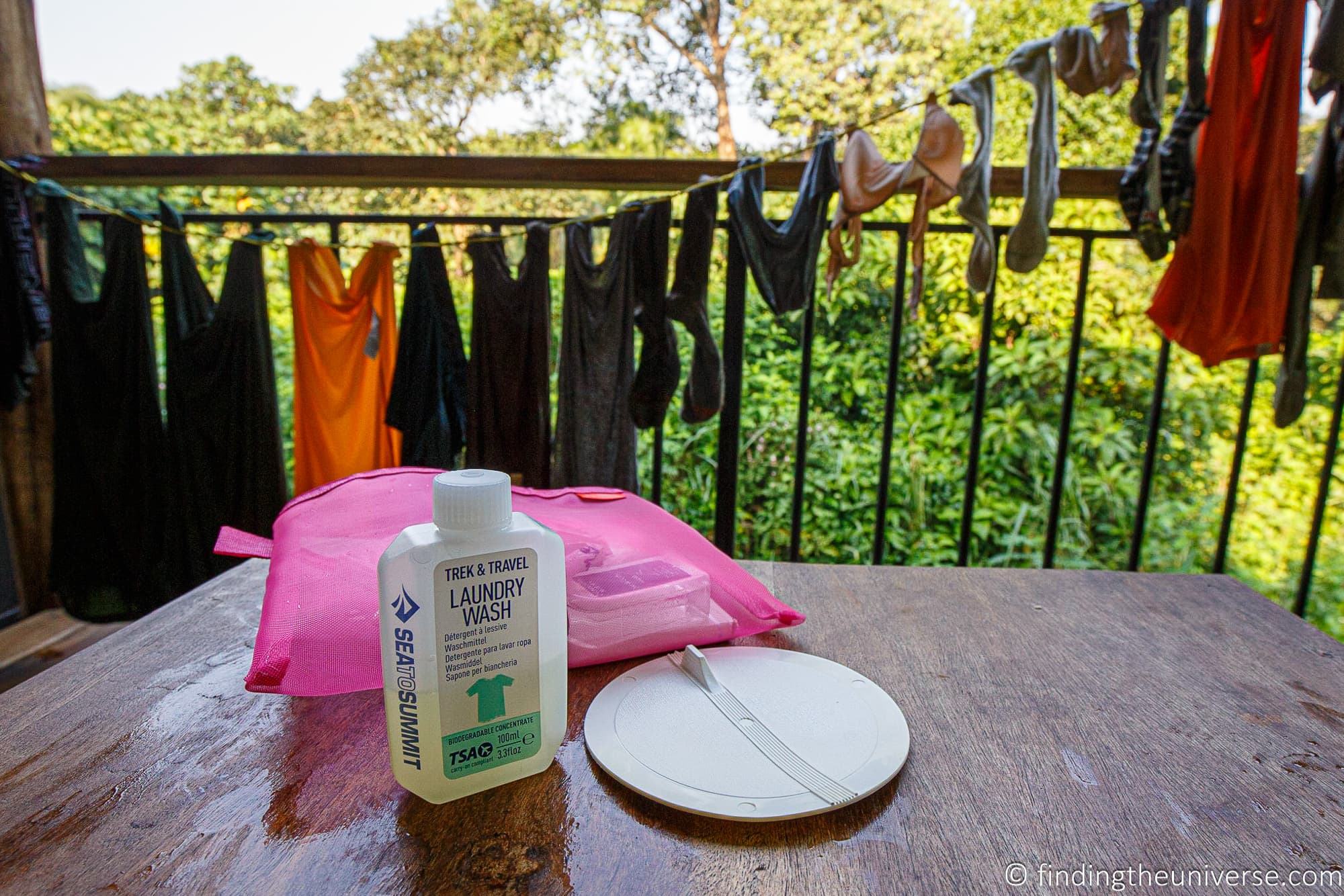
Luggage for Safari
When it comes to choosing what to pack all your belongings into for your safari trip, a lot will come down to the type of trip you are taking, especially around the transport.
If you’re going to be using small planes for example, this will have a big impact, and you will like find a sturdy duffle travel bag like this might be the best option.
You might be wondering if wheeled luggage makes sense for safari. In our experience, the majority of accommodation options don’t really suit wheeled luggage as the ground is simply too rough. So whilst it will be nice at the airport, beyond that you’re likely going to have to carry the bag (or rely on the enthusiastic hotel staff).
However, if you already have wheeled luggage and won’t be taking small planes, then by all means don’t feel you need to purchase new bags. We’ve taken a number of safaris with hard sided wheeled luggage and it worked out great.
As well as larger luggage, we highly recommend bringing a small backpack or shoulder bag that you can use on a day-to-day basis. This can be used to carry things like your water bottle, battery charger, guide books, suncream and insect repellent, for example.
We use a small Osprey day pack as well as a larger Vanguard camera bag for our camera gear on a day-to-day basis.
If you’re looking for a new bag anyway, we have no hesitation recommending Eagle Creek or Osprey specifically for safari.
For hard sided luggage with wheels, we use and can recommend Level8 or Delsey , both of which we have used on trips around the world including safaris (without domestic flights).
For camera gear, we use Vanguard for our camera bags, they offer a great mix of high quality and great value. Laurence has been a Vanguard ambassador since 2014 and is always happy to recommend their gear.
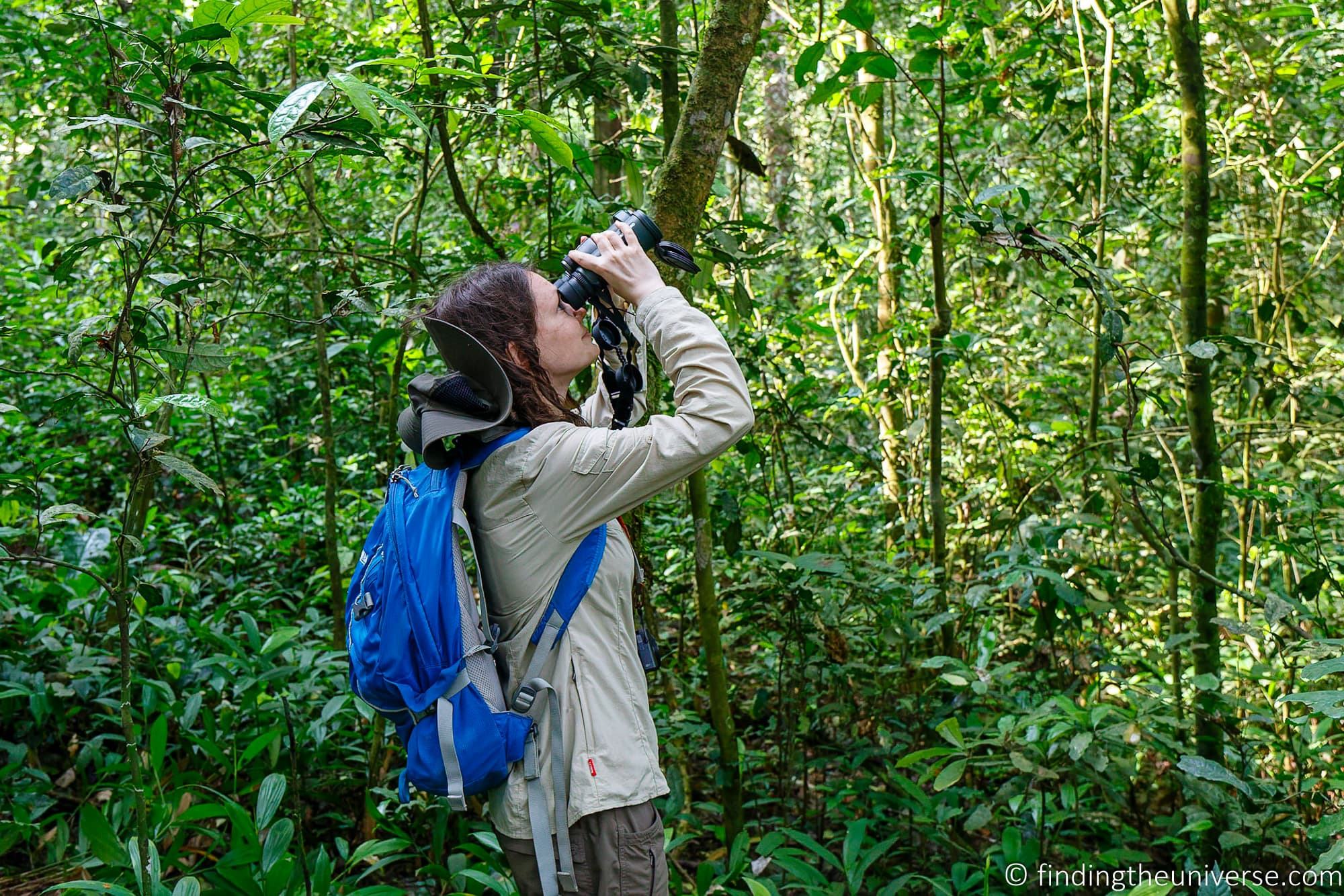
Books for Safari
When you go on safari you are going to be seeing a lot of new animals and birds.
Your guide will normally be very knowledgeable to help you identify what you are seeing, but it is also nice to be able to develop your own recognition skills.
We’d also often see birds or animals around our hotel when we were not with our guide and want to know what they were.
For this reason, we recommend bringing along a guidebook or two to the likely animals and birds you might see. Whilst your guide will probably have a giant and super comprehensive book, we suggest that a smaller book that covers the most common animals and birds will be more practical for packing.
We particularly like the Pocket Guide books, which we have used on various trips. For example, there’s the Pocket Guide to the Birds of East Africa , the Pocket Guide to the Mammals of East Africa , and the Pocket Guide to the Mammals of Southern Africa .
We have found that having a small reference guide can definitely make the safari experience a lot more fun and hands on, and well worth the small investment.
Reusable Water Bottle / Water Filter
You will definitely need to drink a lot of water on safari. Unfortunately, most safari destinations do not have safe drinking water, meaning you need to either drink bottled water, or figure out a way to purify it yourself.
We prefer the latter option as it means we can cut down on plastic waste. Depending on your safari operator, they may also purchase a large refillable water bottle that you can refill your own bottle from. Some hotels also filter their own water on site.
In either case, we highly recommend travelling with at least one refillable water bottle per person on your trip. Just make sure to get one with a lid that seals and doesn’t drip and one that will fit into a standard cup holder or can be placed in the back of a vehicle seat pouch.
For water bottles, we use and love the Klean Kanteen range , and they have a range of bottles to choose from. Jess uses the classic , whilst Laurence likes the wide mouth version .
If you decide to go down the route of filtering your own water, we recommend reading our guide to safe drinking water when travelling , as well as the best water filters for travel , which contain lots of useful advice and information to help you pick the right product for your trip.
If you have questions or want advice based on our experience, just ask in the comments section of this post or in either of those water related articles.
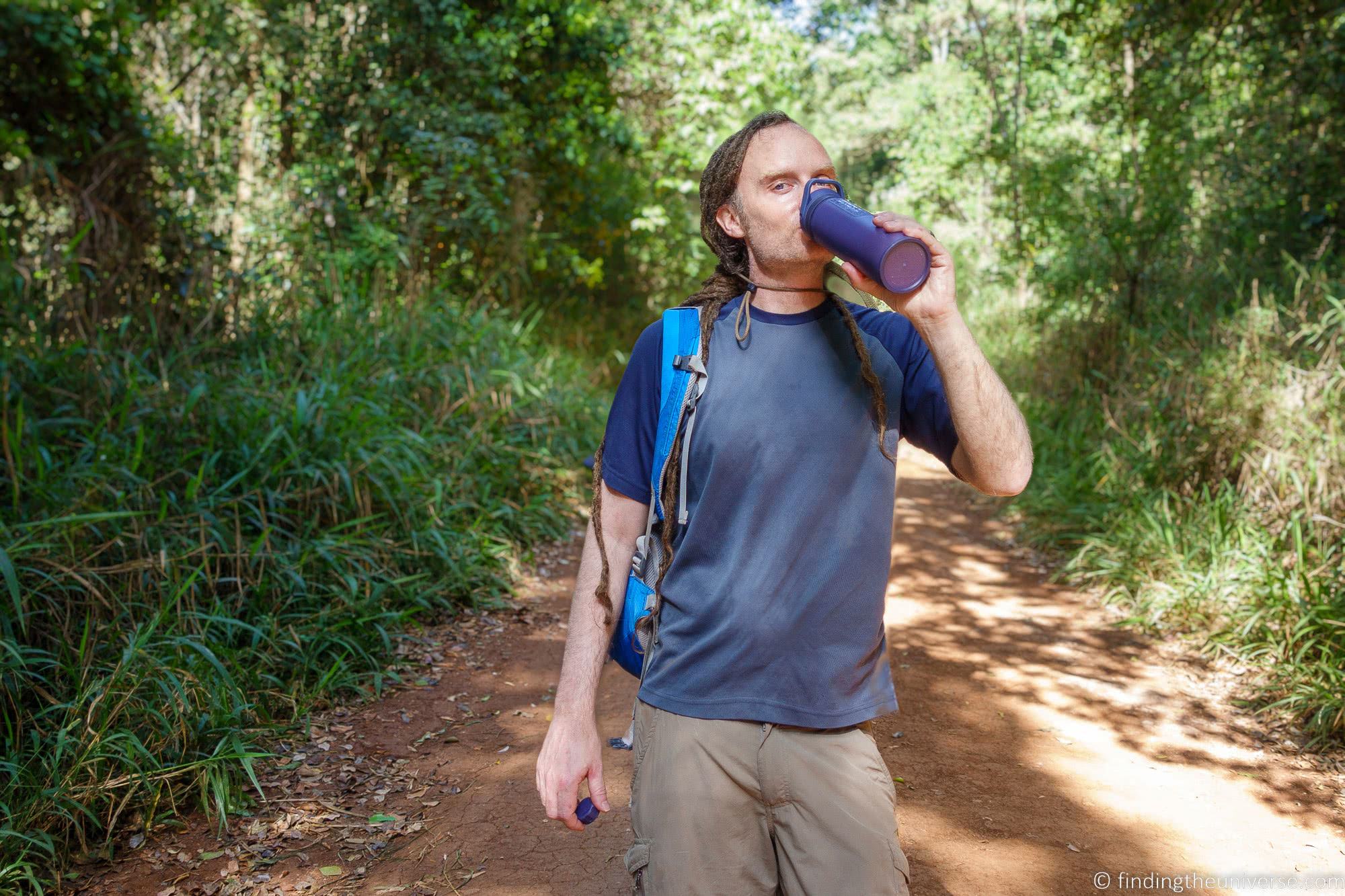
Entertainment Items
Whilst a safari is very entertaining in of itself, there will be periods of downtime, such as long drives between game reserves, flights, or afternoon and evening periods between game drives.
For these periods, you may want to bring some entertainment. We always like to travel with a pack of playing cards for example, as well as some books to read.
Many hotels and safari lodges will have a small book swap service, so you can often swap books as you go. A Kindle or similar eBook reader can also be a good investment if you read a lot.
Another thing we love to do when we travel is to keep a travel journal. On safari this can serve as a reminder of what we have seen and done each day, and it makes for a lovely keepsake.
See our guide to the best travel journals for some of our favourites.
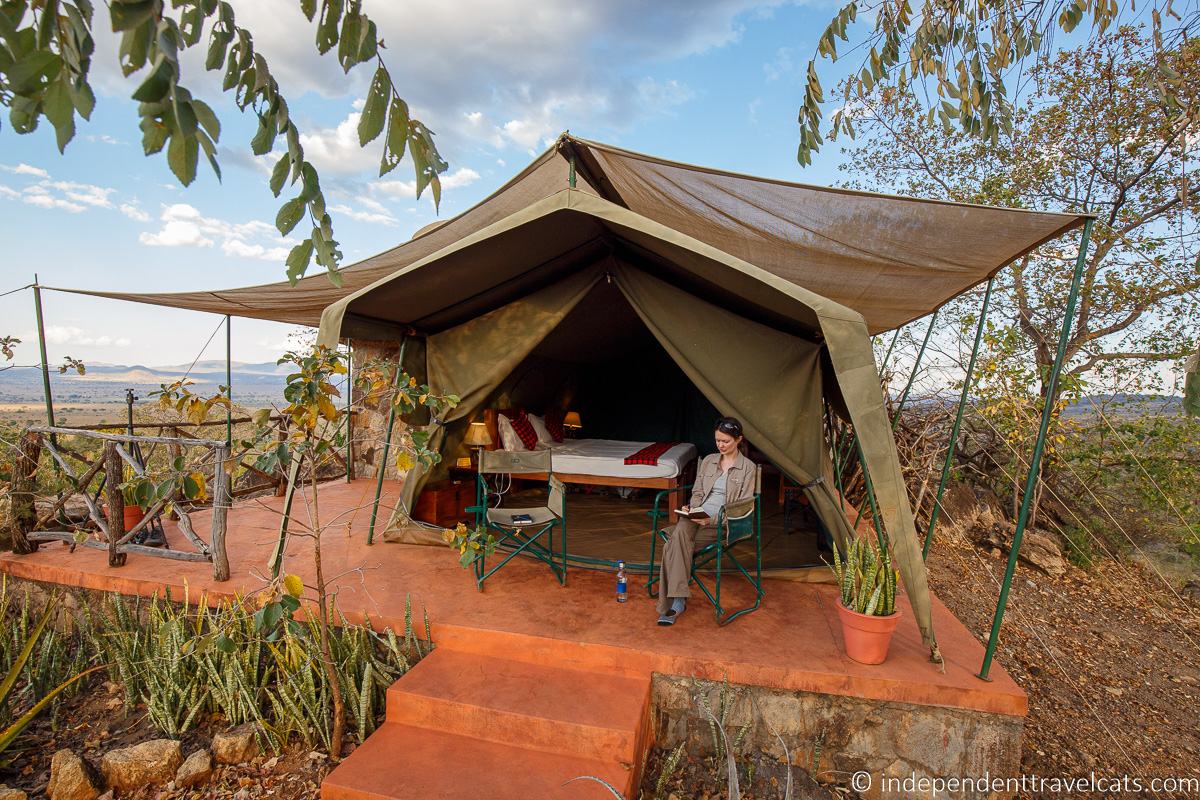
Safari Packing Checklist
Here’s a full safari packing checklist to help you remember what to bring on your trip for reference.
- T-shirts / tops
- Button down shirts
- Sweater / fleeces for layering
- Trousers / Pants / Shorts
- Comfortable walking shoes
- Hiking boots (if needed)
- Sandals (if needed)
- Nicer outfit for evening wear if required
- Wide-brimmed hat
- Raincoat or poncho
- Coat (if needed)
- Hat / gloves (if needed)
- Reusable water bottle / water filter
- Skincare items (cleansers/soap/creams etc.)
- Chapstick with SPF
- Sun cream / Sunscreen (SPF 30+)
- Insect repellent
- Basic Medications and first aid items (incl. anti-malarials and prescriptions)
- Hygiene Products
- Hair care items (shampoo/comb/hair ties, etc.)
- Razor / tweezers / nail clippers
- Eye mask / ear plugs
- Other __________________
- Camera and lenses
- Photography bean bag
- Memory cards
- Spare batteries / chargers
- Camera accessories
- Headphones / ear buds
- Portable power pack
- Travel adaptor
- Cables / chargers
- hiking day bag, duffel bag (if needed for porter), gaiters or leech socks / hiking poles / hiking clothing, reusable water bottle or hydration pack (like Camelbak), head lamp or flashlight, any camping gear like sleeping bag etc. (if not provided), Other
- Checked bag
- Carry-on bag
- Visa / proof of onward travel etc (if required)
- Vaccination records
- Jewelry / watch
- Laundry supplies
- Travel journal
- Mini sewing kit
- Reading materials
- Cards / games / puzzle books
- Other ___________________
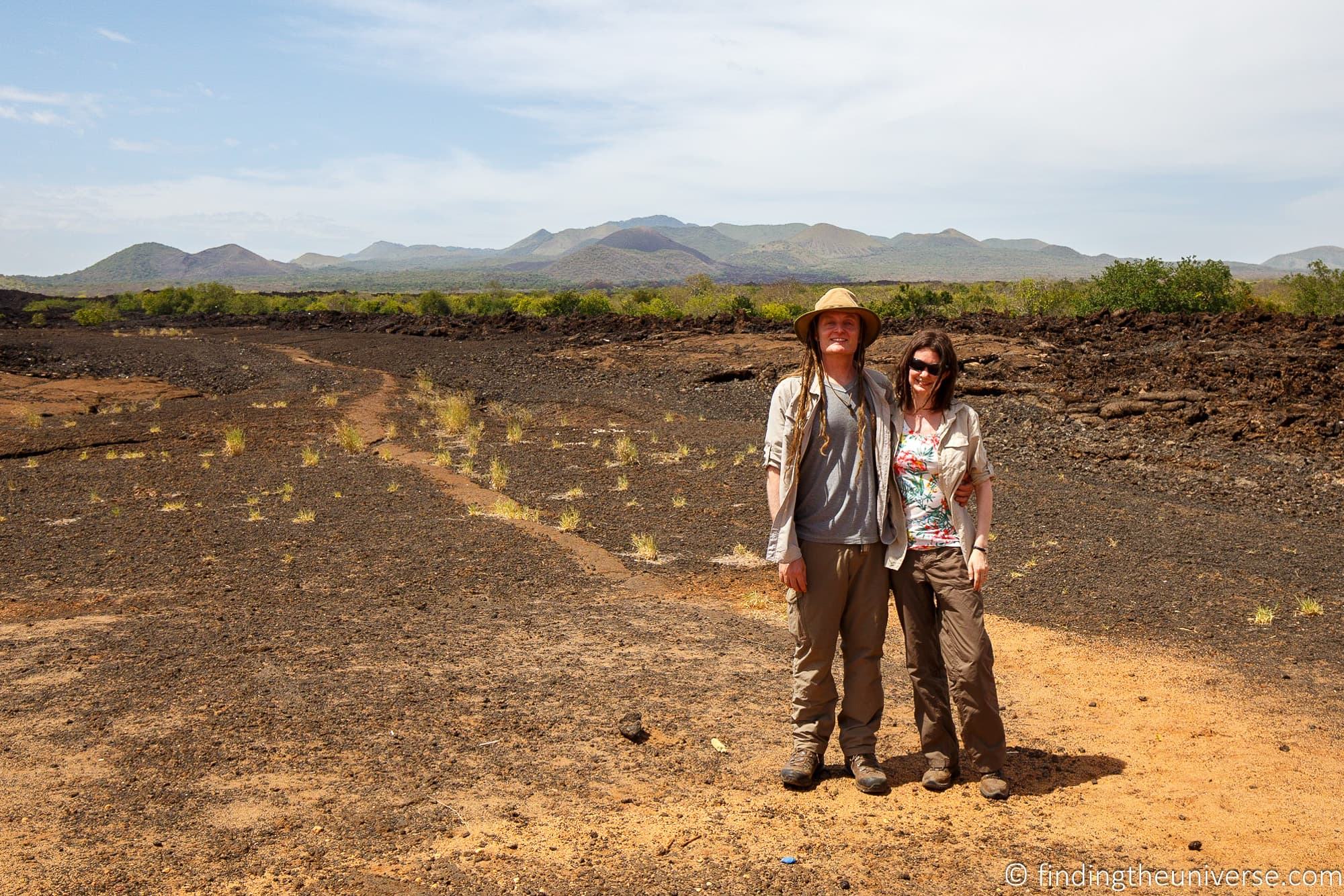
Further Reading
That’s it for our guide to what to pack on safari! We hope you found it useful. We do have some more content that we also think you might find handy when planning your safari.
- Our guide to getting better photos on safari , as well as choosing the best camera for safari
- We also have a guide to the best photography bean bags for safari
- If you are keen on seeing primates, we have a guide to gorilla trekking as well as a guide to chimpanzee trekking
- We have a guide to getting online when travelling , to help you stay connected on the go
- You’re going to need to power all your devices when you travel – see our guide to the best travel adapters so you can choose the right one for your trip
And that’s it! As always, we are happy to try to answer any questions you may have about planning your own safari. Just pop them in the comments below, and we’ll get back to you as soon as we can.
Or if you have been on safari and want to share your own experiences or advice about packing for a safari, feel free to share it below!
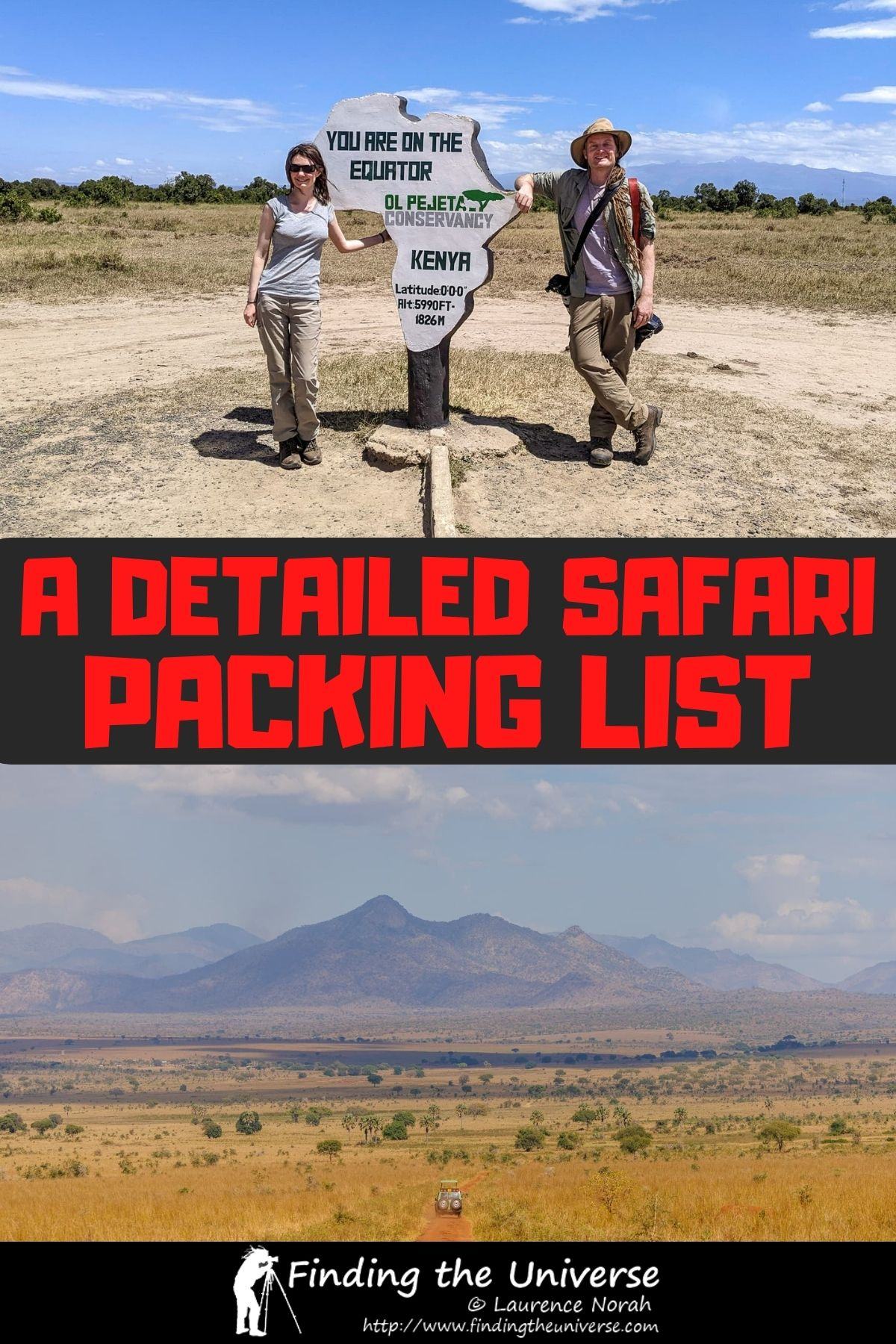
Enjoyed this post? Why not share it!
There are 4 comments on this post
Please scroll to the end to leave a comment
25th March 2024 at 12:26 pm
Hello there, I am wondering about packing jackets or coats for an upcoming safari trip to South Africa? It will be myself, a friend, and my teenage daughter. We have never been and will be visiting during the country’s winter season (July). We’ll be in both north and south parts of the country and we’ve been told to prepare for cool weather and rain, as well as warm sunny weather, but not too much else. Going on a 10 day planned safari tour and need to keep our packing to a minimum as I think there are size/weight requirements for parts of the journey. Wondering how you would decide about what to bring for warmth and rain given the time of year?
Also, if the 3 of us share a photo beanbag, which one might you suggest for someone who has little space?
Appreciative of any advice you can share with me and thanks for such a great article on packing for a safari – it has been a great help for us as we come up with what we need to buy for our trip to South Africa!
Laurence Norah says
25th March 2024 at 6:41 pm
Sounds like you have a wonderful trip coming up!
Having visited South Africa in July I can confirm that it definitely gets pretty cold, especially at higher elevations. In July in Johannesburg it’s not unusual to have temperatures close to freezing for example. So you are definitely going to want warm clothes for your trip.
I would recommend packing a number of layers so you can take them on and off as the day warms and cools, and you can also then mix and match to suit. If you are particularly sensitive to the cold you might consider thermal baselayers, but the challenge with those is that as it gets warmer you will likely find they are too hot and removing a base layer in the middle of a safari is going to be more challenging.
So a good warm coat as your outer layer is probably going to be your best bet, and then a long sleeve mid-layer fleece followed by a baselayer. You might also appreciate a warm hat and gloves. A lot of safari time takes place early in the morning and in the evening, when temperatures are going to be lower. I would personally bring a lightweight rain jacket or poncho and a warmer jacket. Then if it’s warmer in the day and raining I can still wear the rain jacket, rather than having a heavy waterproof jacket that might be too warm.
A good down (or down style) jacket will be fairly lightweight and still warm, so that might be the best option. Fleece is also a light material.
For a photo bean bag I’d probably recommend the smaller Kinesis Safari Sack 1.4 which is pretty small. If you get buckwheat that is very light, or you can buy something like kidney beans when you arrive in country. If you have larger camera gear then the Kinesis 4.2 is also a great pick, I own of these and it works great. It’s also worth noting that most bean bags are very light and small when empty, they only start to take up weight and space when they’re full.
I hope this helps, have an amazing time on safari and let me know if you have any more questions!
Glenn M. says
9th September 2023 at 6:32 pm
Just wanted to stop by and say that this is such a wonderful post for anyone packing for a safari for the first time (or second time!). We have been lucky to do a couple of African safaris in our life and it was fun to read over this and remember them even if our safari days have probably come to an end. Definitely second the recommendations for Craghoppers (if you know, you know!) and for bringing soft sided luggage, hard wearing clothes, comfortable high-top hiking shoes/boots, lots of sun cream & insect repellent, a hat, earbuds, and some physical things to do (books, cards, journals, etc.) in the evenings and on long driving days.
Also woudl add for those who wear glasses like myself, those eye glass things that attach to your glasses with a cord and keep your glasses from coming off. Can also be useful for sunglasses as my wife and son wore them as well. They saved my glasses a couple of times and they are very cheap to buy. Maybe somethign to add to your otherwise great safari packing list here?
Also my wife always brought a few little souvenirs or useful items from home for our main driver and guide on the trips to give them as a small token of our appreication.
10th September 2023 at 2:57 pm
Thanks so much! Your tip on a sunglasses holder is a good one, Jess does actually normally travel with one and also finds it invaluable. I will definitely add that to our post. I also like your idea of bringing things from home as gifts for your guide, that’s a lovely idea.
Thanks for stopping by and sharing your thoughts! I’m actually hiking in Wales in my Craghoppers at the moment. Such great pants 🙂
Leave a Reply Cancel reply
Your email address will not be published. Required fields are marked *
Let me know when there's a reply to my comment (just replies to your comment, no other e-mails, we promise!)
Subscribe to our monthly Newsletter where we share our latest travel news and tips. This also makes you eligible to enter our monthly giveaways!
We only ask for your e-mail so we can verify you are human and if requested notify you of a reply. To do this, we store your data as outlined in our privacy policy . Your e-mail will not be published or used for any other reason other than those outlined above.
Every product is independently selected by (obsessive) editors. Things you buy through our links may earn us a commission.
What to Pack for An African Safari, According to Trip Organizers
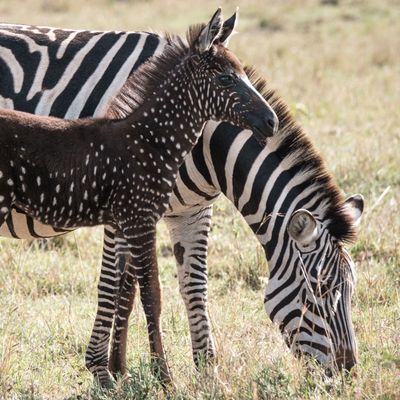
Packing is hard. Especially when the destination might involve giant mosquitoes or Instagram-worthy hiking trails. What do frequent travelers to these spots — the ones who best know how to prepare for the conditions — put in their suitcases ? We’ll be tackling this in our series “ The Trip List .”
Going on an African safari and spotting animals like lions and zebras in their natural habitat is a once-in-a-lifetime opportunity. Since it’s not something most people do very often, it’s also not the easiest trip to pack for. For those lucky enough to have a safari in their future, we’ve rounded up a group of experienced tour guides and travel planners (with hundreds of safaris collectively under their belts) to help you out.
“People always overpack. I think that’s the biggest mistake,” says Deborah Calmeyer, founder and CEO of the safari trip organizer Roar Africa . She explains that, in terms of clothing, you generally just need a few casual pieces, as there aren’t many occasions to dress up on safari. Most lodges also offer laundry service with a quick turnaround time, so there’s no need to pack a new outfit for each day of your trip. Instead of prioritizing style, safari experts say to focus on layering , as you’ll spend most of your time outdoors on game drives in open-air vehicles. It might be chilly when you leave your lodge in the early morning but heat up quickly when the sun comes out. “If you’re out after sunset when the temperature drops, those layers will come in handy again,” says Calmeyer.
Before you start packing, learn the luggage requirements of your particular trip, which will determine how much you can bring. Even if you fly to Africa on a major international airline, once you’re in the bush, you’ll travel from site to site on small aircrafts with limited space. “The portal leading into the luggage compartments is quite small, and the bags have to be smushed and manipulated into these little cargo areas,” explains Kota Tabuchi, the managing director for African travel at the trip-planning consultancy Travel Beyond . Depending on your destination, weight limits can range from roughly 33 to 42 pounds, with lower limits more common in East Africa and higher maximums generally seen in South Africa. Choose a soft duffel bag (check your airline’s rules to confirm whether wheeled bags are allowed), as you can’t bring hard-sided luggage on many small planes.
You’re likely going on safari to encounter wild animals (especially the big five: lions, leopards, rhinoceroses, elephants, and buffalo), so don’t scrimp on binoculars and cameras that will help you get the best view and capture the best memories of your sightings. Below, our experts share their top picks for the gear that’ll make your trip comfortable and memorable, plus everything else you’ll need for a perfect safari.
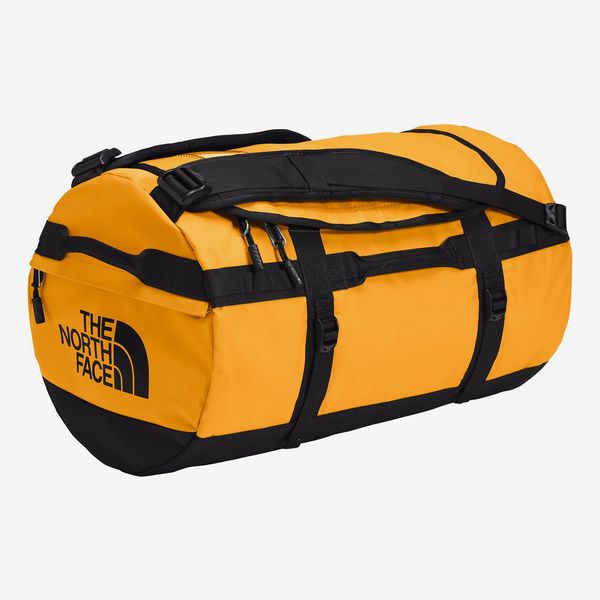
As stated above, a soft-sided duffel bag is your best bet for traveling on safari. Tabuchi has owned this North Face bag for more than 15 years now and has brought it on multiple safaris each year. He calls it “absolutely bombproof.” The lightweight and roomy duffel should hold everything you need, and it is compliant with most African airline requirements. If you want another option, Tabuchi also likes the very similar Patagonia Black Hole bag (a longtime Strategist favorite ).
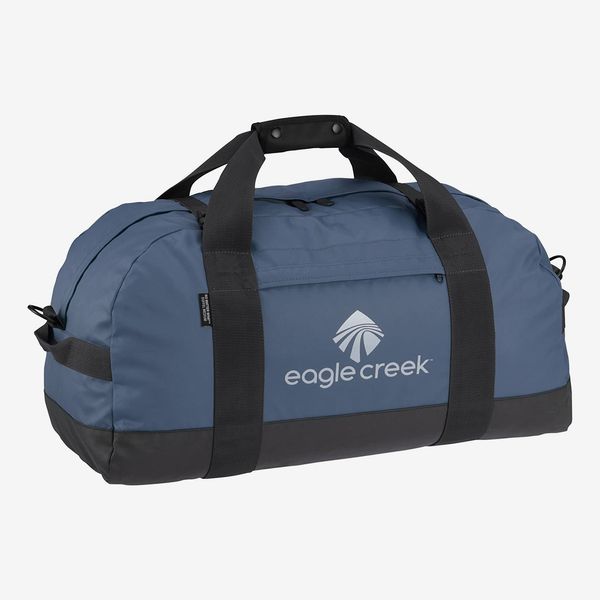
At under $100, this bag is an affordable pick that was mentioned by several safari pros, including Ina Steinhilber, president of tour operator Thomson Safaris . It’s lightweight, too, clocking in at just over two pounds, leaving plenty of room under the weight allowance for your stuff.
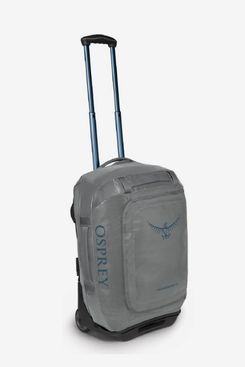
If you’re allowed to bring a soft duffel with wheels, this Osprey bag gets rave reviews from Wil Smith, founder and director of travel organizer Deeper Africa . “Make sure the bag is water resistant and has a storm flap over the zipper,” he says. “On a safari, you’re out on bumpy roads, and you never know if your bag’s going to end up out in the rain, dust, or dirt. It probably won’t, but you want to prepare for anything.” He says this bag checks all his boxes and even has lockable zippers.
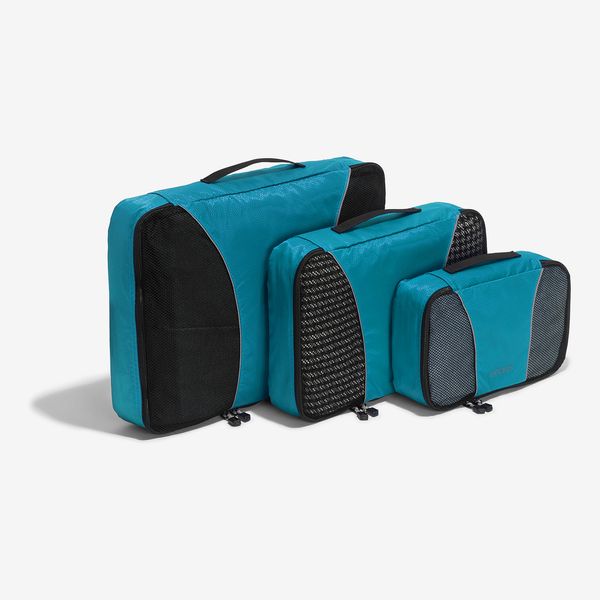
“These are a must for finding clothing easily in the soft-sided duffel,” says Kristina Jackson, a senior safari and Kilimanjaro travel consultant at Thomson Safaris. Many frequent travelers have recommended packing cubes to us in the past (including the eBags set) because they compress your gear to save space — even more crucial when you have a tight luggage allotment. “After safari, you may find yourself using them more often,” says Jackson. “They make traveling so easy.”
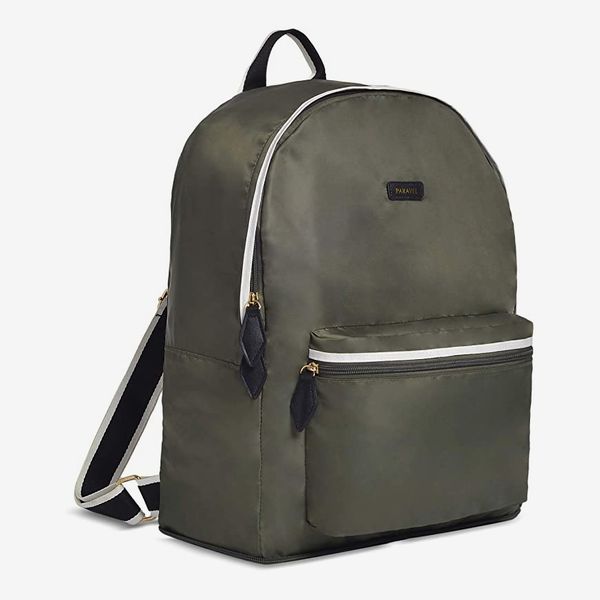
According to Joel Cody, sales and marketing director at Thomson Safaris, you’ll also want a backpack for your daily game drives to carry things like extra layers, bug spray , and binoculars. Because it folds down into a compact pouch, he suggests this Paravel backpack, as you can easily fit it into your larger luggage.
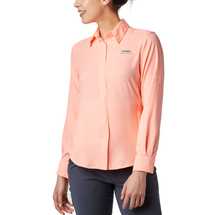
“Layers are the most practical way to cope with fluctuating daytime and nighttime temperatures,” says Sherwin Banda, president of the safari trip operator African Travel , and pretty much all of our experts agree. A basic tee is a good first layer, and in the summer you might not need more than a long-sleeved shirt on top for the chilly morning and evenings. “We all have one of these,” says Ali Riley, art director of Thomson Safaris, of this polyester button-up. She likes that it’s comfortable, moisture-wicking, and offers UPF 40 protection from the sun.

If you prefer natural fibers, Cody recommends these linen long-sleeved shirts from Uniqlo. “They’re lightweight and comfortable, and you can wear a T-shirt or tank underneath for layering,” he says. “They look good after they’re washed and are available at an excellent price point.”
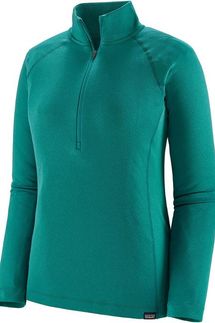
Patagonia pieces came up a lot among our experts, who like how they’re made sustainably and designed for travel and adventure. For a slightly warmer second layer, Cody likes this half-zip, which is made from a moisture-wicking fabric and locks in body heat. He tells us it “provides warmth without bulk, and doesn’t take up much room in a backpack.”
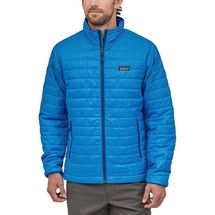
An even warmer jacket is a good option to have with you even in the summer. Elizabeth Gordon, co-founder and CEO of the safari company Extraordinary Journeys , explains that many popular safari locations, such as Tanzania’s Ngorongoro Crater, are located at high altitudes and may be chilly year-round. For cold nights and mornings, she loves Patagonia’s Nano Puff jackets. “They weigh practically nothing and somehow always keep me at the right temperature,” she says. For a less-expensive option, Gordon also likes ultralight down jackets from Uniqlo, available for both men and women .
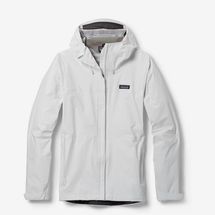
“A light rain jacket can double as a windbreaker, so it’s good to bring no matter the time of year, [especially] with the changing rain patterns,” says Gordon. She says spring and fall are typically the rainy seasons in East Africa, but climate change has made the weather less predictable. To make sure you’ll have coverage in the event of an unexpected storm, she recommends this packable, lightweight Patagonia jacket.
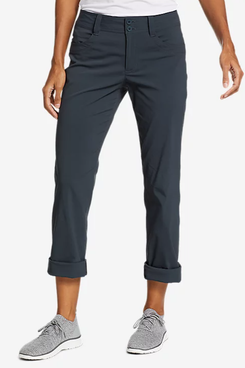
There’s no need to go out and buy special pants for your safari — chinos , leggings , and shorts are all generally fine (though some experts advise against jeans because they’re heavy to pack). If you want to really get in the spirit, however, Riley suggests these convertible pants from Eddie Bauer. You can wear them as long pants in the morning and then roll them up into capris when the weather heats up. “They’re extremely comfortable, if not overly stylish,” she says. Here’s a similar style for men that unzips into shorts. Even if it’s warm out, our experts like having the option of long pants in the evenings when mosquitos are out.
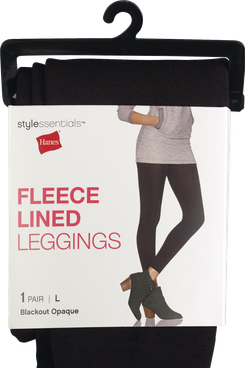
Leggings and yoga pants are especially popular on safari because they’re lightweight and comfortable, especially if you’re going to be sitting in a Jeep all day. If you anticipate being cold, a fleece-lined pair is good to have too. “In case you get a cold night in Ngorongoro, these are great to sleep in, are inexpensive, and don’t take up a lot of room,” says Cody.
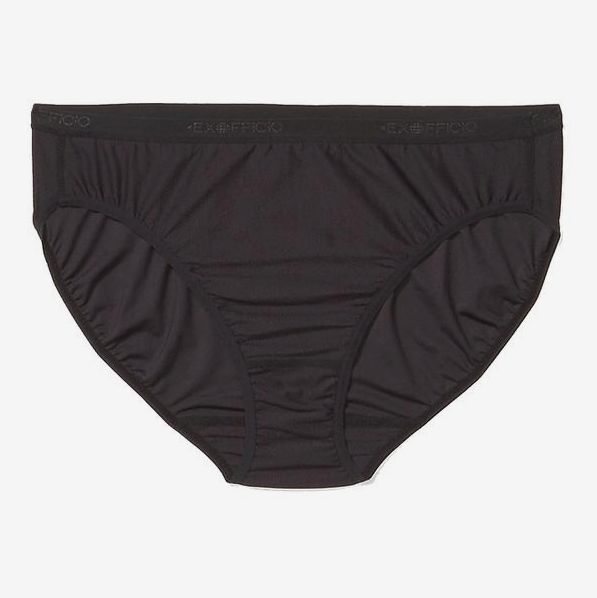
Although most lodges have laundry services — often complimentary for guests — many won’t wash women’s underwear because of cultural norms in certain countries. Since you may have to wash your own underwear in your bathroom sink, go with pairs made for exercise or travel that are designed to be fast-drying. “Ideally you want clothing that is easy to wash and dry,” says Smith. He includes underwear in this category, especially for women. Ex Officio (which makes some of our favorite men’s and women’s underwear) specializes in quick-drying materials that’ll make it easy for you to do your own wash.
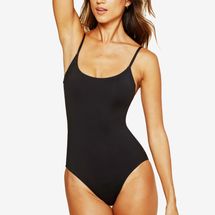
Gordon points out that most lodges have pools, and getting in an afternoon dip is a great way to cool down after a long day out in the bush. Obviously, go with whatever swimsuit you love, but if you want some Strategist-approved picks, check out out recommendations for men and women (plus bikinis ). Here are two crowd-pleasers that earned our seal of approval.

Unless you’re trekking through the mountains to see gorillas, safaris are mostly sedentary experiences spent on Jeeps or Land Rovers driving through wildlife preserves to catch a glimpse of the big five. Our experts say there’s no need to waste precious luggage space on heavy hiking boots , as you’ll likely be doing only a bit of walking outside the vehicle. Jackson suggests wearing Toms. “They’re perfect to slip on and off while in the vehicle throughout the day and are also very lightweight.” Similarly, her colleague Cody swears by Vans, telling us, “They’re so easy to take off and on and are washable. I wore these all the time.”
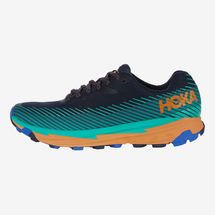
If you do anticipate doing more active walking on your trip, both Smith and Tabuchi recommend trail-running shoes. They’re not as bulky as hiking boots (which our experts say aren’t necessary for most safari terrain) but still offer stability and traction. “They’re very sturdy,” says Smith. “You want good traction because if you get out of the car and it has been raining, the ground may be a little slippery.” Tabuchi says any trail runners with a solid rubber sole should do the trick. The lightweight Hoka One One Torrent is popular among trail runners and should be rugged enough to get you through your safari adventure.
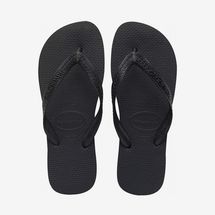
Although our experts recommend closed-toe shoes while you’re out on game drives, they say to also bring a pair of flip-flops or sandals for when you’re relaxing back at your home base. “It’s great to have some comfortable flip flops for your tent or your lodge or around the campfire,” says Smith. You’ll also want to wear your flip-flops at the pool if your lodge has one. Brazilian-made Havaianas are an affordable yet stylish option that we’ve written about before .
Accessories
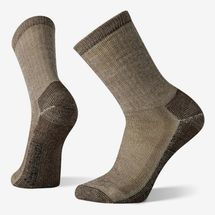
In the past, we’ve covered how merino-wool socks are ideal for all types of activities including running , biking , and hiking . Their temperature-regulating and moisture-wicking properties also make them perfect for safari. Steinhilber says Smartwool socks will “keep your feet warm on cool nights” and, given their lightness, will also be comfortable on daytime game drives.
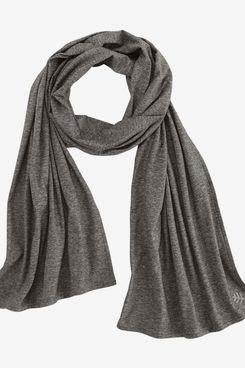
Calmeyer says a shawl or pashmina will “never go to waste on safari” because it’s an all-in-one piece that you can use to stay warm, block out the sun, or even zhuzh up your casual clothes for a candlelit dinner back at the lodge. Gordon agrees, telling us she always brings a scarf “to dress everything up, or protect from dust.” Nicole Scherr, a former marketing project manager at Thomson Safaris, likes this specific shawl because it’s lightweight, quick-drying, and has UPF sun protection. “It’s great for the plane because it becomes a small blanket, and it’s also light enough to drape over yourself in the vehicle to protect from getting a burn,” she says.
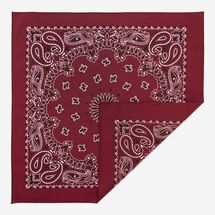
If you’re not into shawls, a bandana or multipurpose gaiter can help with sun protection and keeping dust off your face. These two are favorites of the Thomson Safaris team. The UV-protective Buff also has built-in insect repellent, which you’ll appreciate when the mosquitoes come out.
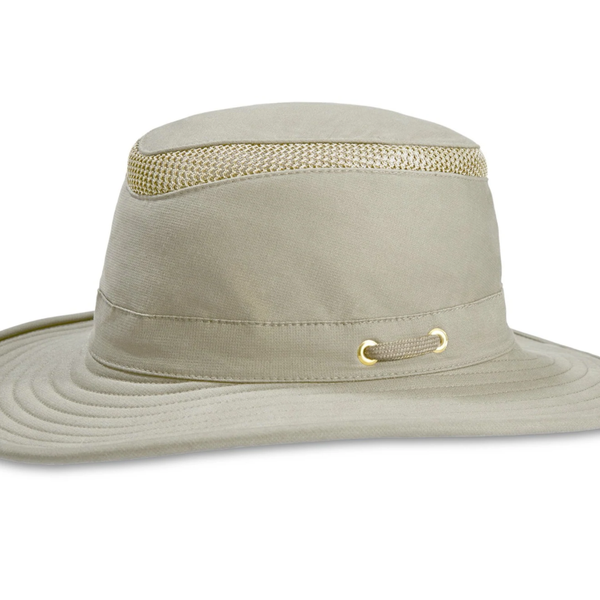
Since you’ll be out in the sun for most of the day, all of our experts recommend a hat — both to prevent burning and to keep the sun out of your eyes so you can focus on the wildebeest migration or whatever amazing sight you’ve come across on your drive. Tabuchi recommends “a baseball cap at the very minimum,” but if you want even more coverage, several of our experts suggested a wide-brimmed hat like this one from Tilley, which is a top choice among Thomson Safari guides. It’ll cover the front and back of your neck, and it’s also packable, so you can cram it into your luggage and it will retain its shape when you take it out.
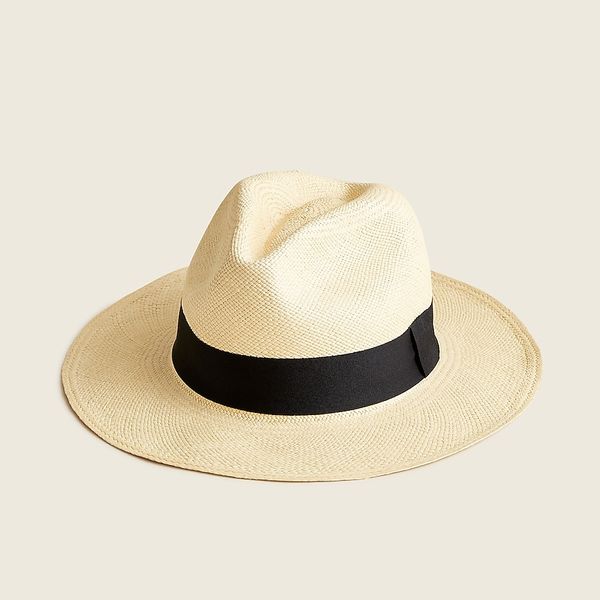
While the classic safari hat above is practical, Gordon admits it’s not the most stylish; she prefers a Panama hat like this one. You’ll get nearly as much sun protection in a bit more fashionable of a package.
Binoculars and cameras
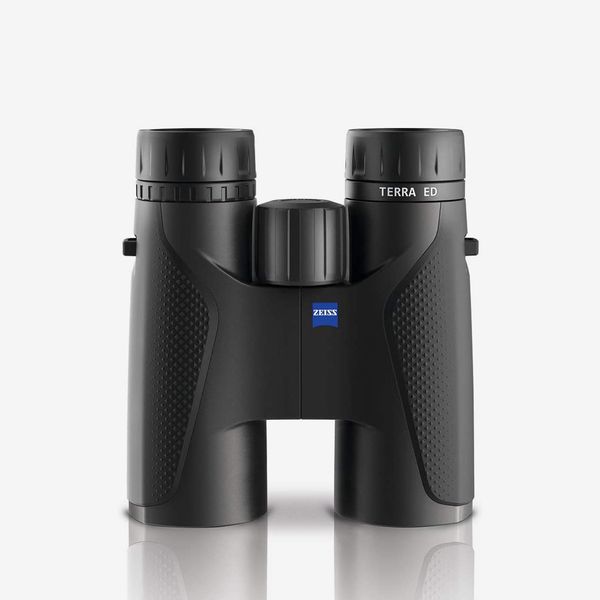
“You can’t go on safari without these,” says Steinhilber, and nearly all of our experts agree that a good pair of binoculars will enhance your trip. How close you’re able to get to animals will depend on where exactly you’re going on safari, but Tabuchi explains that in many national parks and game reserves, vehicles are restricted to the road networks, so your driver won’t be able to go off-road to follow a pride of lions or elephants bathing in a river. That’s when binoculars will really come in handy. Although some lodges and game drives provide loaner pairs, Calmeyer says you’ll often end up having to share these with other guests, so it’s worth bringing your own. Gordon adds that “not having binoculars holds you back.”
All binoculars are labeled with two numbers. The first represents the magnification power (for example, “10” means objects will appear ten times bigger than they actually are), and the second is the lens diameter, which determines the field of vision. Binoculars can range in price from under $100 to well into the four figures for a Swarovski pair that Smith calls “the envy of every safari guide and bird enthusiast.” For a safari, Smith says to look for a pair with minimum specs of 8x42, like this mid-range model from Zeiss. With these, Smith says you’ll be able to zoom in on incredible sights like a rhinoceros 1,000 yards away.
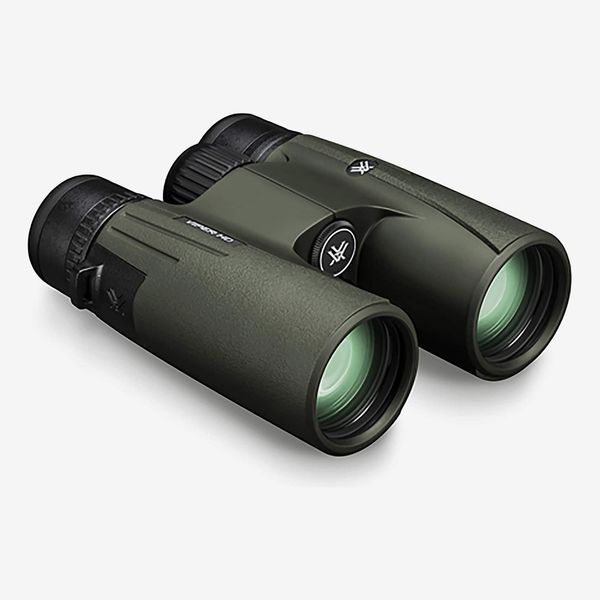
If you’re willing to make more of an investment, the Vortex Viper 10x42 are Smith’s personal favorite binoculars. “Those are really good binoculars at a very reasonable price,” he says. “I think the glass is good; it’s stable. I’ve had people compare them with much more expensive binoculars.”
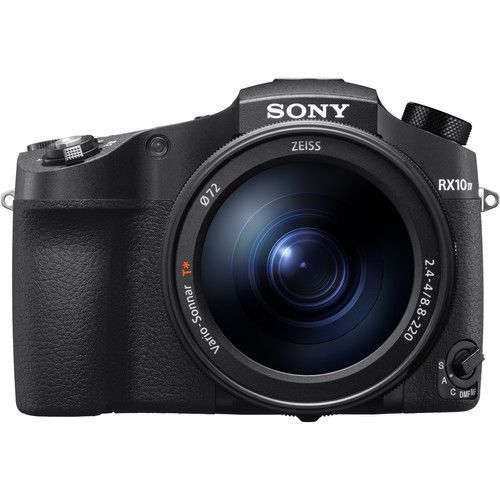
Smartphone cameras are so high-quality these days that experts say you’ll be able to get a lot of great shots with your iPhone — but on safari there are occasions when you’ll want a traditional camera. Like binoculars, a camera will be useful when your drive can’t get close to an animal and your phone camera’s zoom isn’t strong enough to shoot a clear picture from 50 yards away. Tabuchi adds that there are some areas where smartphone photography is banned to protect rhinoceroses, as poachers have used geotagged photos to track down the animals. And, as Gordon points out, if there’s any occasion to break out your fancy cameras and lenses, it’s Africa. Experts say you’ll want a minimum of 300-400mm zoom lenses for shooting at typical safari distances.
This Sony is a favorite of both Smith’s and Tabuchi’s. A bridge between an entry-level point-and-shoot and a high-end DSLR, it has an adjustable telescopic lens that zooms out to 600mm, more than enough to capture lion paws or the eyes of an elephant from a distance. Compared to a DSLR camera with multiple lenses, this one “takes up less space,” Smith says, “and you don’t have to mess around changing lenses.” Tabuchi calls it “stellar,” telling us “it’s got the functionality and zoom capabilities of a DSLR but has enough automatic features in there for dummies like myself.” (If you do choose to go the DSLR route, Tabuchi recommends renting additional lenses from Lensrentals.com to save money on expensive kits you might not use after your safari.)
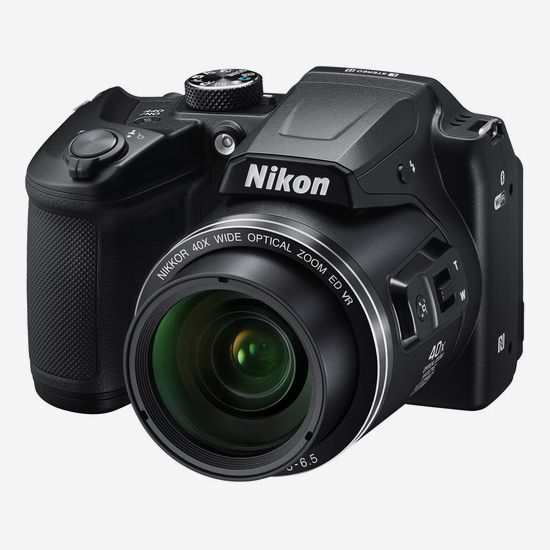
Here’s a more affordable bridge camera that made Calmeyer’s list of recommended models for Roar Africa safari guests. She admits it won’t be as powerful as a DSLR, but for the price it’s a solid option for capturing both close-ups of animals and sweeping landscape shots.

Even pre-pandemic, experts recommended packing hand sanitizer, since you might be eating lunch straight off a game drive or need to take a bathroom break out in the bush and far from running water. Of course, by now we all have our own sanitizer preferences, but Steinhilber especially likes this lavender one because she says it “doesn’t have that terrible antiseptic odor.” (Interestingly, it’s also Sarah Michelle Gellar’s favorite .)
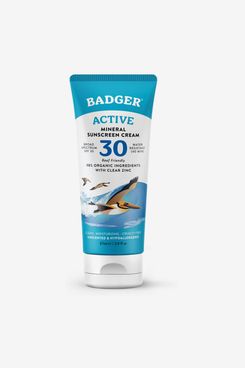
“The African sun is brutal,” says Calmeyer, and a good sunscreen is an absolute must. Any type you prefer will work as long as it has a high SPF, but if you want a safari-approved pick, Jackson says Badger is a solid “all-natural brand to use all day long.”
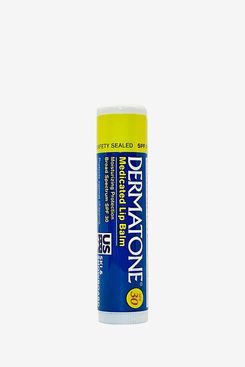
Don’t forget lip protection. Steinhilber says any lip balm you choose must have a strong SPF. She uses this one from Dermatone.
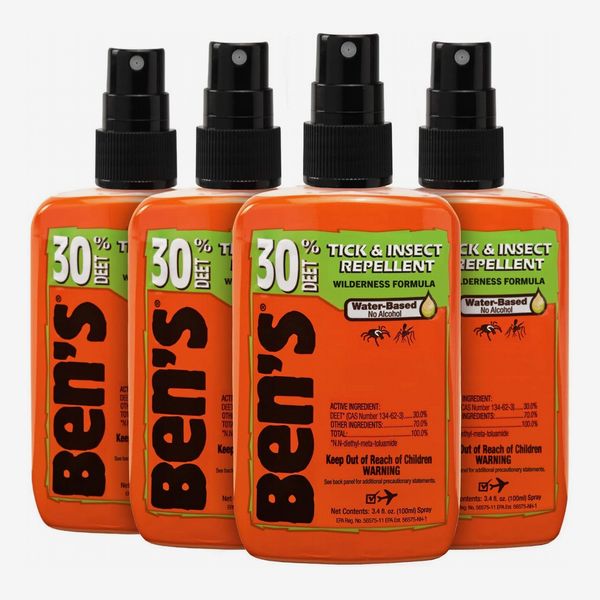
Mosquitos, tsetse flies, chiggers, and other critters are often unavoidable on safari, but a good bug spray can reduce your chances of getting bitten. Now’s not the time for organic essential-oil-based repellents that experts say won’t be up to the task. Instead, you’ve got to bring in the DEET. Brittany Silva, a safari trip manager at Thomson Safaris, says this 30 percent DEET spray is one of the best. Another good option is to wait until you land, so that you can buy bug spray from an African company and feel confident that it’s designed to repel the local insects. Calmeyer suggests the brands Peaceful Sleep and Tabard . “They work better than anything I’ve ever got from anywhere else,” she says. Gordon agrees, calling Peaceful Sleep “magical.”

If you’ve read our coverage of the best tick repellents , you know we’re already big fans of this permethrin spray, which can be used to treat clothing and gear. Smith, along with the team at Thomson Safaris, also uses it and likes the extra protection it provides. You can spray it on your shoes, your hat, and anything else you might be wearing to keep bugs at bay.

If you really don’t want to use DEET (which can be smelly and irritate skin), Smith suggests the non-toxic ingredient picaridin as an alternative. “It comes in nice, soft lotions that smell good,” he says, “and it’s just as effective as high-concentration DEET.” He says this Sawyer lotion feels gentle and non-greasy on your skin.
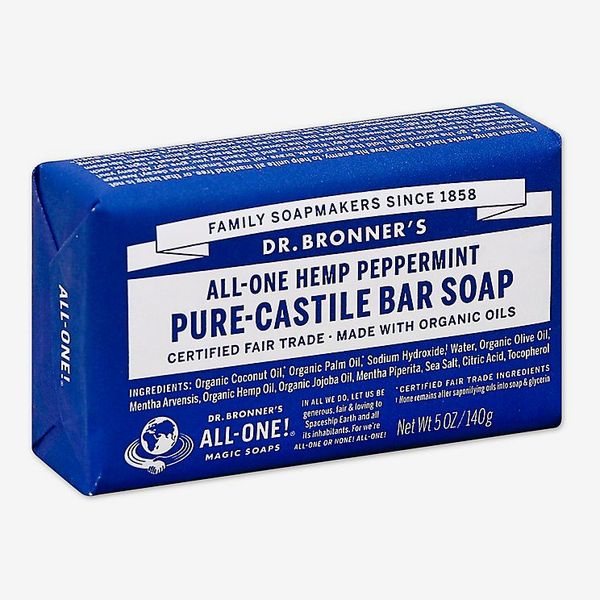
Even if your lodge has a laundry service, if you’re moving between places quickly and won’t be at a specific lodge for more than one night, Smith recommends packing soap for washing your own clothes. He says, “You can just wash your stuff and hang it up to dry while you’re sleeping, so you always have something clean.” Also, bringing your own soap is a must if your lodge won’t wash your underwear. Jackson recommends this eco-friendly, biodegradable soap for easy cleaning.
Additional gear
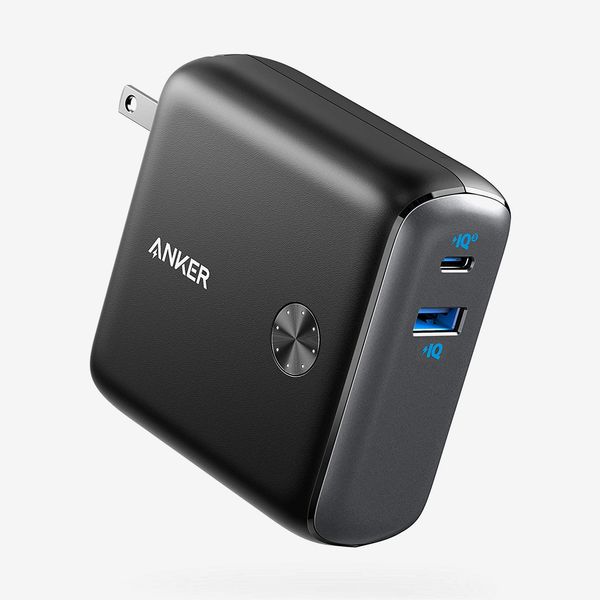
“On glamping safaris to the Serengeti, charging opportunities are generally limited to the vehicles and central lounge areas,” says Andrew Doherty, manager of special-interest travel at Thomson Safaris. Since you might not have a personal charging station in your tent or lodge, he recommends bringing a power bank that you can charge up when you’re near an outlet and then use to keep your phone and other gadgets running when you’re out of reach. “That way, you can continue to scan through selfies and edit safari shots on your phone while lying in bed listening to lions roaring in the distance.”
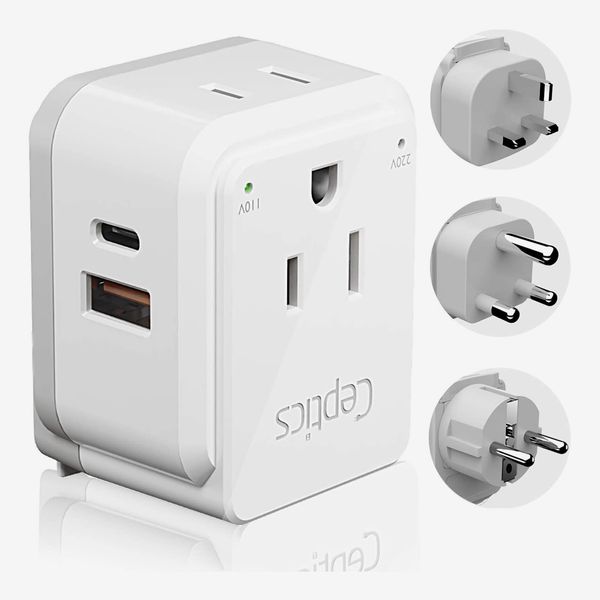
“There are three different plugs in Africa,” says Gordon. “A universal adapter is good to have because if you’re entering different countries, you’re just going to want to have all three in one.” This adapter will work in popular safari countries like South Africa, Tanzania, Kenya, and Uganda.
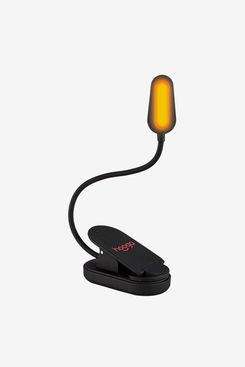
Similarly, not all tents and lodges will have lights and electricity at all times. “A lot of places are on generators or solar panels that aren’t going to be on all day or all night,” says Gordon. “The lights are getting better, but they’re not super-strong.” While she used to bring a flashlight on safari, she says she now just uses the one on her phone, but still packs a book light for reading at night. A headlamp works too, if you prefer, and we’ve recommended our favorite one here .
The Strategist is designed to surface the most useful, expert recommendations for things to buy across the vast e-commerce landscape. Some of our latest conquests include the best acne treatments , rolling luggage , pillows for side sleepers , natural anxiety remedies , and bath towels . We update links when possible, but note that deals can expire and all prices are subject to change.
- packing and gear
- the strategist
- the trip list
Every product is independently selected by (obsessive) editors. Things you buy through our links may earn us a commission.
Deal of the Day
Micro sales, greatest hits, most viewed stories.
- The 17 Very Best Protein Powders
- All the Best Walking Shoes We’ve Ever Written About
- 23 Things on Sale You’ll Actually Want to Buy: From Bathing Culture to Bose
- All of the Best Mother’s Day Gift Ideas
- The 11 Very Best Shampoos
Today’s Top Clicked
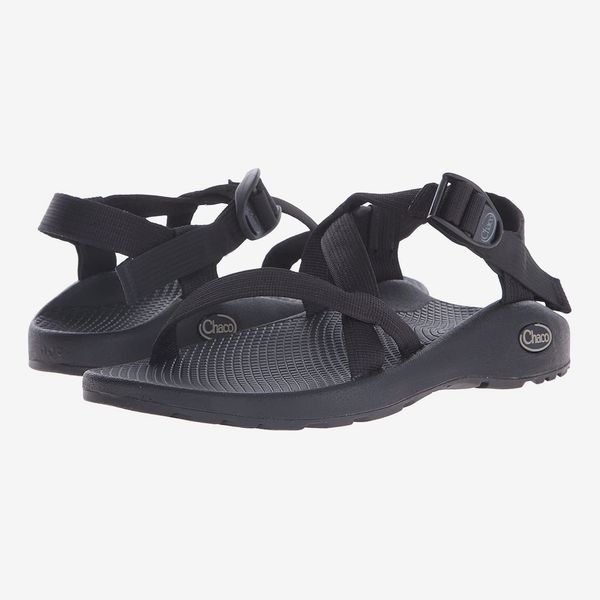
Wanderlust Travel & Photos
Seeing the world one trip at a time.
- Work With Me
- Travel Journal
- Privacy Policy
- Browse by Continent
- Australia Travel
- Peru Travel
- Thailand Travel
- Browse by Region
- East North Central
- East South Central
- Mid-Atlantic
- New England
- South Atlantic
- West North Central
- West South Central
- Central America
- North America
- South America
- Travel Vlog
- Instagram Photos
The Essential What You Need Safari Packing List
LAST UPDATED: 2/11/24 – Essential Safari Packing List
This safari packing list post contains references to products on our Amazon Store site. We may receive compensation when you purchase these products, though we hand-pick and recommend only the products that we are familiar with and enjoy.
If you are in the planning stages for going on safari, let me first tell you how excited I am for you, as this will be an experience you will treasure for a lifetime. For those of you who might not be immediately planning on going on safari, but are interested, let me tell you with every fiber of my being that you should make that dream come true. The sacrifices to get there and go on safari are worth it a thousand times over.
Now that we got that out of the way, let’s talk about what you should and should not bring with you on safari. If you are like I was before I first went, you are probably wondering what you need to bring with you on safari. Don’t worry, you are not alone. Unless you have been on safari before, you likely aren’t familiar with some of the general guidelines for going on safari. This includes what items are essential to bring, and which items you can do without.

In this safari packing list article, I am going to review some of the general packing guidelines for going on safari with you, as well as talk about some of the essential pieces of gear that you will want to bring with you.
Ask Your Safari Operator What They Recommend as Well
Your safari operator will undoubtedly supply you with a list as well, and you should pay close attention to what they suggest you bring and not bring. Every place you visit to go on safari can be different, though these general guidelines should be mostly the same.
General Guidelines
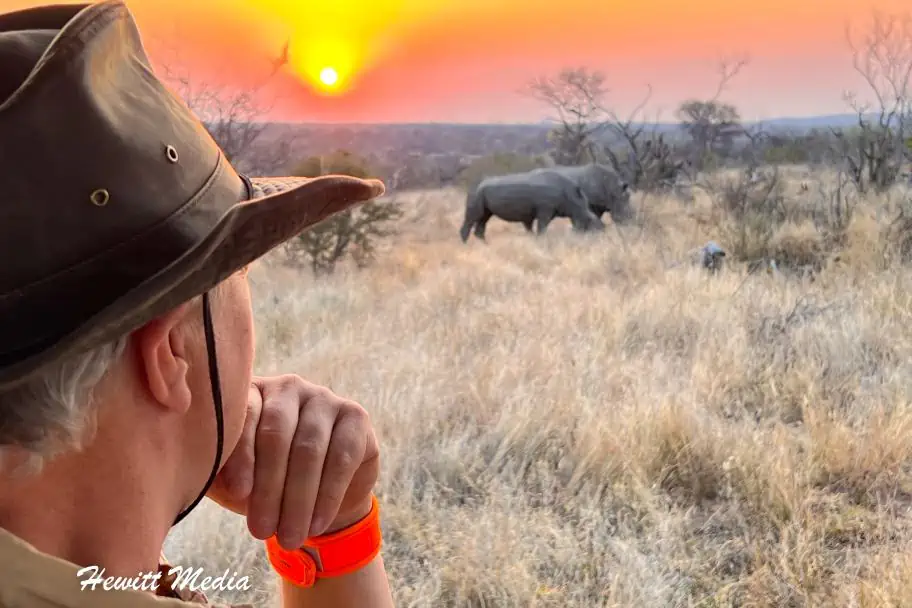
Before we start to talk about which items are essential for you to bring, I think it is important to cover some general guidelines for packing for safari. Keep in mind, that the list I have below is tailored for a 5-day and 4-night safari. If your safari is going to be longer, you will need to adjust your packing list to accommodate extra provisions (such as more shirts and pants).
The first safari packing list guideline is to make sure that you pack light. There typically isn’t a lot of room in the safari vehicle, which means that there won’t be room for an abundance of luggage.
You are going to want to take with you just what you will need. Unless you are instructed otherwise, I wouldn’t bring anything that isn’t on the list below unless you absolutely feel that you must have it with you.
When we went on safari, my wife and I shared one duffel bag for our clothes and gear, and one camera bag for our camera gear. This worked out well because we were each responsible for a bag and our luggage didn’t take up much room in the vehicle.
I would strongly recommend a duffel bag, or other flexible fabric bag, over a hard suitcase if you have one. They are much easier to pack into the safari vehicles.
Make Sure You Protect Yourself From Mosquitoes
One of the most important packing principles when packing for a safari is to ensure you will be protected from mosquito bites. Not just at night, but during the day as well. Mosquitoes are carriers for a lot of deadly diseases, such as Malaria and Yellow Fever, which you want to avoid getting at all costs. Even if you got your immunizations and have an antimalarial, they aren’t guaranteed to protect you.
Your safari operator should provide you lodging with mosquito netting at night, but I would take extra precautions to make sure you are protected. I strongly suggest that you bring long pants and long-sleeved shirts with you, as well as an ample supply of insect repellent.
Make Sure You Bring Protection From the Sun
Another reason to bring long pants and long-sleeved shirts is to protect yourself from the sun. The sun can be quite intense when you are on safari, and you don’t want a bad sunburn to ruin the experience. To avoid getting too hot, I would suggest investing in some breathable pants and long-sleeved shirts to wear. This way you will be protected from the sun and insects, but not get too hot.
Make Sure You Bring Neutral Colored Clothing
When you put together your safari packing list, you are going to want to make sure you pack neutral-colored or natural-colored clothes. While the animals generally can’t differentiate between your safari vehicle and the contents in it, if you wear bright colors (especially bright white), it makes it easier for them to do that. You don’t want to scare the animals away or pique their curiosity in you.
Make Sure You Bring Layers of Clothes to Wear
The temperatures you experience while on safari can vary from hot during the day, to quite chilly at night. And if you are going on safari in South Africa, Botswana, or Zimbabwe, they use open vehicles. This means those early-game drives will be quite cold.
You are going to want to make sure that you pack layers of clothing so that you are prepared. In addition to T-shirts and some breathable long-sleeved shirts, you are going to want to pack a light fleece or sweatshirt for the chilly mornings and nights on safari.
The Essential Gear
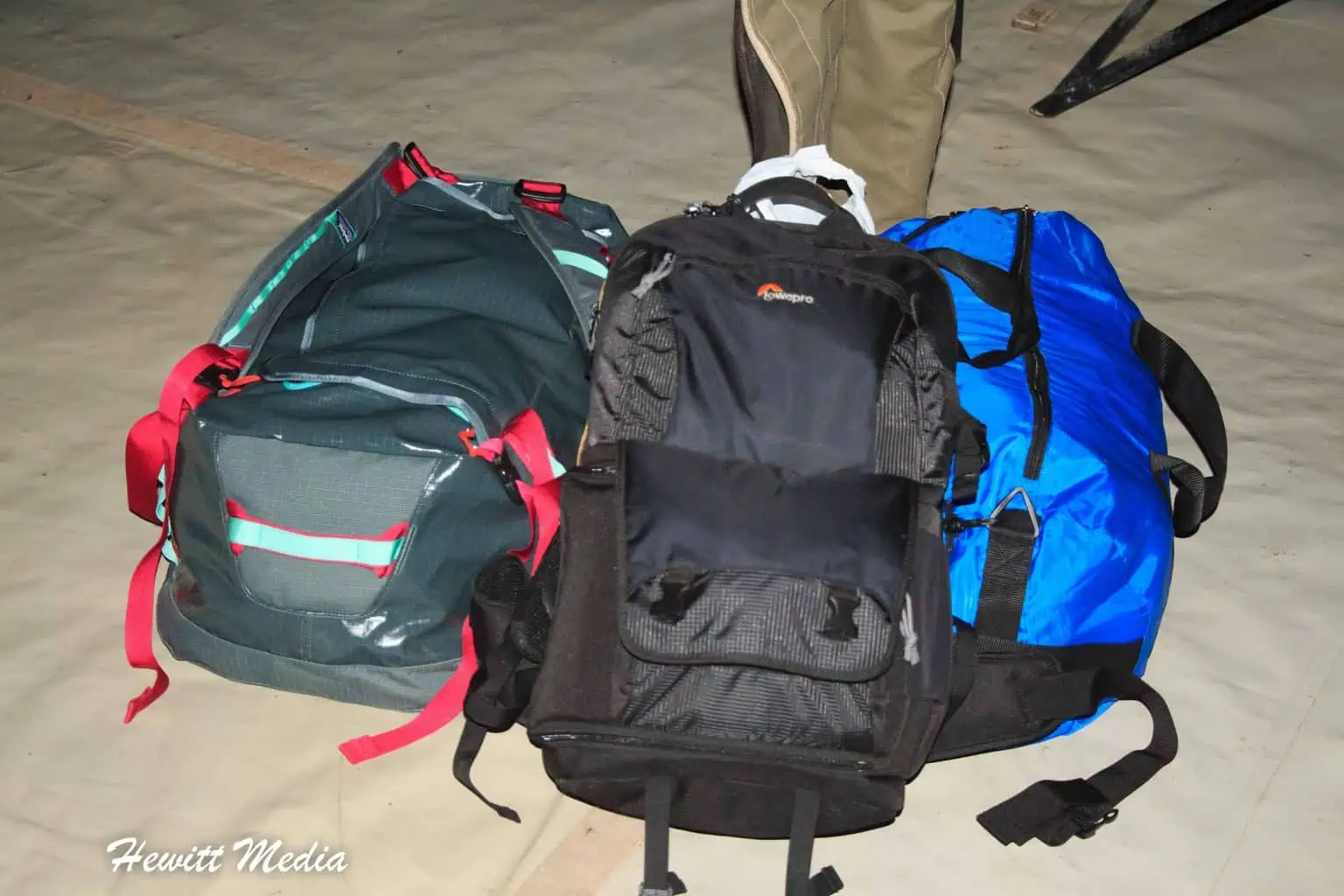
Packing for safari sounds a lot more complicated than it is. If you follow the general guidelines I listed above, you should be all set. In case you still aren’t sure about what you should and should not bring, I have included a safari packing list of essential gear to bring along below.
(2) Pairs of Long Pants – Preferably Breathable Ones
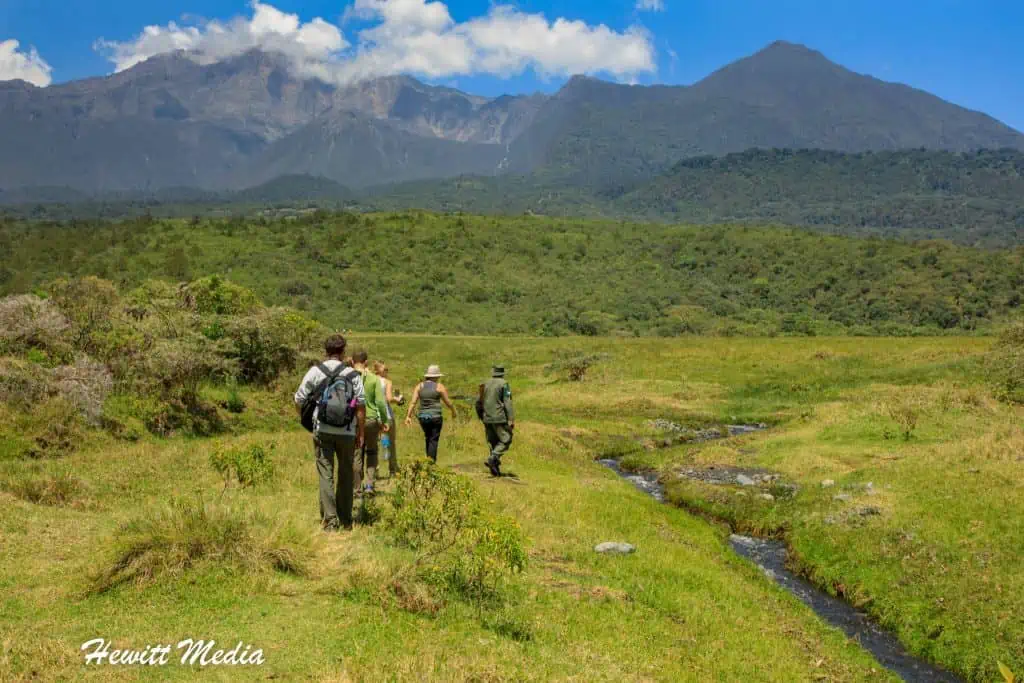
You are going to want to bring a few pairs of long, breathable pants along with you when you go on safari. I like the convertible pants because they convert into shorts when I need them. Though I don’t recommend you wear shorts too often while on safari because of the mosquitoes, there may be circumstances where your safari guide says it is alright. This way, you are prepared.
View Recommended Hiking Pants on Amazon.com
(4) T-Shirts and\or Long Sleeve Shirts – Preferably Breathable Ones

If you get the right kind of breathable material, you should be completely comfortable, even in the heat, while wearing a light, long-sleeve shirt. When I am on safari, I love to wear Patagonia’s Capilene shirts.
The wind goes right through them to keep me cool, but I get some extra protection from the mosquitoes. They also have built-in SPF protection to give you some extra protection from the sun as well.
View Recommended Shirts on Amazon.com
Hiking Boots
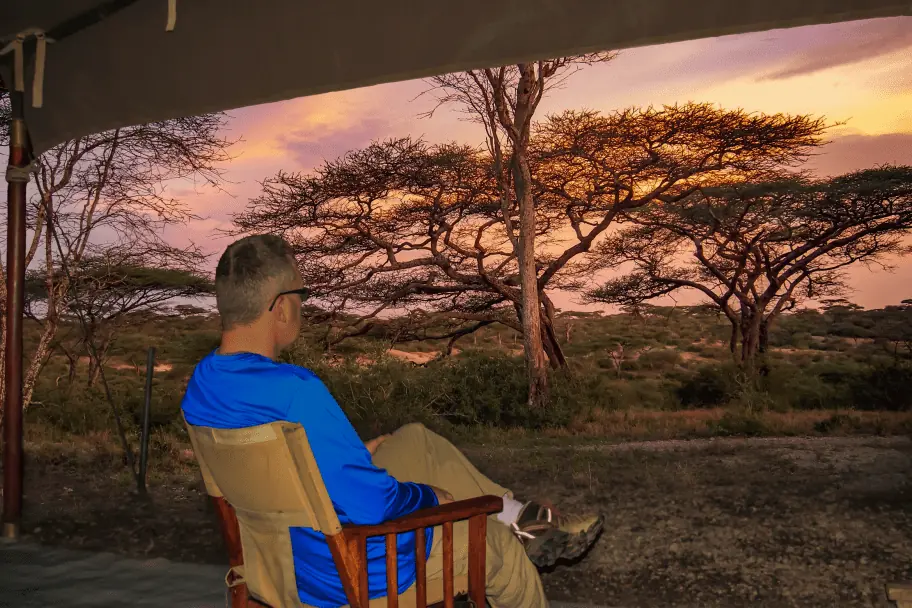
Before you leave for safari, you are going to want to make sure you invest in a good pair of hiking boots. This is especially true if you are planning on taking a walking safari. Hiking boots give your feet a lot more protection than your standard tennis shoe does.
When you are looking at hiking boots, make sure you choose a boot or shoe that covers your entire foot. I do not recommend you wear any type of sandal, including hiking sandals, while on safari.
View Recommended Hiking Boots on Amazon.com
Light Fleece or Jacket
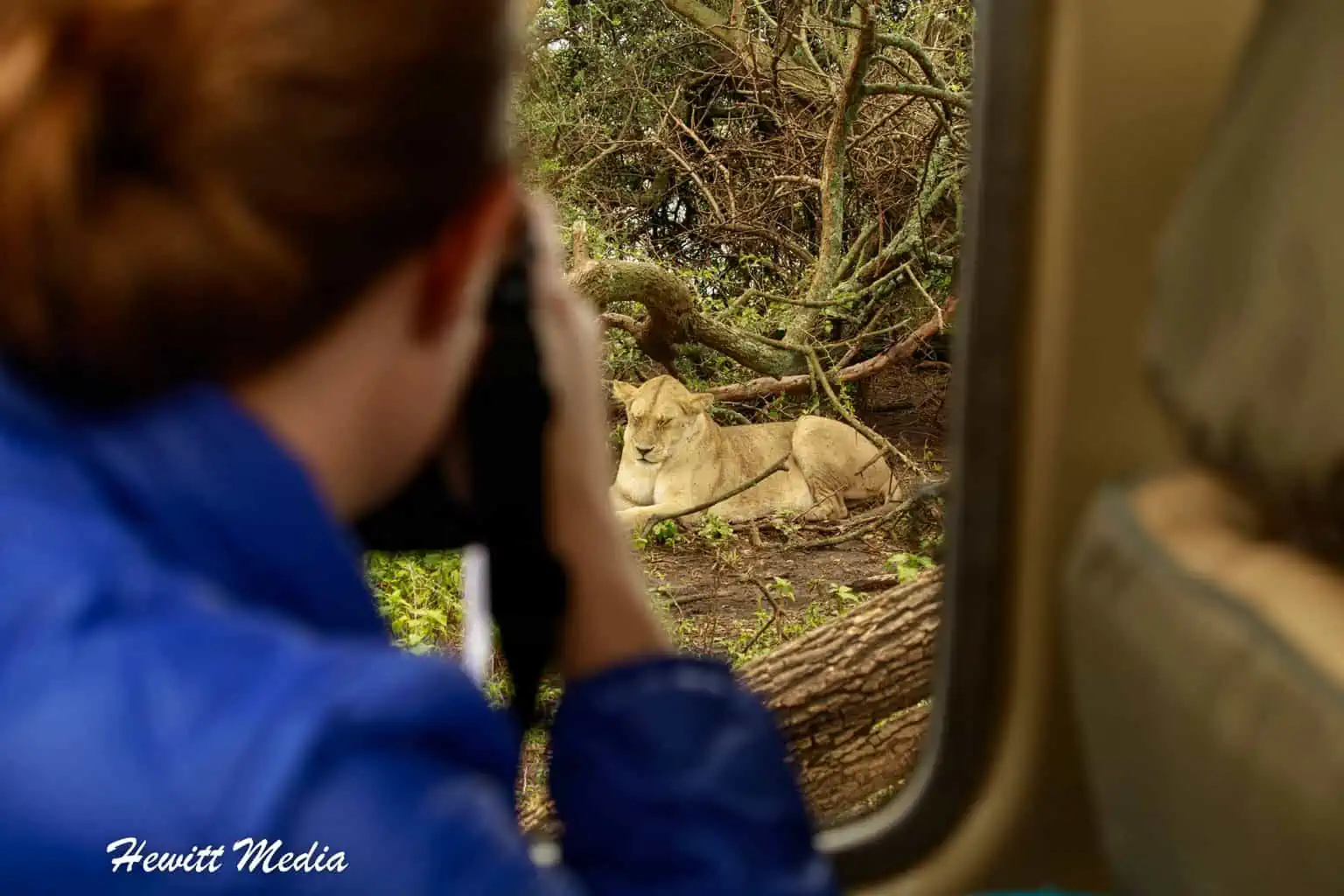
Because the early mornings and nights can be rather cool when you are on safari, you are going to want to make sure you have a warm layer to put on. A light fleece or sweatshirt should be sufficient.
I would stay away from fully cotton fabrics if you can because they will suck out your body heat when wet. If you are looking for a great lightweight travel jacket, I absolutely love my Patagonia Nano Puff jacket. They are really warm and conveniently fold up into their own pocket when not being used.
View Recommended Fleece and Jackets on Amazon.com
Rain Ponchos

The last thing you want is to be caught without rain protection when on safari. Even if you are in a closed vehicle, you are going to want to have the windows down at times ( when allowed by your safari guide ) to get some great pictures. Having some disposable rain ponchos handy will save you from having to be cold and uncomfortable on those rainy days on safari.
View Recommended Rain Gear on Amazon.com
Wide Brim Hat
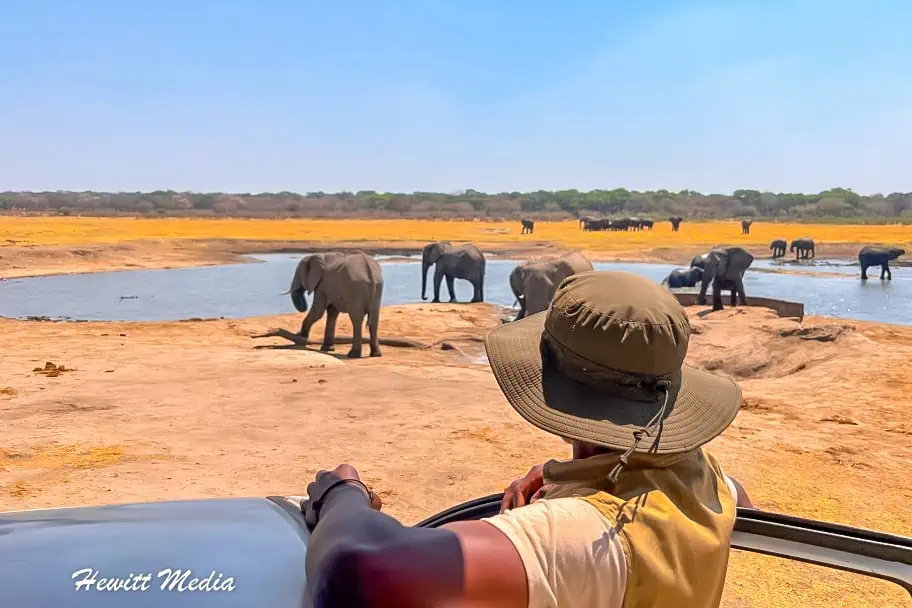
Before I went on my first safari, I contemplated whether or not I should bring a hat, and what type of hat I should bring. I couldn’t be happier that I decided to invest in a wide-brim safari hat. These hats give you 360-degree protection against the sun, which was really nice when we were in the hot African sun. If you want to increase your sun protection, these hats are a great way to go.
View Recommended Wide Brim Safari Hats on Amazon.com
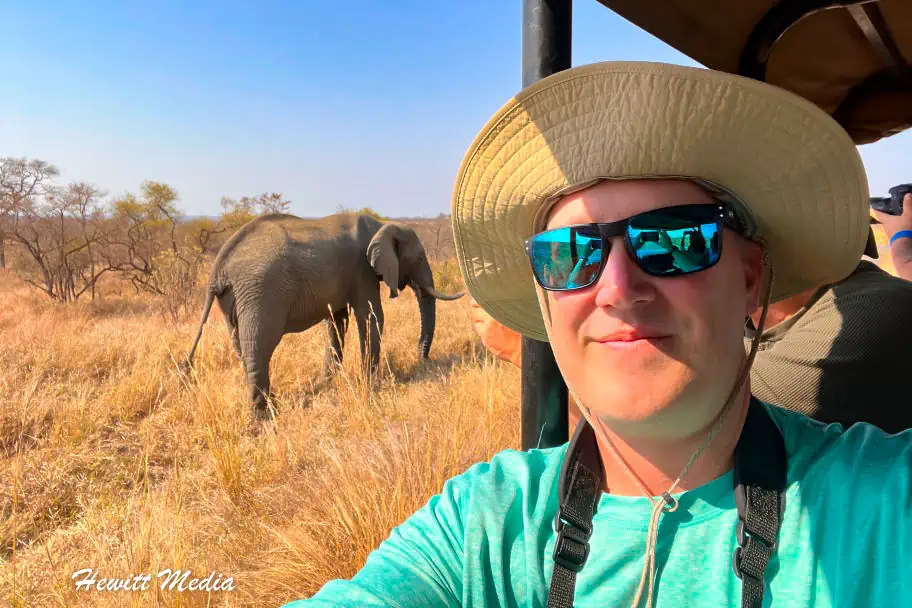
I really don’t know what I would have done without my sunglasses while on safari. This is especially true for the walking safaris that we took in Arusha National Park and Kruger National Park. Sunglasses are very lightweight and don’t take up much room in your pack. I would strongly recommend that you bring a pair. When the sun is at its strongest, you will be very thankful that you have them.
View Recommended Sunglasses on Amazon.com
Sun Screen (SPF 30 or Above)
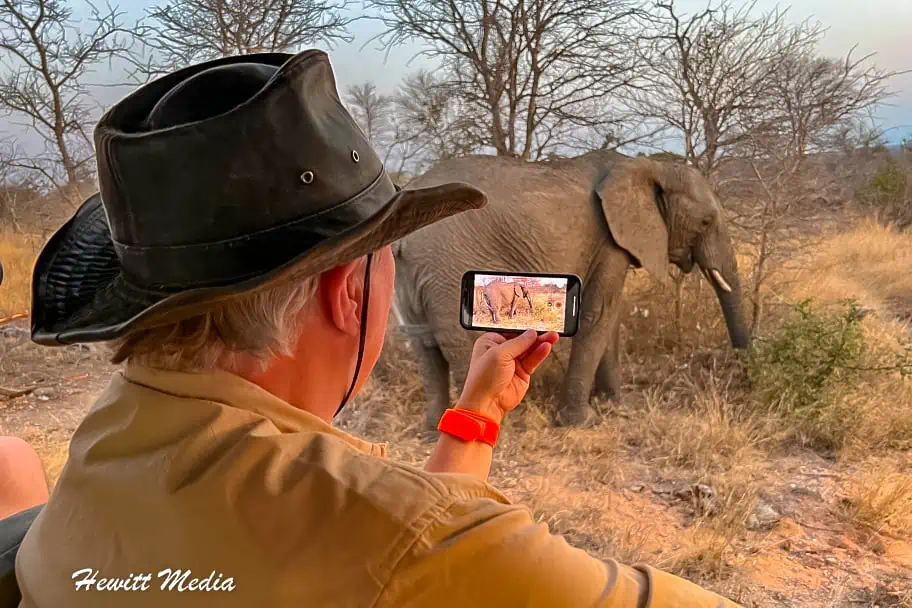
This is a must for any safari packing list. Without the proper sunscreen, a bad sunburn may end up ruining your time on safari. I recommend that you bring sunscreen that has SPF 30 protection or higher. When we went on safari, we brought SPF 45 protection, and it worked very well.
View Recommended Sun Screen Options on Amazon.com
Insect Repellent (at least 40% DEET)

This is another absolute must for your safari packing list. When purchasing your insect repellent, you should look for some that is at least 30% DEET. While the DEET isn’t the greatest thing for you, it is much better than getting Malaria or Yellow Fever and is the most effective.
When we went on safari, I brought both insect spray and insect wipes. We put on the insect spray in the morning and then refreshed it at around midday. The wipes are super convenient should you need some protection in a pinch.
View Recommended Insect Repellants on Amazon.com
Your Camera
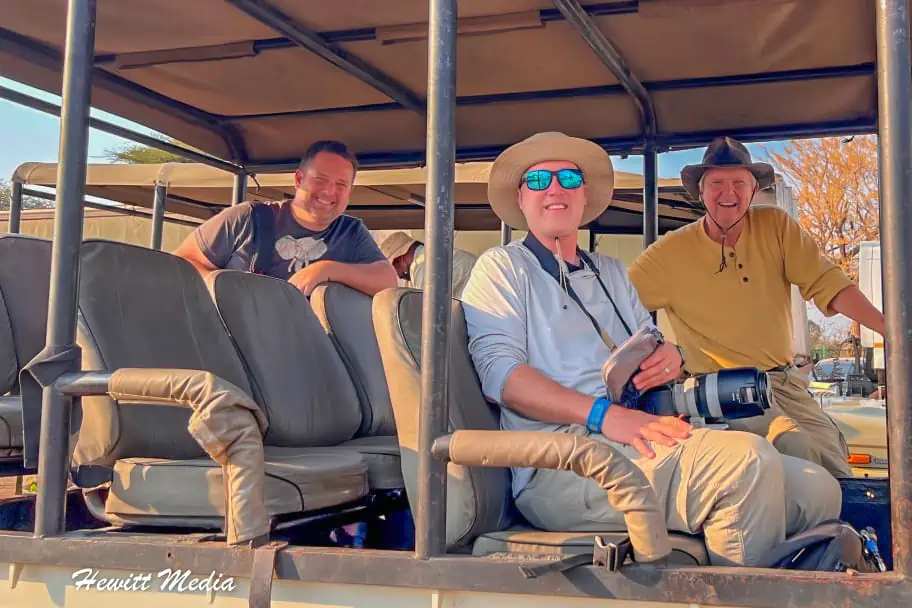
You are going to see so many amazing things while you are on safari, so you are going to want to have something available to record those memories. For this reason, you will want to make sure a camera is on your safari packing list.
If you have a DSLR, I recommend that you bring your best zoom lens with you. You will be very glad you did. It isn’t always possible to get up close to the animals and a zoom lens will give you a lot more reach. A wide angle lens is also useful for those beautiful landscape shots of Africa, so make sure you save enough space in your camera bag for these two lenses.
View Recommended Cameras on Amazon.com
Camera Bean Bag
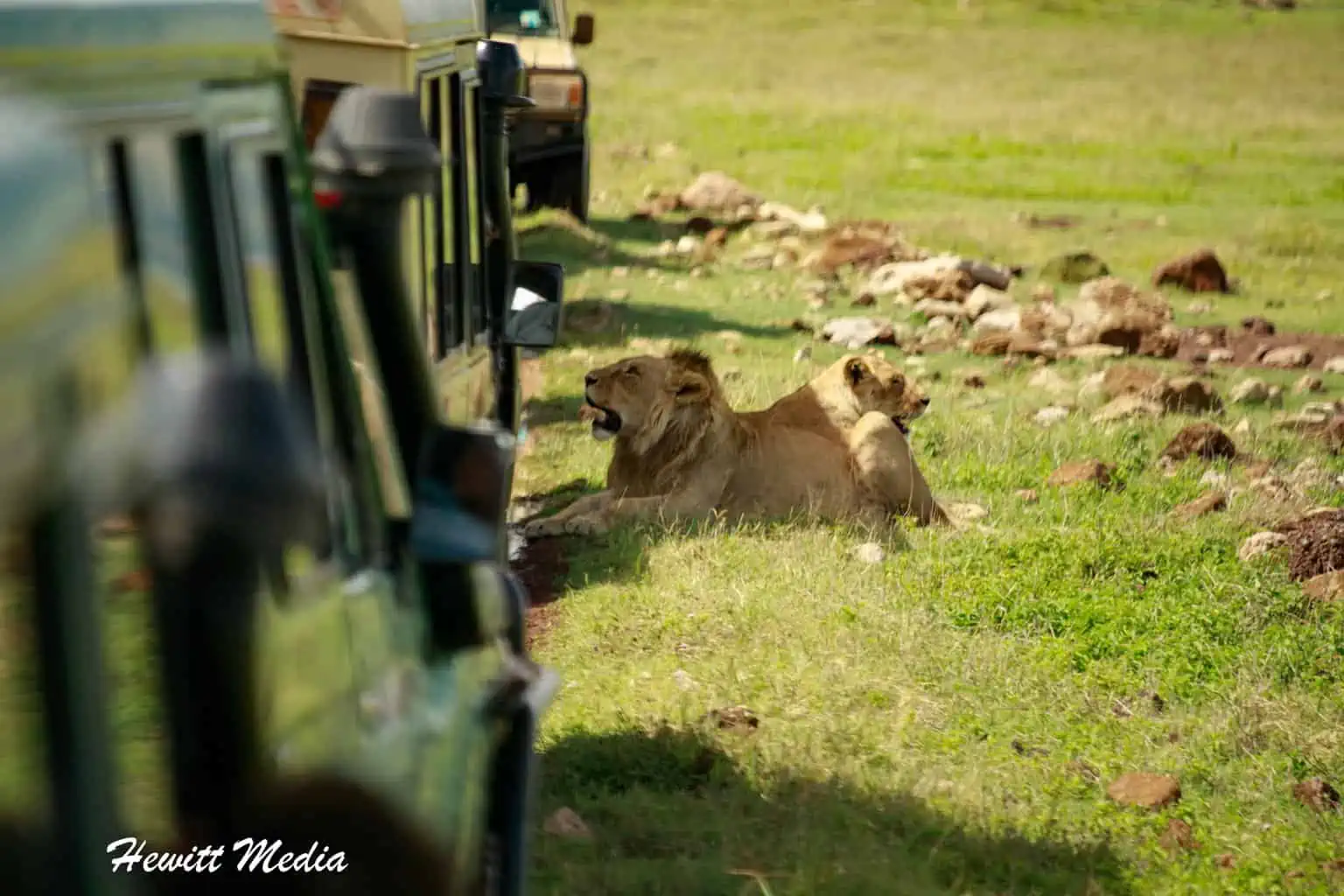
Another essential piece of photography gear that you will want to bring along with you on safari is a camera bean bag. Because of the limited amount of space in safari vehicles, it will be very difficult to use a tripod.
However, you are going to want to have something to rest your camera on to stabilize your shops because of all the bumps you will experience when driving on safari. This makes these low-cost camera bean bags the perfect item for safaris.
View Recommended Camera Accessories on Amazon.com
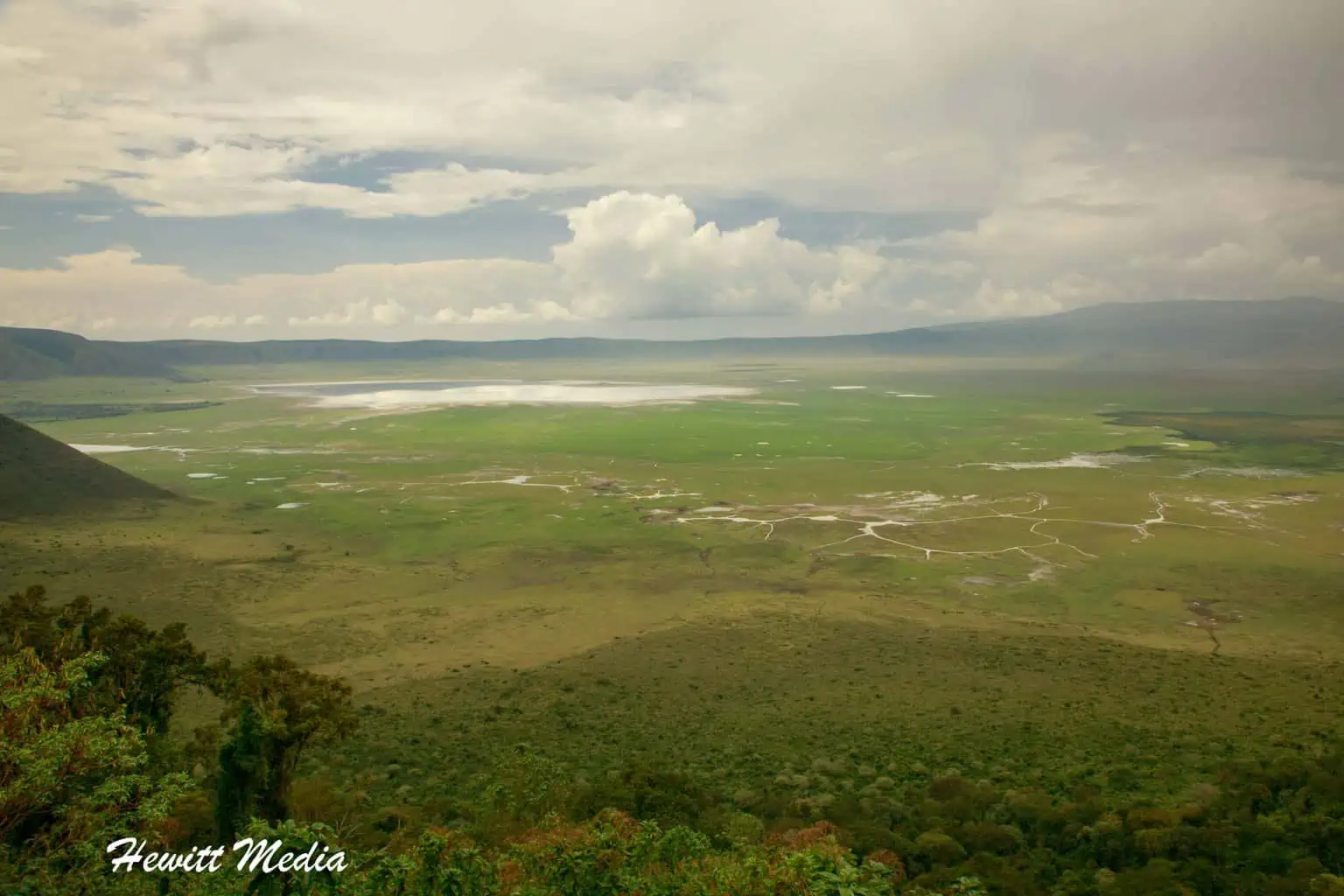
Even if you are bringing your camera, you are going to also want to bring a pair of binoculars with you when you go on safari. They can help you spot those far-away animals that even your camera’s zoom lens can’t reach.
When we were on safari in the Ngorongoro Crater in Tanzania, our binoculars proved essential to seeing the animals that were in the center of the crater (where we couldn’t drive).
Pro Tip: A really cool tip that I learned from our safari guide if you are using your phone camera to take pictures is to put your binoculars up against the lens of your phone camera and then take a picture. You will be stunned at how well this works to get those zoomed-in pictures with your phone.
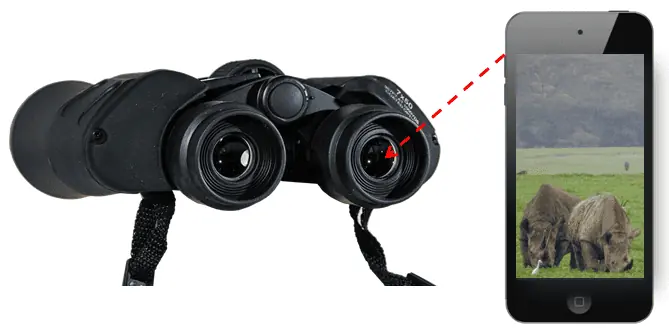
Flashlight(s) and\or Head Lamp(s)
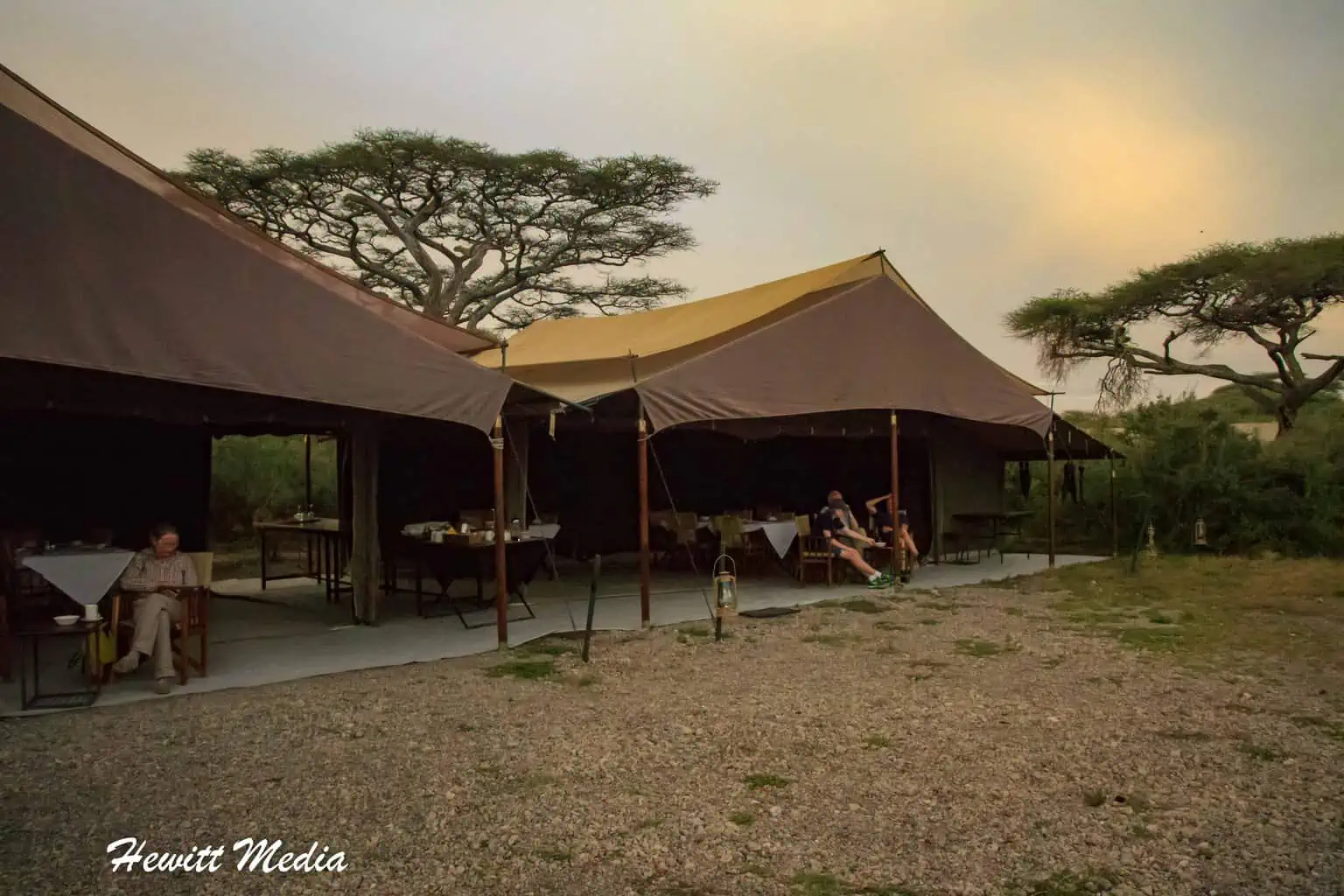
A piece of gear that you definitely want to have in your bag when you go on safari is a headlamp or flashlight. They are worth their weight in gold when you are trying to find your way around a dark tent at night when out in the bush.
Even if you are staying in a lodge while on safari, the unreliable power grids across much of Africa may mean you could be without power some nights. Make sure you bring some spare batteries with you as well.
View Recommended Head Lamps and Flashlights on Amazon.com
Portable Charger
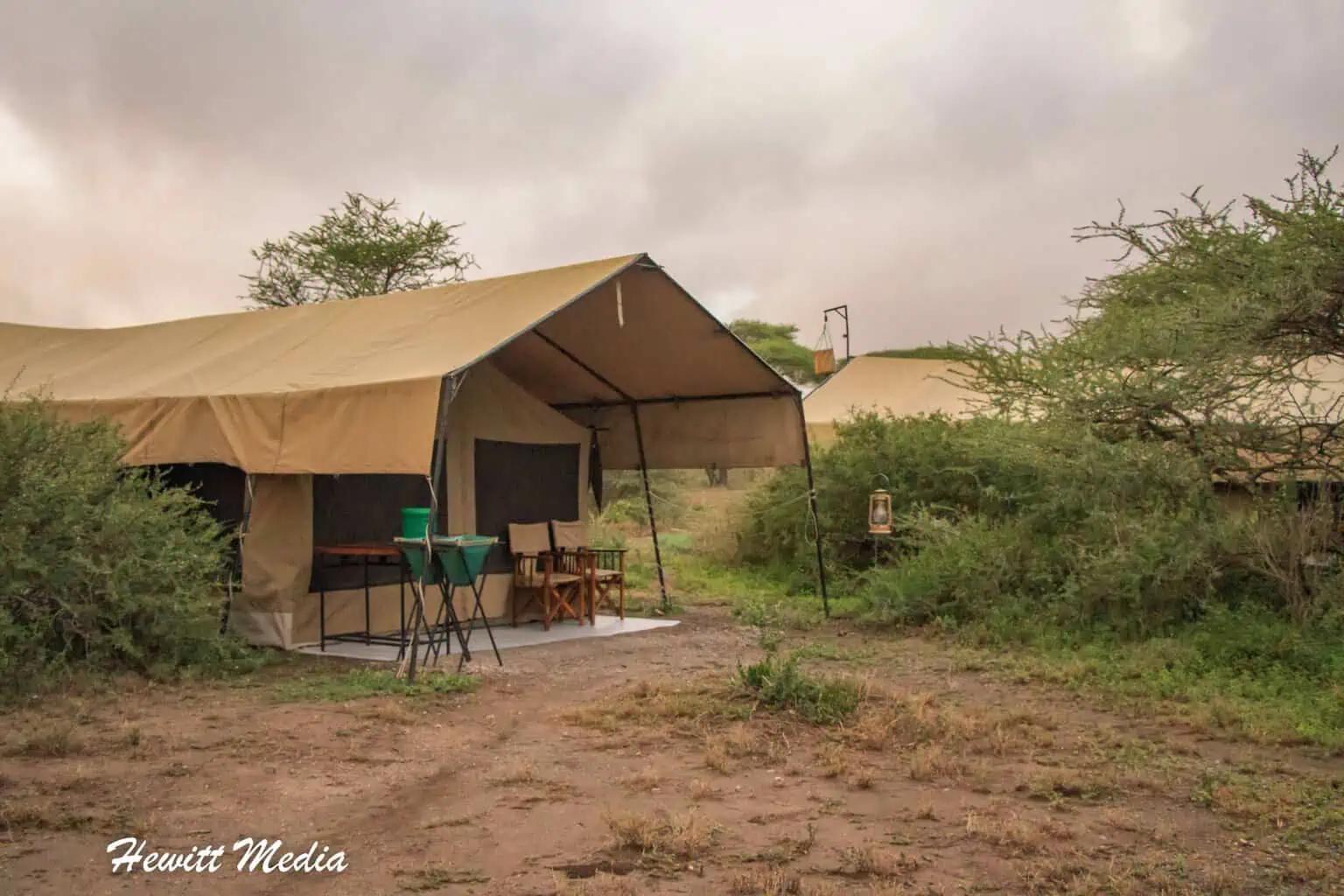
Depending on the accommodations that you will have while on safari, there may not be a good way to charge your phone battery. For this reason, I strongly recommend that you invest in a portable charger before you go. Good portable chargers will allow you to charge up to four phones completely before they need to be recharged themselves.
View Recommended Portable Chargers on Amazon.com
Portable Surge Protector and Foreign Power Adapters
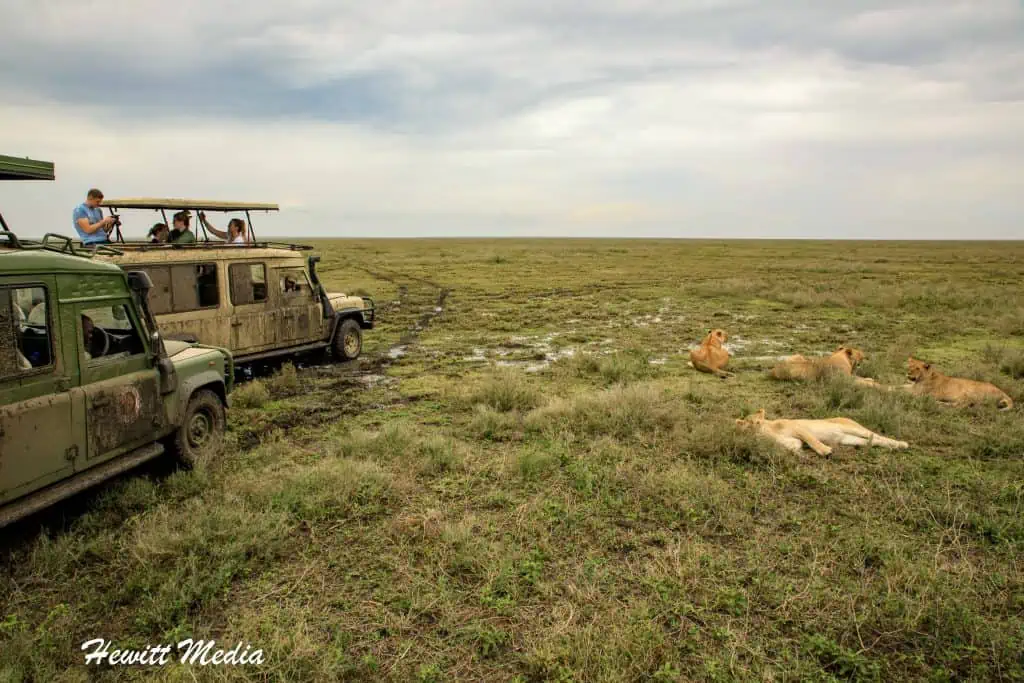
The last thing you want to happen when on the safari trip of your lifetime is to have your phone or camera damaged by a power surge while charging. African power grids are notorious for power surges, which can make them dangerous for electronic devices.
A portable surge protector will protect your electronic devices while on safari so that you can just concentrate on getting some really stunning photographs.
You are also going to want to make sure you bring along your foreign power adapters. Without them, you might not be able to charge your electronic devices.
I love the Bluegogo Universal all-in-one travel adapter that I have because it is small, lightweight, includes only one piece to keep track of, and has USB ports for portable devices.
View Recommended Travel Surge and Power Adapters on Amazon.com
Mosquito Netting
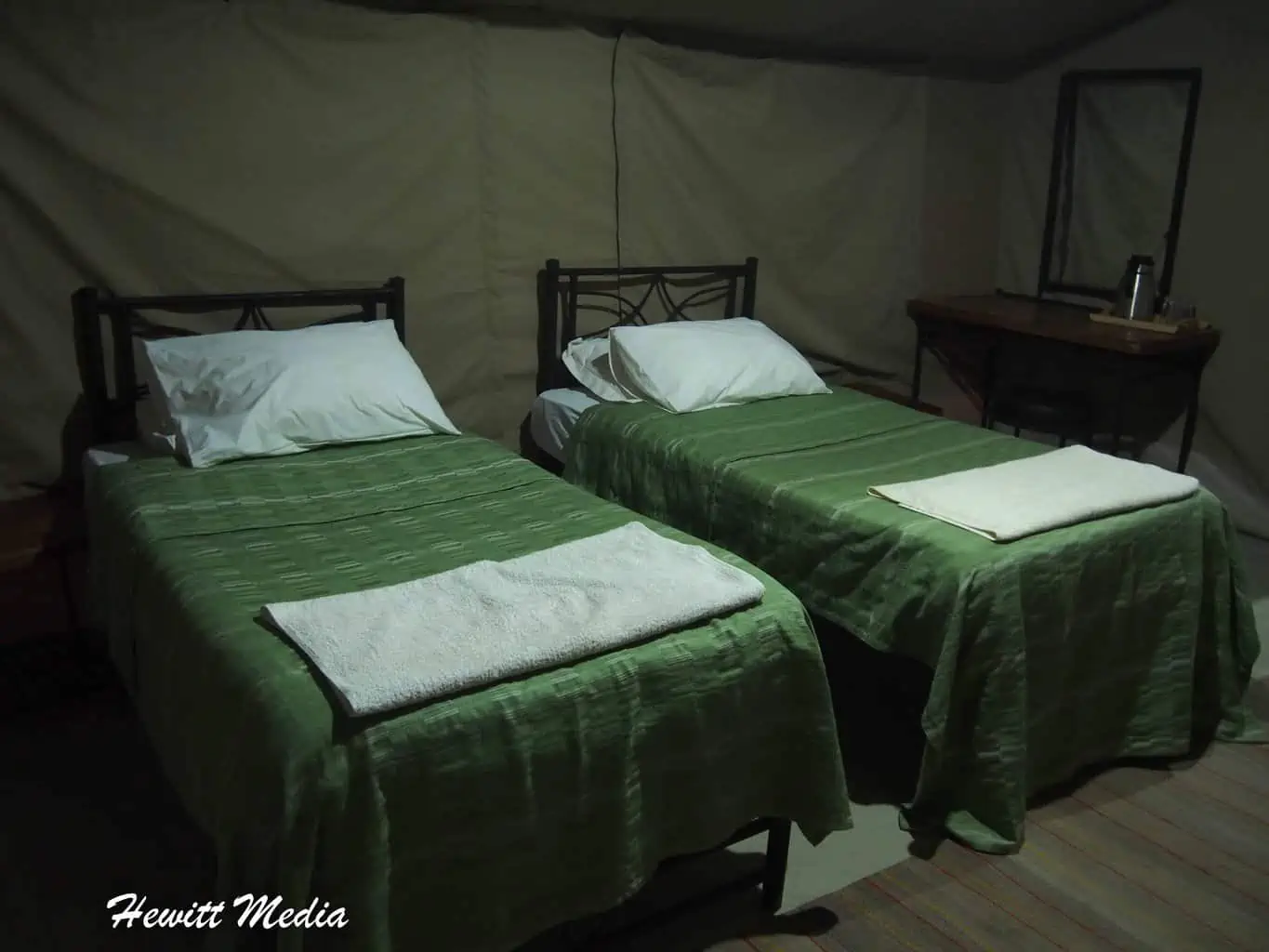
Most safari accommodations will come with mosquito netting over the beds, but I would strongly recommend that you come prepared just in case. Especially if you are going to be camping while on safari, it never hurts to have some extra mosquito netting in your bag.
When we were camping in Kruger National Park, one of the campsites we stayed at did not have mosquito netting in the tents. We were so glad we thought ahead and brought our own just in case.
View Recommended Mosquito Netting on Amazon.com
Don’t Forget to Subscribe to My Adventures!
Type your email…

Let Me Help You Save On Your Next Adventure!
‘start exploring today’ merchandise available now.
Published by Josh Hewitt
Avid traveler and photographer who loves to see new places, meet new people, and experience new things. There is so much this world can teach us, we just need to explore! View all posts by Josh Hewitt
Related Articles
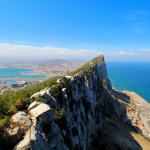
The Ultimate Gibraltar Travel Guide: Everything You Need to Know

Segovia, Spain Travel Guide: Exploring the Historic City

Planning the Perfect Two-Week Thailand and Cambodia Itinerary
10 comments ›.
Wow the more I read your posts the more I want to buy ticket for Africa, also I never thought of the binoculars + phone trick. Thanks for sharing!
No problem!! Thank you for reading!
great information,especially on safaris,
Thank you so much for the kind words!! 😀
Leave a Reply Cancel reply
Wonderful, very nice article
[…] Late November or late February are particularly recommended as they offer a balance between good weather and slightly fewer…
I agree!! It is such an incredible place!
Thailand offers a captivating blend of vibrant culture, stunning landscapes, and warm hospitality, making it a top destination for travelers…
Discover more from Wanderlust Travel & Photos
Subscribe now to keep reading and get access to the full archive.
Continue reading

Subscribe To My Adventures!

Want to know what to pack for your Safari?
What to pack for your Safari
Thank you for using our safari packing list to help you plan and pack for your safari. We are confident that by following this list you will make the most of your incredible safari experience.
If you are on a mobile device please scroll down this page to find your safari packing list or click here .
For more information on this packing list and on what to pack for your safari please use the links below - and we have provided the Safari packing list essentials list just in case you are in a hurry.
- Summary of safari packing list essentials >
- Safari packing list introduction >
- How to use this safari packing list >
- Read the top safari packing list tips from our experts >
- View our handy safari preparation timeline >
- Download our interactive safari packing list pdf here.
What Safari Packing List Essentials to Pack for All Safaris (per person):
- 1 wide-brim Safari Hat
- 1 Safari Beanie for winter
- 3 Safari Shirts
- 1 warm Safari Fleece or Jacket
- 1 optional Safari Dress or Skorts for women
- 2 pairs of Safari Trousers and/or Shorts
- 2 pairs Safari Socks
- 1 pair Safari Shoes
- 2 bottles of Safari Insect Repellent
- 2 bottles of Sunscreen
- 1 large, soft-sided Safari Duffel or Holdall .
- 1 pair of Safari Binoculars : 10x42's are best.
- 1 LED Safari Torch : 200 lumens or more is best.
- 1 Travel Adaptor .
We recommend that you still use the full safari packing list on this page to ensure that you get the right clothing and gear for your safari - and the best advice.
Safari packing list introduction
⊙ This is the ultimate safari packing list and we believe offers the best response to the frequently repeated question "What should I pack for my safari to Kenya, Tanzania, Rwanda, Uganda, Mozambique, Zambia, Namibia, Botswana, Zimbabwe, and South Africa".
⊙ This safari packing list has been a decade in the making and has been made by our safari packing list experts to ensure that you pack the correct safari clothing and gear for just about all types of safaris: game drive safaris, walking safaris, canoe or paddling safaris, horse safaris, gorilla safaris, and mountain trekking safaris. In a sentence: we are dedicated to ensuring that you have the most incredible time on safari and packing the right safari clothing , safari luggage , safari binoculars , and all the other important safari accessories is key to this.
⊙ As a general introduction to the safari experience, most safaris start early in the morning and will be on open safari vehicles with little protection from wind and rain. The rule of thumb is to dress in layers for all activities. For more in-depth information on what to pack for your safari - and why - we recommend that you read through our safari clothing advice , safari luggage advice , safari binocular advice , and our safari accessories advice pages.
Back to the top of this safari packing list page >
How to use this safari packing list
⊙ This packing list calculates the total number of items you will require for the number of men, women, and children you have indicated above. Simply divide by the number of men, women, and children should you wish to work out the number of items required on a per person basis or, of course, set the number to one for each in the form above.
⊙ Please also note that if your safari is longer than 12 days - and if you will have a laundry service available on your safari - that you should only take the recommended number of items for a 12-day safari or you will run out of space in your safari luggage.
⊙ To find out what our experts have to say about each recommended item, please simply click on "more info" and following the advice link. We have also included accessories you may need for add-on safari activities such as gorilla safaris, plus everything else you will need to remember to pack in your bag.
⊙ Please also read our guidelines for packing for a safari by visiting our expert safari packing advice pages too.
Top safari packing advice from our safari experts
When packing for your safari, select safari clothing which offers some or all of the following six key travel garment technologies:
- 1. Safari clothing which is easy to pack, dries quickly, and wicks moisture away from the skin;
- 2. Safari clothing which offers a built-in insect defence . Insist on seeing proof that the built-in anti-insect treatment has been proven to work by asking to see the laboratory test results ;
- 3. Safari clothing that offers protection from the sun . This will be shown as an SPF rating. 50+ is the highest rating available today;
- 4. Safari clothing that is lightweight, but which also has built-in ripstop for added strength;
- 5. As we all prefer to smell fresh, select safari clothing that uses an anti-microbial or anti-bacterial fabric. This also means that you will be able to wear the same safari clothing for longer and so pack less and travel lighter.
- 6. Add to the protective performance of the safari clothing which you take on safari by packing a wide-brimmed, packable safari hat , an effective sunscreen, and insect repellent which has been proven to work to spray onto your safari clothing, safari hat, and skin.
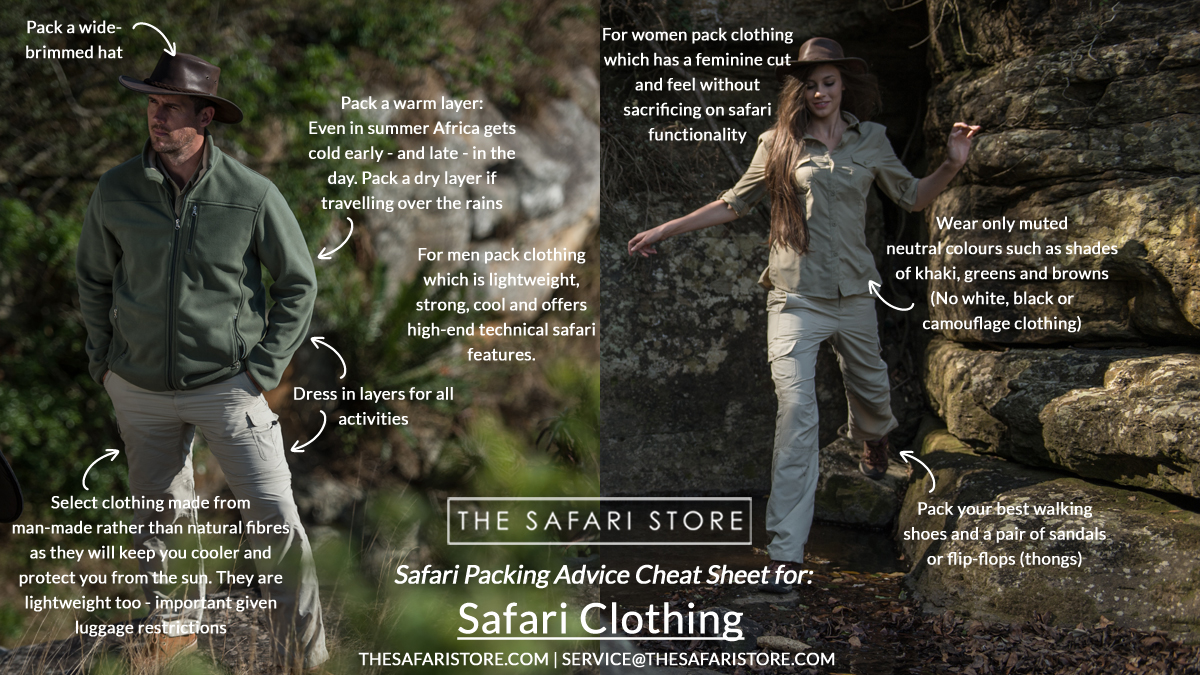
- Use our safari clothing packing advice guide image above for quick, handy tips on what clothing to pack for your safari. Click on the image or click here to view a larger version of the image.
Safari Packing List Pre-Departure Timeline
2 to 3 months before departure ⊙ Visa: If you require a visa and want to get it beforehand, make sure that you apply for the visa as soon as possible. ⊙ Passport: Check that your passport has sufficient pages as most African countries require two blank pages or more, and that your passport does not expire within 6 months. Apply for new passport if needs be. ⊙ Medication: Ensure that you visit your doctor and tell him where you are going. He will then advise you on malaria prophylactics, and other injections or medication that is necessary for your trip
8 Weeks Prior to Departure ⊙ Pay: Make sure that you have settled your balance due for your holiday with your tour operator. ⊙ Safari supplies: This is a good time to also contact The Safari Store for advice on what to pack, and to obtain your safari essentials (as above) in good time. ⊙ Re-confirm: If travelling independently, you must go through your itinerary, check that all flight times (including dates) coincide with your holiday dates, and contact all lodges, camps, hotels, transfer, private guides & car hire companies to re-confirm your holiday details ⊙ Pets, houses etc: Make sure you have made arrangements for your pets, booked a house sitter, and any other arrangements you may need to make for post, services and so forth.
4 Weeks Prior to Departure: ⊙ Departure-day planning: A smooth departure day takes 3/4 of the stress out of your holiday. Make sure that you arrange parking at the airport, start looking into taxis or trains, and book where necessary. ⊙ Travel money: Work out what you are going to do to pay for tips, purchases, extra tours etc while travelling.Arrange cash, credit & debit cards, travellers cheques accordingly (travellers cheques tend to be a pain to use in most parts of Africa - cash and credit cards are best! Take small denominations in cash in US Dollars - US$1, 5, 10 & 20 for tips and sundry purchases).
Share your safari packing list
This is your tailored safari packing list for 1 woman, 1 man and 1 child for 9 days, click here to adjust the number of travellers or number of days, women's safari clothing to pack for your safari, 4 x women's safari shirts more info, 3 x women's safari trousers and/or shorts more info, 1 x women's safari jacket or fleece more info, 1 x women's wide-brimmed safari hat more info, 3 x women's safari dress(es) and/or skorts more info, 4 x blister-proof socks for walking safaris more info, 1 x safari belt more info, 1 x women's safari beanie & scarf more info, 2 x women's safari shoes (walking shoes + camp shoes) more info, men's safari clothing to pack for your safari, 4 x men's safari shirts more info, 3 x men's safari trousers and/or shorts more info, 1 x men's safari fleece or jacket more info, 1 x men's wide-brimmed safari hat more info, 1 x men's safari beanie & scarf more info, 2 x men's safari shoes (walking shoes + camp shoes) more info, kid's safari clothing to pack for your safari, 4 x boy's and girl's safari shirts more info, 3 x boy's and girl's safari trousers and/or shorts more info, 1 x boy's and girl's safari jacket or fleece more info, 1 x boy's and girl's wide-brimmed safari hat more info, 1 x boy's and girl's safari beanie & scarf more info, safari shoes and socks for children more info, safari luggage, 3 x large soft-sided safari holdall or duffle more info, 3 x small safari bag for game drives, walks, and safari activities. more info, 3 x collapsible luggage trolley more info, 3 x safari washbag more info, 3 x travel wallet more info, safari binoculars, 3 x safari binoculars more info, 3 x sets safari-suitable camera and lenses more info, safari accessories, 7 x insect repellent (africa-tested) more info, 6 x safari-suitable sunscreen more info, 3 x sunglasses more info, 3 x safari torch/flashlight more info, 3 x travel adaptors more info, 3 x spare batteries, chargers, memory more info, specialist safari clothing and gear to pack, 6 x anti-chafe tights for walking & active safaris more info, 3 x pair of gardening gloves for gorilla safaris more info, 3 x dry-bag for water-based safaris more info, 3 x pair of ankle gaiters for walking safaris more info, general clothing to pack for your safari, 6 x non-safari shirts for travel and around the camp more info, 6 x casual trousers and/or shorts more info, 7 x casual shirts and/or t-shirts more info, 3 x swimming costume or trunks more info, 12 x underwear more info, 3 x pyjamas more info, 3 x kikoy or sarong more info, gym gear or sportswear more info, seasonal safari clothing to pack, 3 x waterproof safari jacket for the rainy season more info, important items to pack for your safari, passports with any required visas more info, health card and insurance details more info, air tickets & vouchers more info, credit card more info, calculator more info, money pouch with some cash in it more info, prescription glasses & hard glasses case more info, safari reading material more info, super glue more info, toiletries to pack for your safari, malaria prophylaxis for malaria areas more info, motion sickness pills more info, lip balm more info, shampoo/conditioner more info, deodorant more info, toothpaste and toothbrush more info, dental floss more info, hair brush / comb more info, electric / hand razor more info, emery boards, tweezers, etc. more info, hand & body lotion more info, ladies' hygiene supplies more info, contact lenses and fluid more info.
This website uses cookies for it's shopping basket, you must have cookies enabled in order to use this site.
The Ultimate Packing List for Your African Safari
:max_bytes(150000):strip_icc():format(webp)/anoukmarrakech-56a373305f9b58b7d0d20299.jpg)
Packing for an African safari is somewhat different to most other trips you'll take. Navigating rural roads in an open-top jeep means that you'll get covered in dust, so you'll need clothes that hide dirt well. Because temperatures can change dramatically throughout the day, layers are essential (after all, pre-dawn game drives are often chilly even in the height of summer). If your itinerary includes flights in a bush plane between different parks or camps, you'll need to pack extra light to comply with charter flight baggage restrictions.
In this article, we provide a comprehensive packing list that should cover most 7-10 day safaris (while still leaving room in your suitcase for a few curios ).
Dressing for Your Safari
Safaris are generally casual affairs, so you can leave your evening-wear at home. The best clothes are loose-fitting and lightweight, so that they keep you cool and dry quickly if you get caught in a rain shower. Make sure to bring at least one good fleece or jacket for warding off the chill on early morning game drives. At night, there will usually be a campfire to keep you warm, but you'll want to wear long sleeves and trousers to protect yourself from mosquitoes . This is particularly important in malarial areas.
When it comes to colors, pick neutral tones over brighter shades for optimum camouflage in the bush. Khaki is a safari favorite for a reason: it's cool, camouflaged and hides dirt well. If you're in tsetse fly country, avoid wearing blue – it's an attractant for the disease-carrying insects.
Clothes and Accessories
- 2 long-sleeve shirts
- 1 sweatshirt or fleece
- 1 lightweight raincoat
- 1 pair of comfortable shorts
- 2 pairs of cotton trousers/pants
- 3 pairs of socks
- 4 pairs of underwear (cotton, so that you can easily wash and dry them overnight)
- 1 pair of sunglasses (preferably with UV protection)
- 1 warm woollen hat
- 1 swimsuit
- 1 pair of lightweight, durable walking shoes or hiking boots
- 1 pair of flip-flops or sandals (for wearing around camp)
- A supply of Ziploc bags to keep your dirty laundry separate from your clean clothes
Top Tip: Ladies, on the bumpy roads of Africa, a decent sports bra is your best friend.
Toiletries and First Aid
Every camp or lodge will have at least a basic first aid kit , and most safari vehicles will too (especially those operated by higher-end camps). However, it's always a good idea to bring your own small supply of hygiene and health essentials.
- Personal toiletries, including travel size shampoo, conditioner, soap, deodorant, moisturizer, toothpaste and toothbrush
- Sunscreen (minimum SPF 30+)
- After-sun cream
- Antiseptic gel (for washing your hands when there's no water around)
- Sanitary products for ladies
- Contraceptives (including a supply of the pill, if you're on it)
- Mosquito repellant (the most effective includes DEET)
- Malaria pills (if needed)
- Antihistamines for bug bites and allergic reactions
- Painkillers, e.g. aspirin or Tylenol
- Cold and flu medicines
- Diarrhea medication, e.g. loperamide
- Antiseptic cream
- Prescription medicines
- A spare pair of glasses for those that wear contact lenses (it's often too dusty to wear them comfortably)
Electronic Devices
- Camera (this can be a basic point-and-shoot or an SLR with detachable lenses and a tripod, depending on how serious a photographer you are)
- Spare memory cards
- Spare camera battery (consider a solar charger if you're going to be camping)
- Binoculars (if you have them, otherwise your safari guide will likely have a pair you can borrow)
- Spare AA and AAA batteries
- Electrical adaptor
- Small flashlight (to use inside your tent or to find your way around camp at night)
- iPad or tablet for storing e-books, photos and handy travel apps
Pack For a Purpose
Many safari camps and lodges now support local community initiatives in and around the wildlife parks, reserves and concession areas. If you want to make a positive difference during your time away, ask if you can bring any supplies that will help these projects (usually school supplies, medication or clothing). Check out Pack For a Purpose for lists of specific requests from lodges around Africa as well as suggestions on how best to pack the items they need.
Before you start packing, make sure to research your options carefully. If there are two parts to your trip, you may be able to pack a separate duffel or backpack for the safari section and leave your main suitcase with your tour operator or hotel back at base. This keeps things light for your bush flight to Ngorongoro Crater , for example, while still allowing you to pack your scuba gear for your second week on the beach in Zanzibar .
You should also try to find out ahead of time whether your safari camp or lodge offers a laundry service. If not, you can recycle clothes by packing a small bottle of travel detergent and a length of thin nylon rope to serve as a makeshift laundry line.
When choosing your suitcase, a soft-sided duffel is almost always a better bet than a rigid hardshell case. Duffels are easier to fit into narrow overhead compartments or into the back of a safari vehicle – and they're more likely to withstand the wear and tear of life in the bush. Because poverty and corruption lead to theft at many third world airports , we recommend plastic wrapping your bags before your flights and investing in a decent luggage lock. Always pack your valuables (and especially your camera with all your precious memories) in your hand luggage.
This article was updated by Jessica Macdonald on March 20 2019.
Essential Items to Take on an African Safari
The 9 Best Rolling Duffels of 2024, Tested and Reviewed
The 14 Best Survival Kits of 2024
The 8 Best Bags and Backpacks for Disney of 2024, Tested and Reviewed
Vacation Packing Checklist for France
The 9 Best Carry-on Luggage for Men of 2024, Tested and Reviewed
Everything You Should Pack for a Hiking Trip
How to Go on Safari in Tanzania
The 9 Best Packing Cubes of 2024, Tested and Reviewed
Where to Go in 2021: 10 Future Trips You Can Start Planning Now
The Best Women’s Travel Pants of 2024, Tested and Reviewed
5 Ways to Make a Luxury African Safari More Affordable
The Ultimate Carry-On Packing List
Bali Packing List
The 11 Best Beach Bags of 2024
Independent Trekking in Nepal
What gear do I need for the safari?
- Buff or Neck Gaiter (for dust)
- Long Sleeve Shirt
- Convertible Pants
- DSLR Camera
- Extra Batteries
- Several SD Cards
- Minimum of 300mm Lens
- Neck Pillow (optional)
- Snacks (optional)
- Water (purchased en route)

We're not around right now. But you can send us an email and we'll get back to you, asap.
Start typing and press Enter to search
Release Notes for Safari Technology Preview 193
Apr 24, 2024
by Jon Davis
Safari Technology Preview Release 193 is now available for download for macOS Sonoma and macOS Ventura. If you already have Safari Technology Preview installed, you can update it in System Settings under General → Software Update.
This release includes WebKit changes between: 276610@main…277149@main .
Accessibility
Resolved issues.
- Fixed hidden elements targeted by aria-labelledby to expose their entire subtree text, not just their direct child text. ( 276864@main ) (125634439)
- Fixed accessible name computation for elements with visibility: visible inside a container with visibility: hidden . ( 277004@main ) (125738704)
- Fixed the Grid track sizing algorithm logical height computation avoid unnecessary grid item updates. ( 276633@main ) (124713418)
- Fixed the style adjuster for @starting-style incorrectly invoking with a null element. ( 276993@main ) (125837628)
- Fixed the value attribute not getting displayed in an input element with type="email" and the multiple attribute. ( 276895@main ) (125221858)
- Fixed inconsistent output of Function.prototype.toString for accessor properties. ( 276904@main ) (125739577)
- Fixed intrinsic inline size calculators to account for whitespace before an empty child with nonzero margins. ( 276875@main ) (122586712)
- Fixed overlapping elements with flex box when height: 100% is applied on nested content. ( 276880@main ) (125572851)
- Fixed block containers that are scroll containers to default to unsafe alignment. ( 276929@main ) (125742095)
New Features
- Added support for PopStateEvent’s hasUAVisualTransition . ( 277001@main ) (125849073)
- Fixed cloning of ShadowRoot nodes following a DOM Standard clarification. ( 277066@main ) (125917138)
Web Inspector
- Fixed Console and code editor completion not auto-scrolling the suggestion into view. ( 277034@main ) (124979790)
- Fixed search in the DOM tree view unexpectedly chaning the text display. ( 277073@main ) (125797803)

- console.error('Error sharing:', error)); } else { navigator.clipboard.writeText('https://thetoyinsider.com/national-geographic-backyard-safari-kit-review/').then(() => { console.log('Link copied to clipboard'); alert('URL copied to clipboard'); }).catch((error) => { console.error('Error copying link to clipboard:', error); }); } return false;" aria-label="Share share" > share
Dress for the Quest with the National Geographic Backyard Safari Kit
This explorer gear sets the vibe for a summer full of adventures!
- twitter Link to Twitter
- linkedin Link to Linkedin
- instagram Link to Instagram
- facebook Link to Facebook
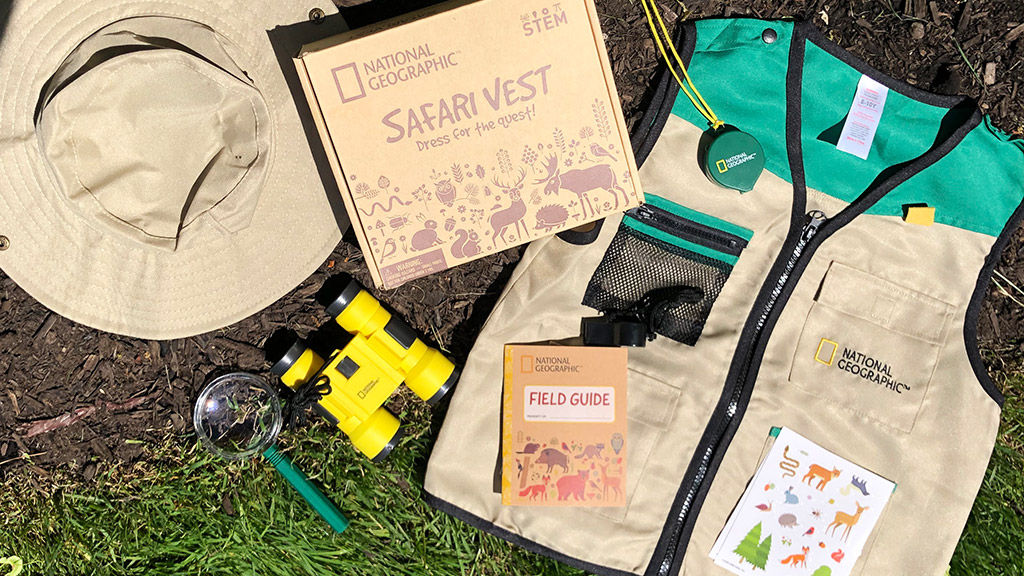
You never know what you might find in your own backyard if you look hard enough!
Kids can let their imaginations run wild in the great outdoors with the National Geographic Backyard Safari Kit from Blue Marble . The safari gear includes a hat, a vest, a field guide with a pencil, a magnifying glass, a compass, a whistle, a pair of binoculars, and stickers, all packaged inside an eco-friendly compact box made from 100% recyclable cardboard.
The vest is designed to fit most kids between 4-6 years old, but you better believe I put that green-and-khaki bad boy on as a full-grown adult and it’s now the coolest article of clothing I own. Dressing the part of safari explorer really helps set the vibe for a summer full of adventures — even if the expeditions are taking place at home this year. The vest has four pockets, conveniently sized to fit all of the explorer gear, as well as zippers, straps, and hooks that kids can tie the objects to. The compass, the whistle, and the binoculars all have string necklaces attached to them so kids can wear them around their neck or secure them to the vest for easy access.
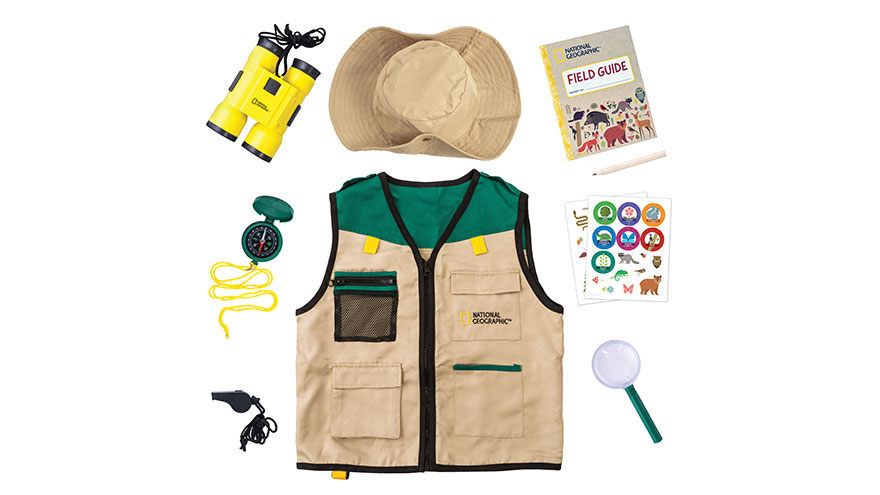
The gear is all functional so kids can really use the items as part of their observation activities to get hands-on with their surroundings, like reading the compass to figure out in what direction they’re going, or using the magnifying glass to get a closer look at a leaf or a ladybug. Explorers can feel free to get a close-up look and even roll around in the dirt because the vest is machine washable.
Related: Become an Eco-Astronaut with PlayMonster’s Green Science Kit
The field guide contains educational information and activities to help kids interact with nature , including pages about flowers, trees, plants, insects , mammals, birds, reptiles, and amphibians. Each section includes a blank page where kids record their observations, as well as prompts to help guide them and make them think on a deeper level, such as “Describe the color, shape, and number of petals you saw on the flower,” “What was the insect doing?” and “What surprised you about the animal?”
The sticker sheet includes badge stickers for each section so kids can feel accomplished when they complete the activities. Plus, it’s rewarding to spend time outdoors and seek out different objects that kids might not have known were there in their own backyard all along.
Once kids start observing the nature around them, they’ll realize you don’t have to travel far to discover what makes our world so incredible — all you need to do is open your eyes and start exploring.
About the author
Jackie Cucco
Jackie Cucco was a Senior Editor of The Toy Book, The Toy Insider, and The Pop Insider. She covered toy trends, pop culture, and entertainment news, and made appearances on national and regional outlets, including CBS, WPIX, News 12, and more. Jackie spends her time watching horror movies and working her way through every Stephen King novel out there.

ARE YOU READY TO FLY YOUR CUSTOM PERSONAL HELICOPTER?
Let safari helicopter make it happen while we have been out of the spotlight recently, we're still in the helicopter business we've been focused on repairs to helicopters that have had a bad day with their pilot, upgrading older machines, and charting our future course. so.....don't believe everything you see on the internet safari is alive and well and looking forward to the inclusion of helicopters in the light sport category, safari brings the quality of certified to the price point of experimental. the classic simplicity of the safari 400 or the sleek lines of the new safari 500 whichever you choose, your new safari will be powered by a real aircraft engine and the proven quality of the safari drive train and controls..
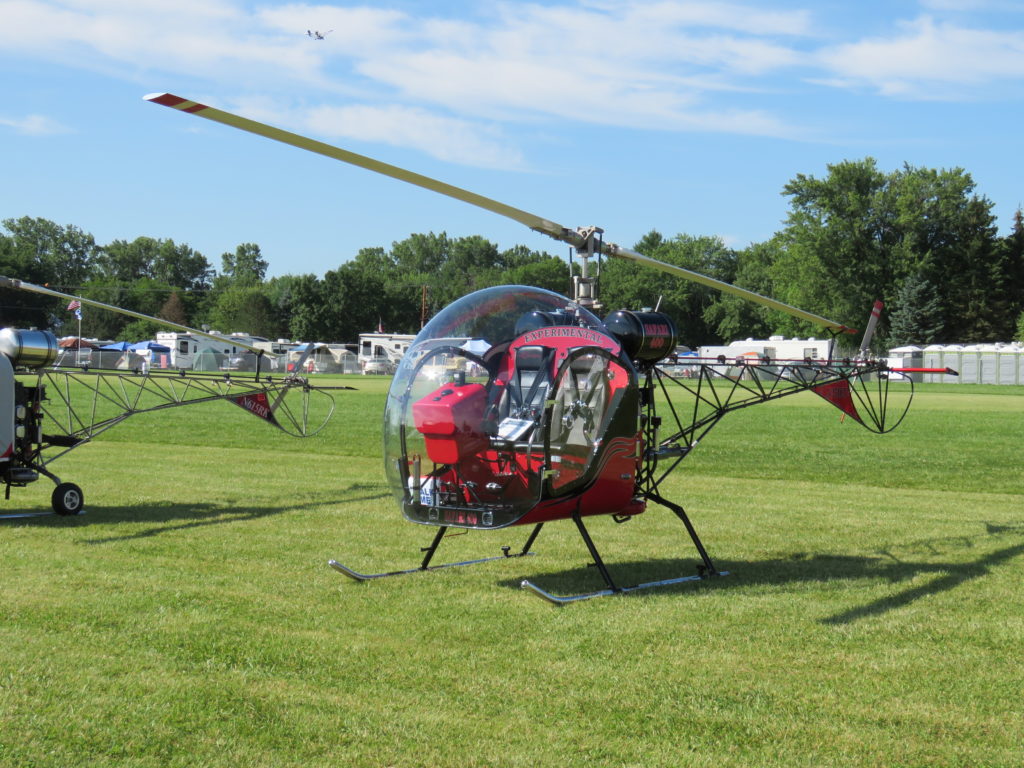
CAN I GET MY HELICOPTER LICENSE IN MY SAFARI?
Yes find out about pilot flight training here.
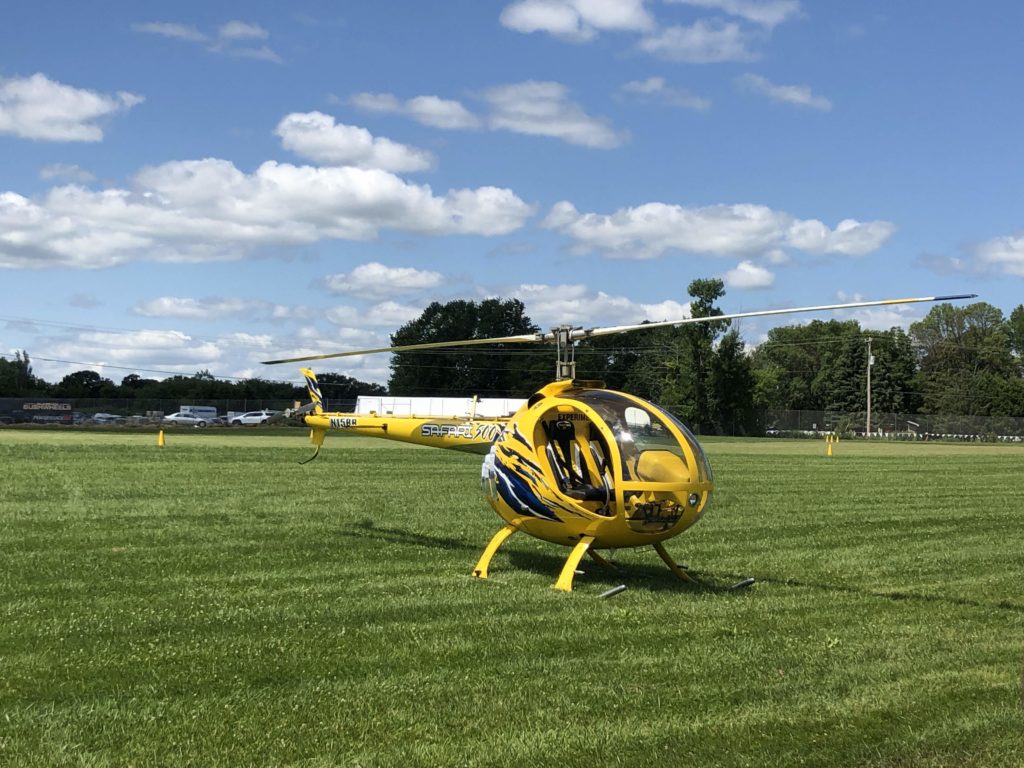
Subscribe to our Newsletter!
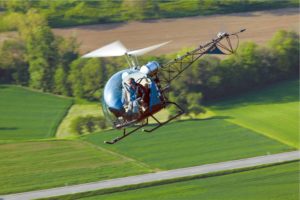

IMAGES
VIDEO
COMMENTS
Add to Cart - $25. Waitlist. Our sets feature clean, effective body care essentials packed with vitamins and nutrients to support your skin health.
22. Toilet Paper/Wipes. Depending on your safari destination, there may not be any bathrooms within a 2-hour radius, so be prepared by packing toilet paper/wipes and hand sanitizer! These are absolutely essential items for your safari packing list! 23. Anti-Malaria Tablets.
At Nécessaire, we believe in less but better. We design the personal care we need - The Necessary™ - that supports our health and wellness. We are Climate Neutral Certified, Plastic Neutral Certified and a 1% ForThe Planet Member. Free shipping | Free returns. #careforyourbody #careforyourplanet #necessare.
Safari packing list: First-aid kit. This is a delicate one, as I'm no medical expert, so please don't take this list and rely on it 100%, but consult your doctor before your trip. Also each location within Africa has different preconditions when it comes to tropical diseases, etc. - so these recommendations are to be taken with caution. ...
Here's a quick list of things to think about packing in your toiletry / medicine kit for safari: High SPF (30+) sun cream or sunscreen; Lip-balm with SPF; Rehydration salts; Basic meds like pain relievers, anti-diarrheal tablets, and antacids; Mini first aid kit with bandages, blister covers, antiseptic wipes, etc. Toothpaste / toothbrush
Ben's 30 Insect Repellent Pack 3.4 oz, Pack of 4. $28. Mosquitos, tsetse flies, chiggers, and other critters are often unavoidable on safari, but a good bug spray can reduce your chances of ...
Sun Screen (SPF 30 or Above) On safari in Kruger National Park in South Africa. This is a must for any safari packing list. Without the proper sunscreen, a bad sunburn may end up ruining your time on safari. I recommend that you bring sunscreen that has SPF 30 protection or higher.
Embarking on a safari in Africa is among the most epic experiences a traveller will have, and it's natural to want to arrive prepared — and maybe over-prepare in the process. But the safari gear you'll actually need is much more basic than you might imagine. "It's easy to spot first-timers and tourists," admits Suzanne Teng, A&K's Africa product manager.
Depending on the length of your stay, fetch 2-4 comfortable short and long-sleeved shirts. Pack 1-2 pairs of hiking pants and 1-2 pairs of shorts. Trousers that convert into shorts (those with a zip at the knees) are one of the greatest inventions yet! (When it comes to safaris, at least). Consider grabbing a pair so that you can escape the ...
Low Alpine Backpack 65L+15L. Price at time of writing £206. The Lowe Alpine Backpack 65L+15L is a reliable and spacious backpack, perfectly tailored to meet the space requirements for a camping self-drive safari. The top is extendable so you can increase the volume by 15 litres.
Safari Wildlife Quilt Pattern - Stacy Iest Hsu 018, Giraffe and Elephant Quilt Pattern, Zoo Animals Quilt Pattern. (5.6k) $12.00. Kit to make a Colorful quilt by Jason Yenter from In the Beginning Fabrics. Gorgeous vivid colors and safari animals. 54 1/2" x 54 1/2". (8.6k) $104.00.
The Safari Store's safari packing list collates the information from our expert advice pages into a neat, downloadable packing checklist. Customisable and intuitive, it takes the guesswork out of packing for a safari. • E-mail the packing list to your travel party - and send a copy to yourself to print if necessary.
DEET has been tested and approved as safe for kids. Choose a repellent with no more than 10% to 30% concentration of DEET for kids. Generally, repellent with DEET should not be applied more than once a day, and is not recommended for babies younger than 2 months old. Shop for Insect Repellent.
What Safari Packing List Essentials to Pack for All Safaris (per person): 1 wide-brim Safari Hat. 1 Safari Beanie for winter. 3 Safari Shirts. 1 warm Safari Fleece or Jacket. 1 optional Safari Dress or Skorts for women. 2 pairs of Safari Trousers and/or Shorts. 2 pairs Safari Socks. 1 pair Safari Shoes.
Kit Necessaire e Trocador Safari Grid. R$250,00. 3 x de R$83,33 sem juros Meios de pagamento Você também pode gostar. Kit Necessaire e Trocador Tulipa. R$250,00 3 x de R$83,33 sem juros ...
Packing for an African safari is somewhat different to most other trips you'll take. Navigating rural roads in an open-top jeep means that you'll get covered in dust, so you'll need clothes that hide dirt well. Because temperatures can change dramatically throughout the day, layers are essential (after all, pre-dawn game drives are often chilly even in the height of summer).
Turn an ordinary day into a learning adventure with the Whiz Builders Safari Kit. Get into nature and learn important life skills such as reading a compass or learning about plants and animals. Observe with the binoculars or magnifying glass and see all that is out in this world.
Peak Planet is the premier outfitter for climbing Kilimanjaro. We have been setting the standard on Mount Kilimanjaro since 2008. With experienced guides, a focus of safety and a 99% customer satisfaction rate, Peak Planet is consistently recognized as one of the best operators on Kilimanjaro.
Skip to main content.us
The National Geographic Safari Vest A phenomenal way to encourage backyard adventures and exploration! This kit includes: ★ A durable washable safari vest ★ A snap up brim safari hat ★ A kid-sized magnifying glass ★ An easy-to-read compass ★ A safety whistle ★ A pair of easy-focus binoculars for kids. ★ A safari journal ★ A mini ...
Safari Technology Preview Release 193 is now available for download for macOS Sonoma and macOS Ventura. If you already have Safari Technology Preview installed, you can update it in System Settings under General → Software Update. This release includes WebKit changes between: 276610@main…277149@main. Accessibility Resolved Issues
Kids can let their imaginations run wild in the great outdoors with the National Geographic Backyard Safari Kit from Blue Marble. The safari gear includes a hat, a vest, a field guide with a pencil, a magnifying glass, a compass, a whistle, a pair of binoculars, and stickers, all packaged inside an eco-friendly compact box made from 100% ...
SAFARI 500 Complete Kit. IO-360 Lycoming Engine. Fabricated and Powder Coated Frame. Carbon Fiber Exterior Cabin Shell and Assembled Tail Boom. Cabin Completion Package. Leather Or Cloth Upholstered Seats and Fitted Floorboard Carpet. Fabricated Engine Cooling Shroud and Vertical Engine Conversion Package. Main Rotor Head With Titanium Spindle.
Safari Helicopter is the undisputed leader in experimental, personal helicopters. Find experimental helicopter kits for sale. Call Us 1-850-482-4141 ... SAFARI 400 Kit in Stages; SAFARI 500. SAFARI 500 Complete Kit; SAFARI 500 Kit in Stages; Builder's Assist 400 & 500; Dealers. Dealership Opportunities; New Zealand & Australia; France;